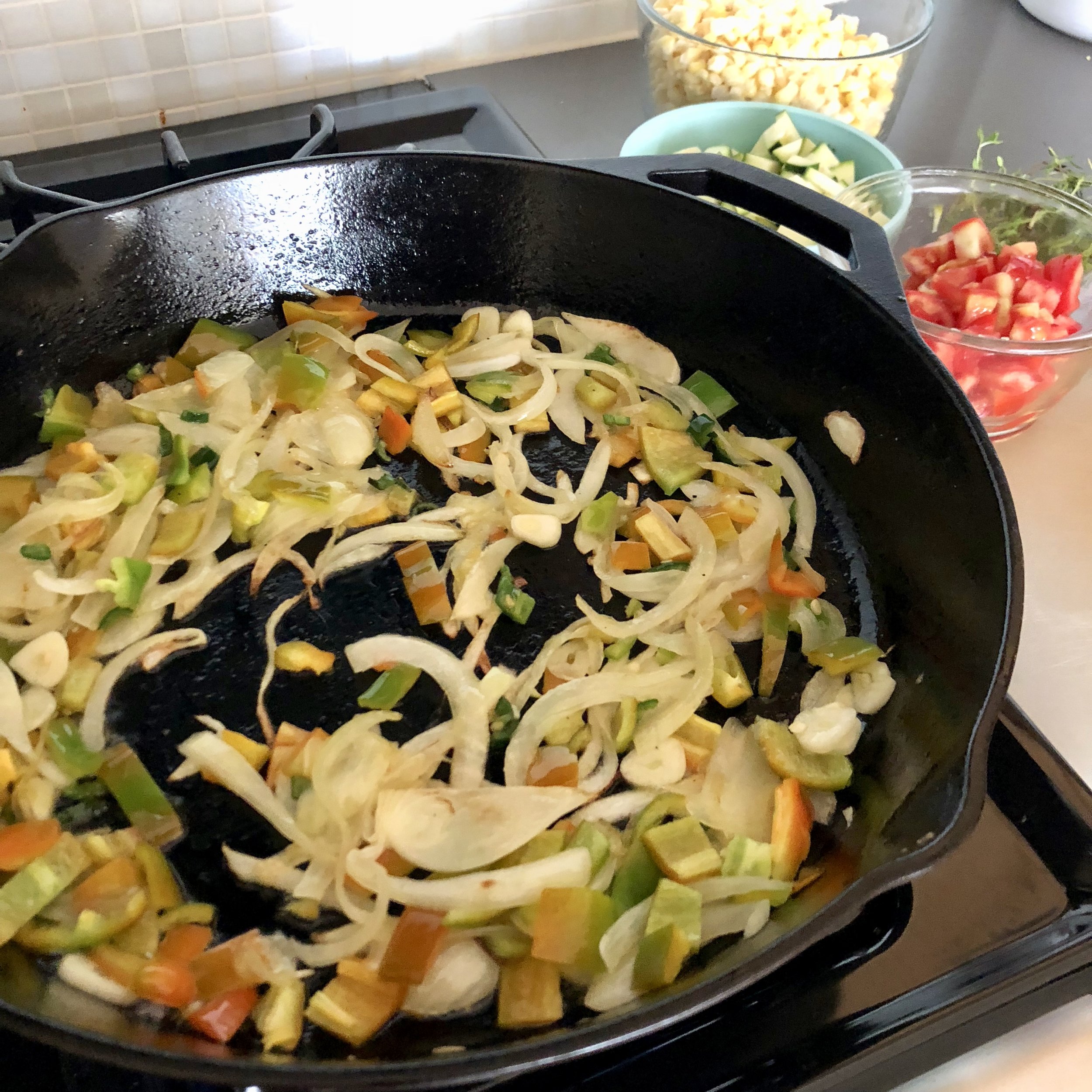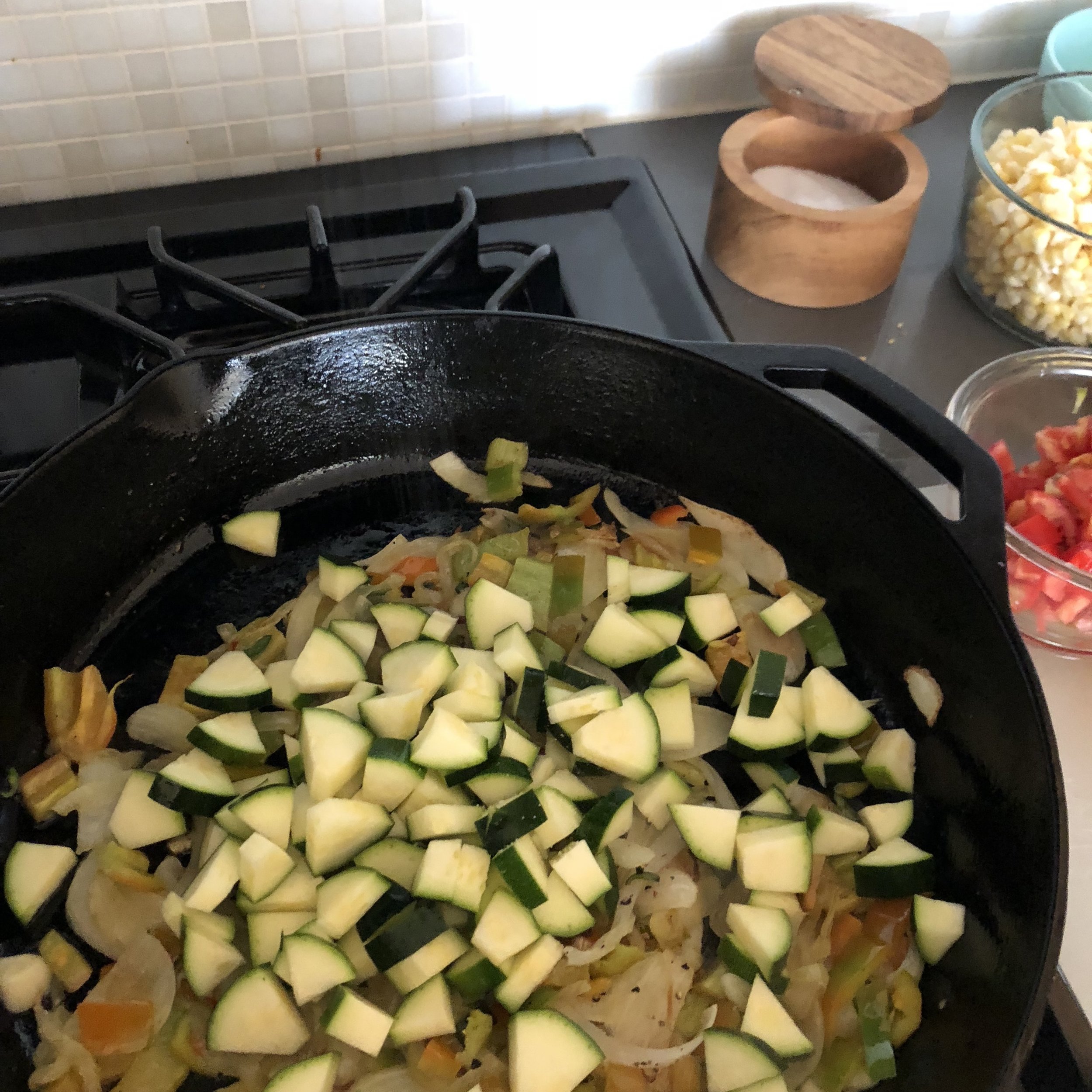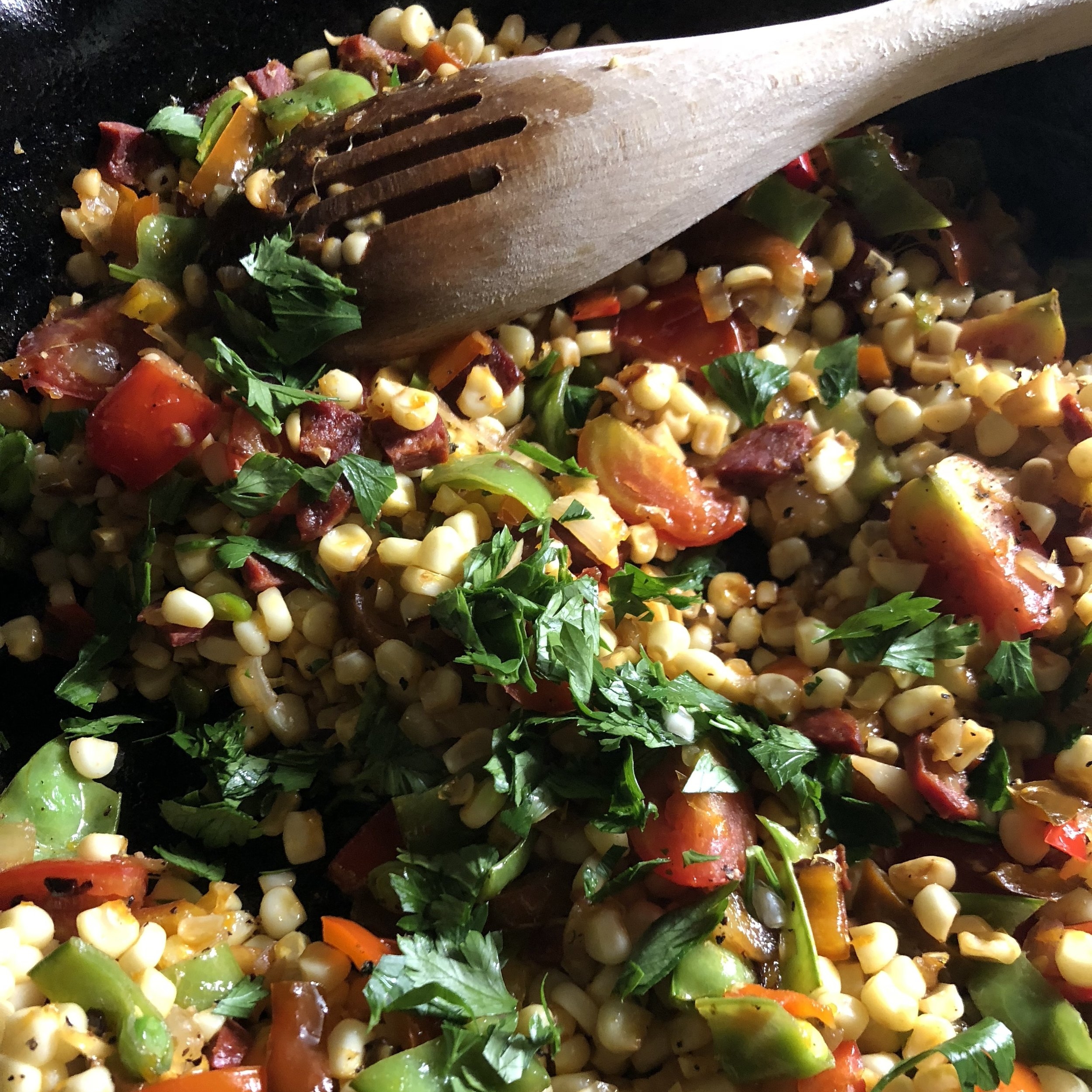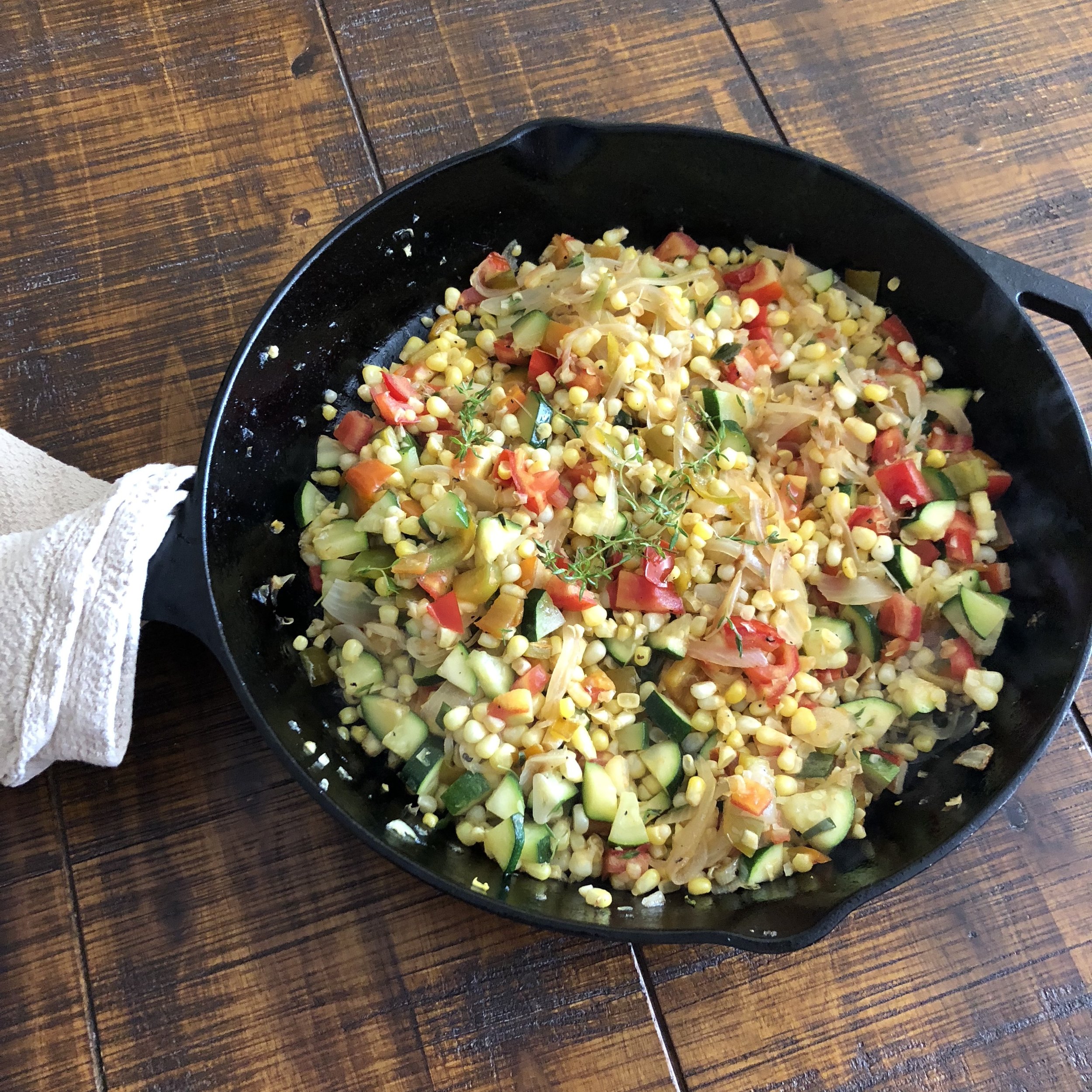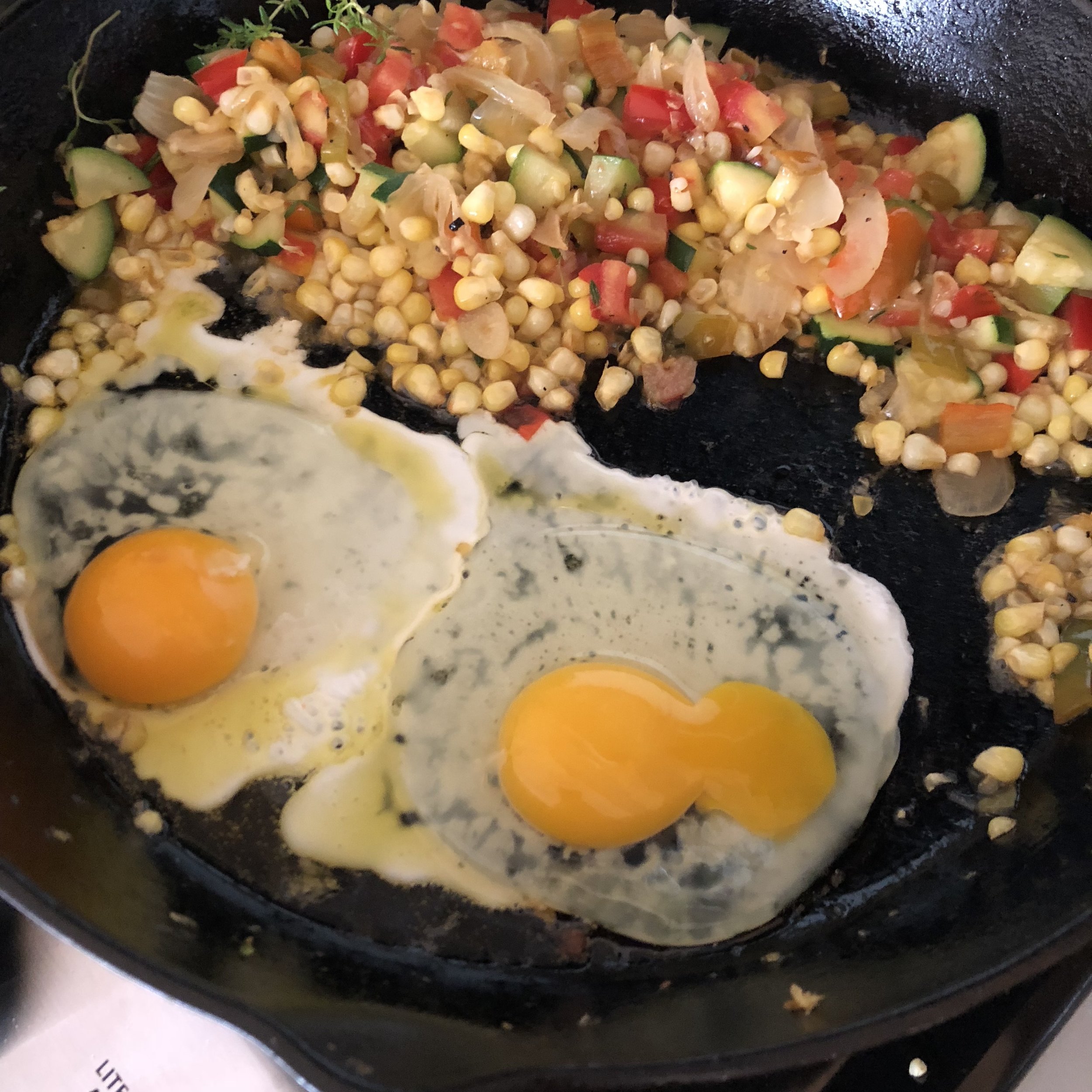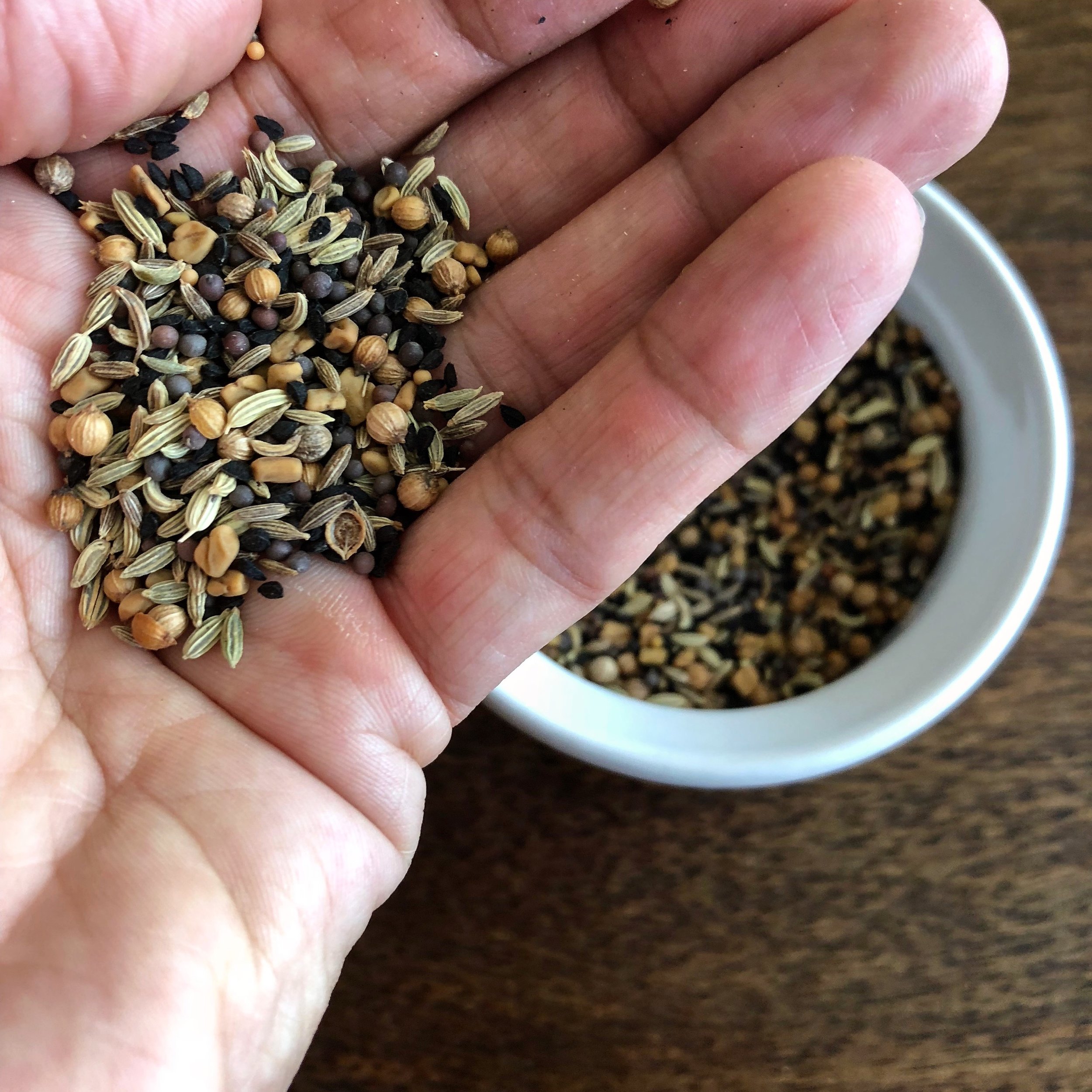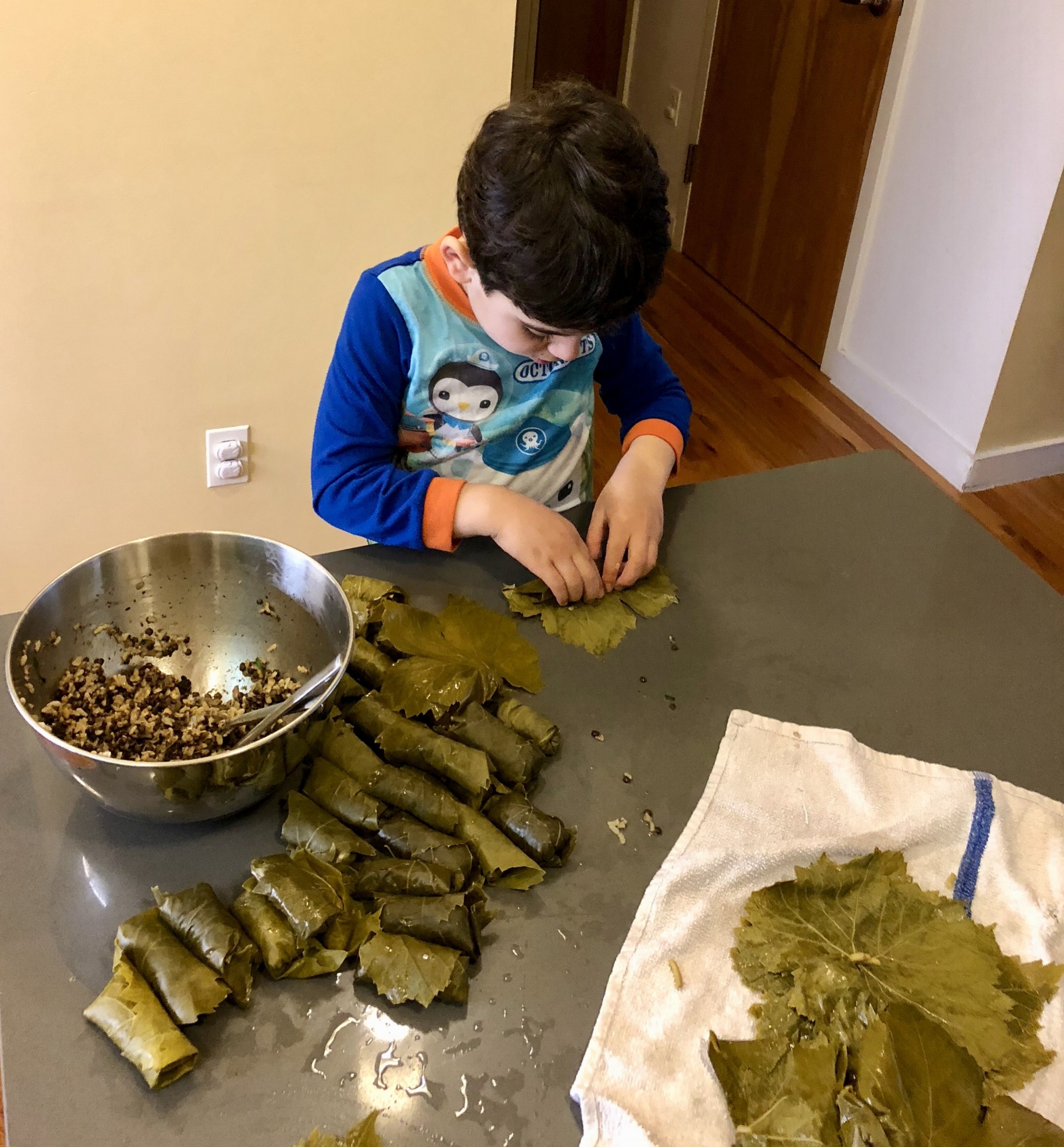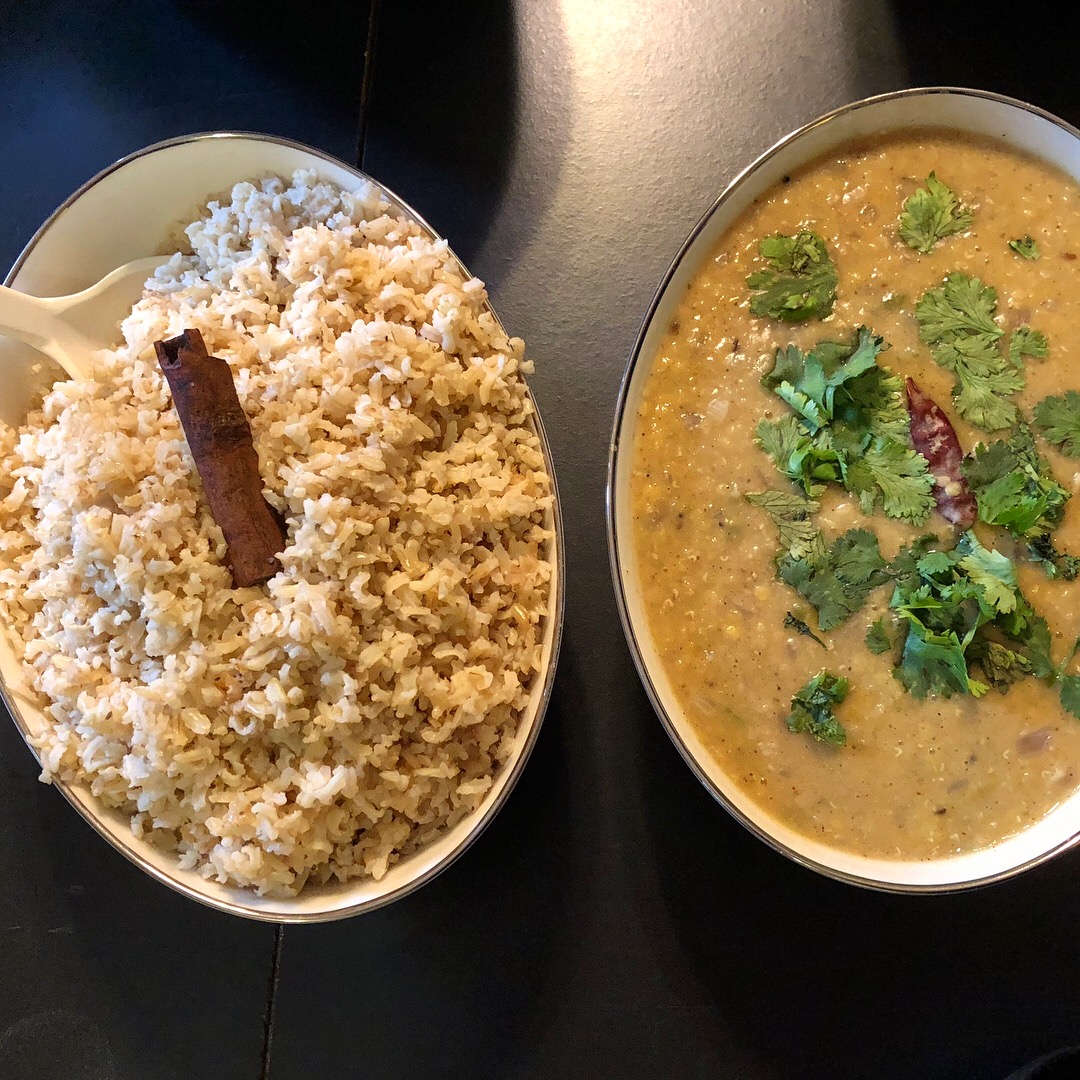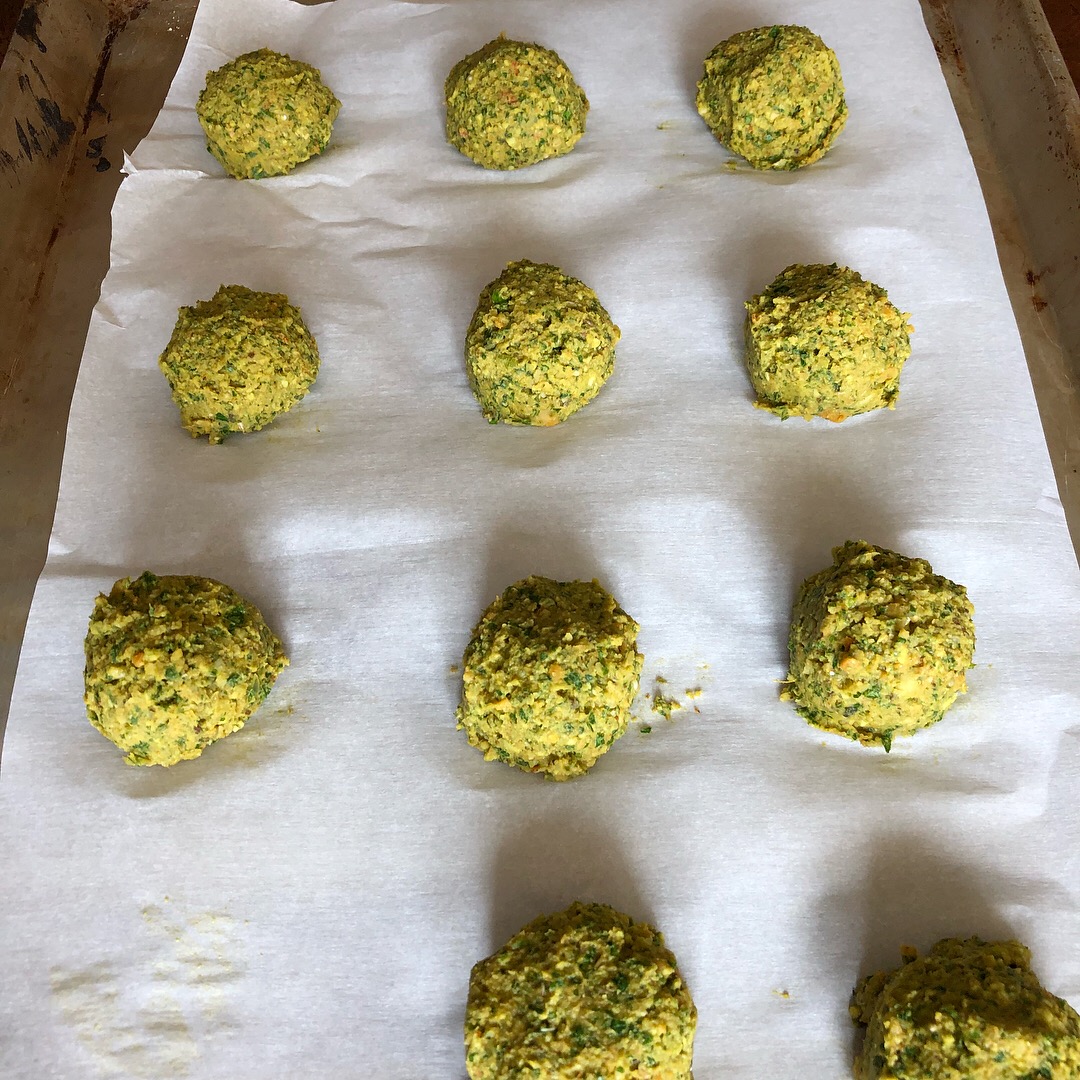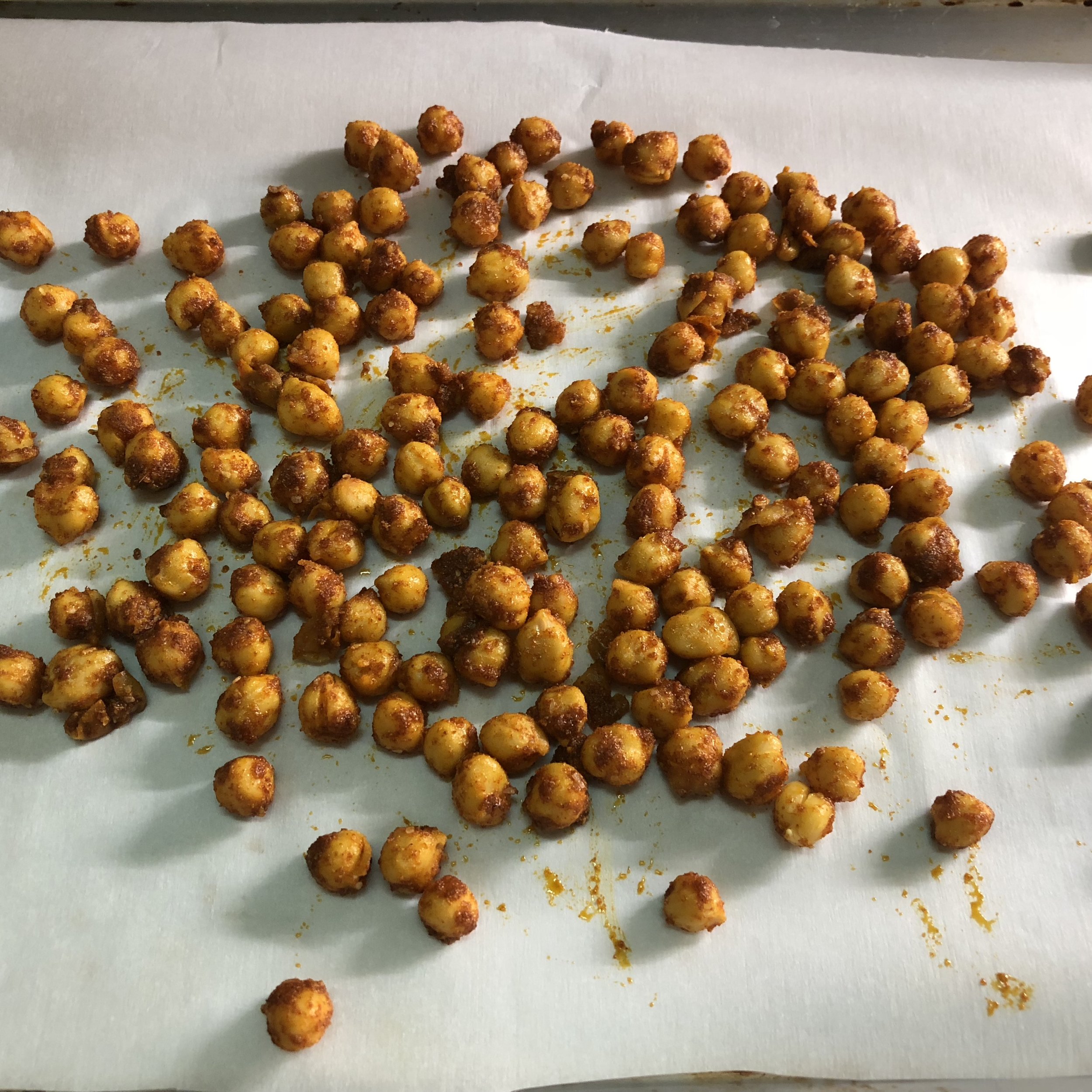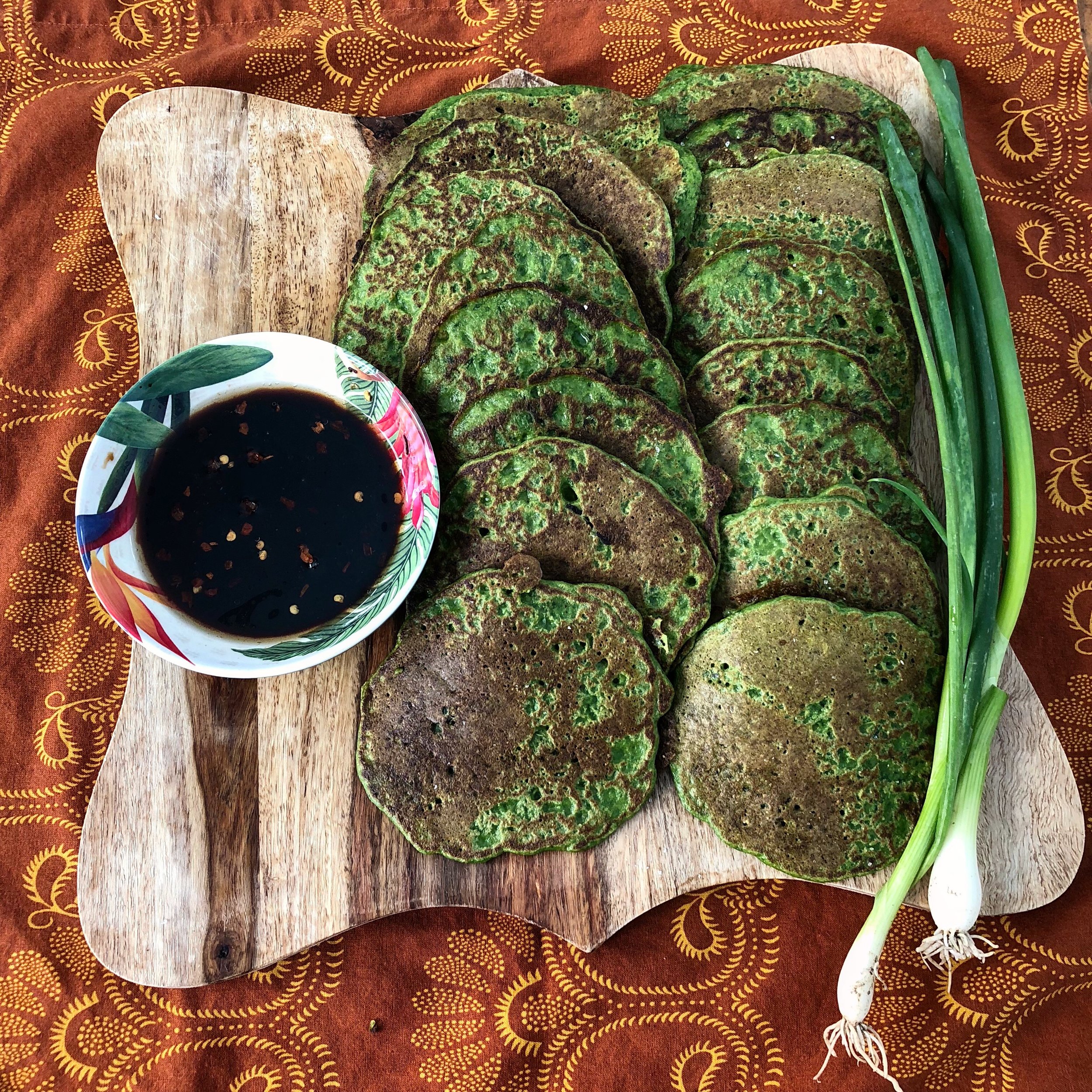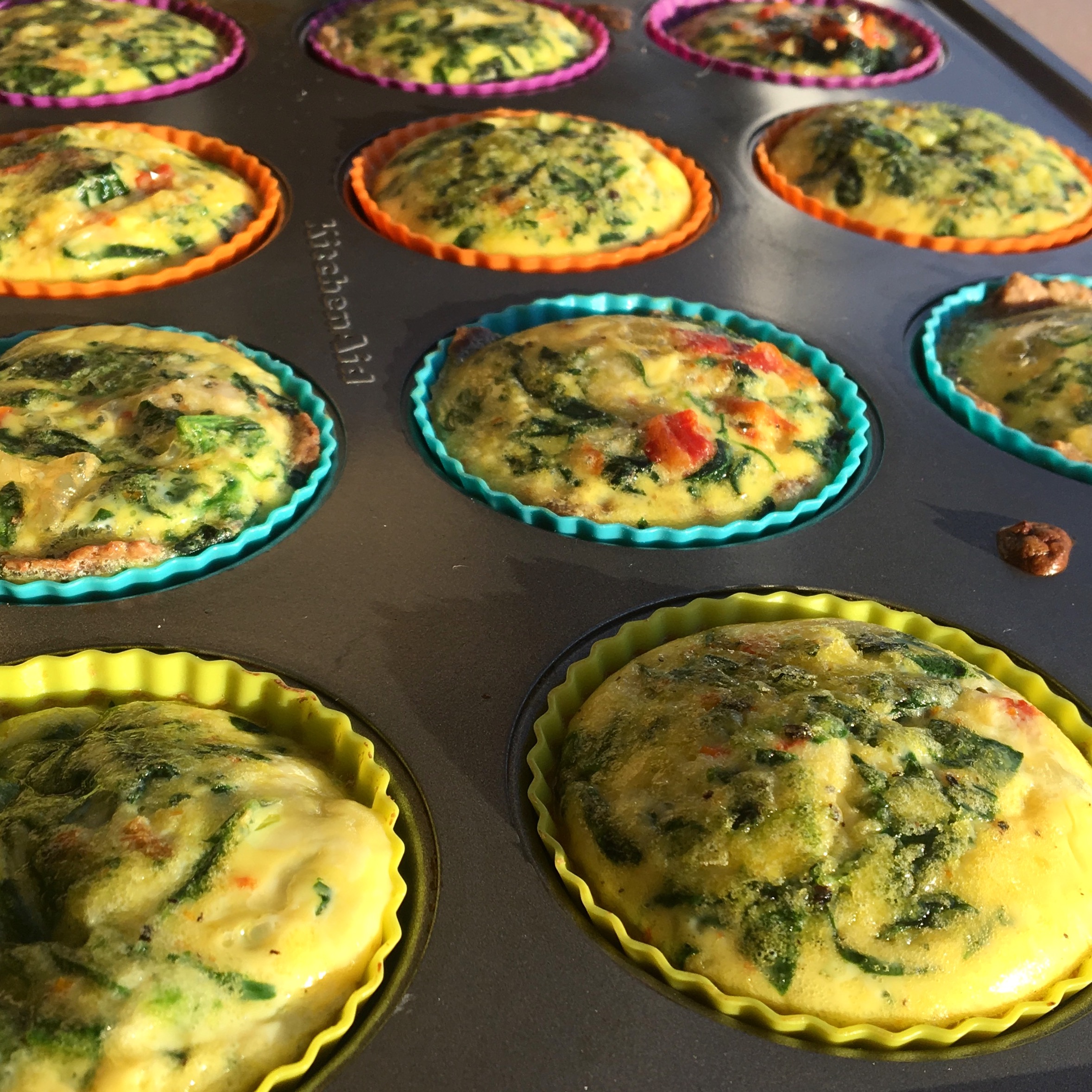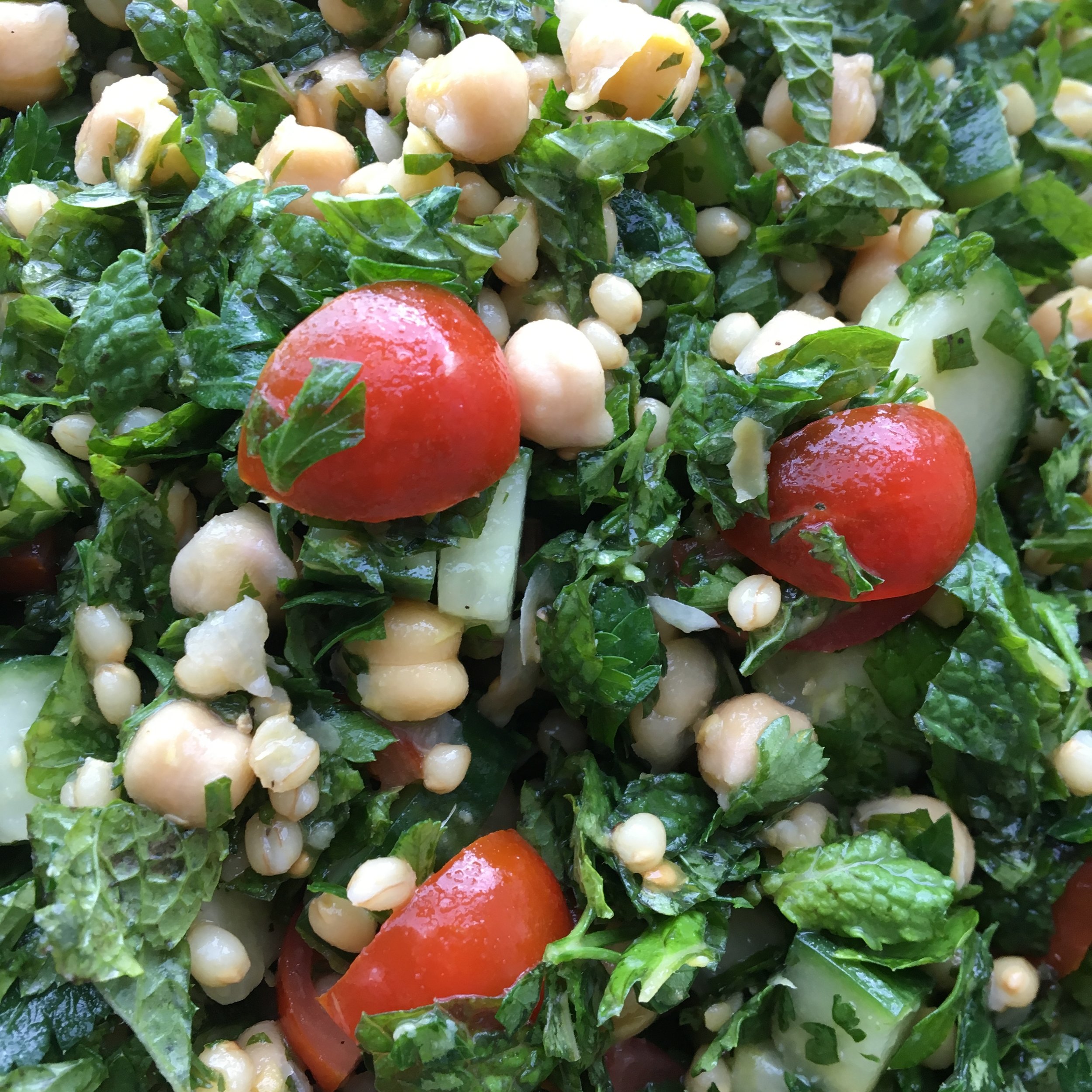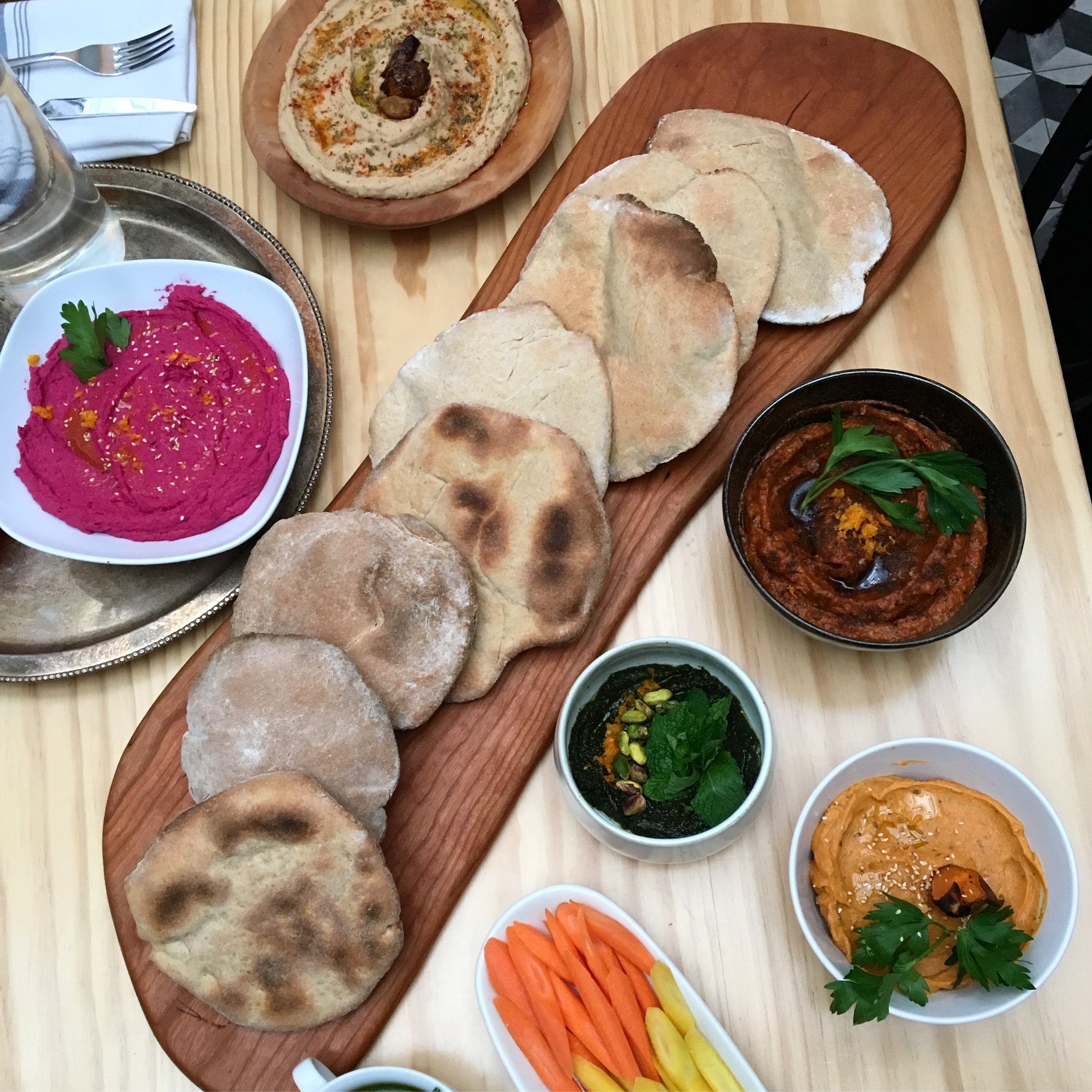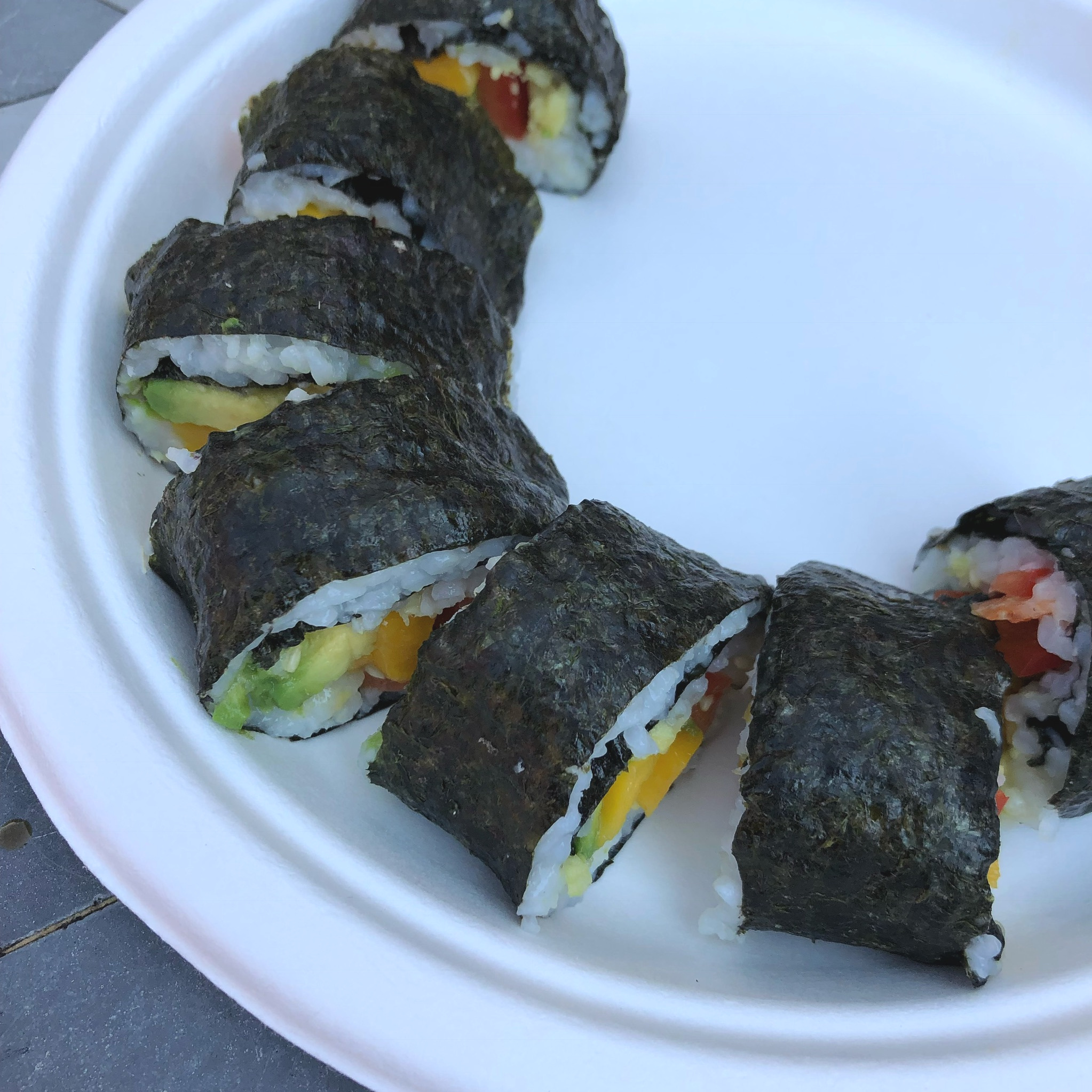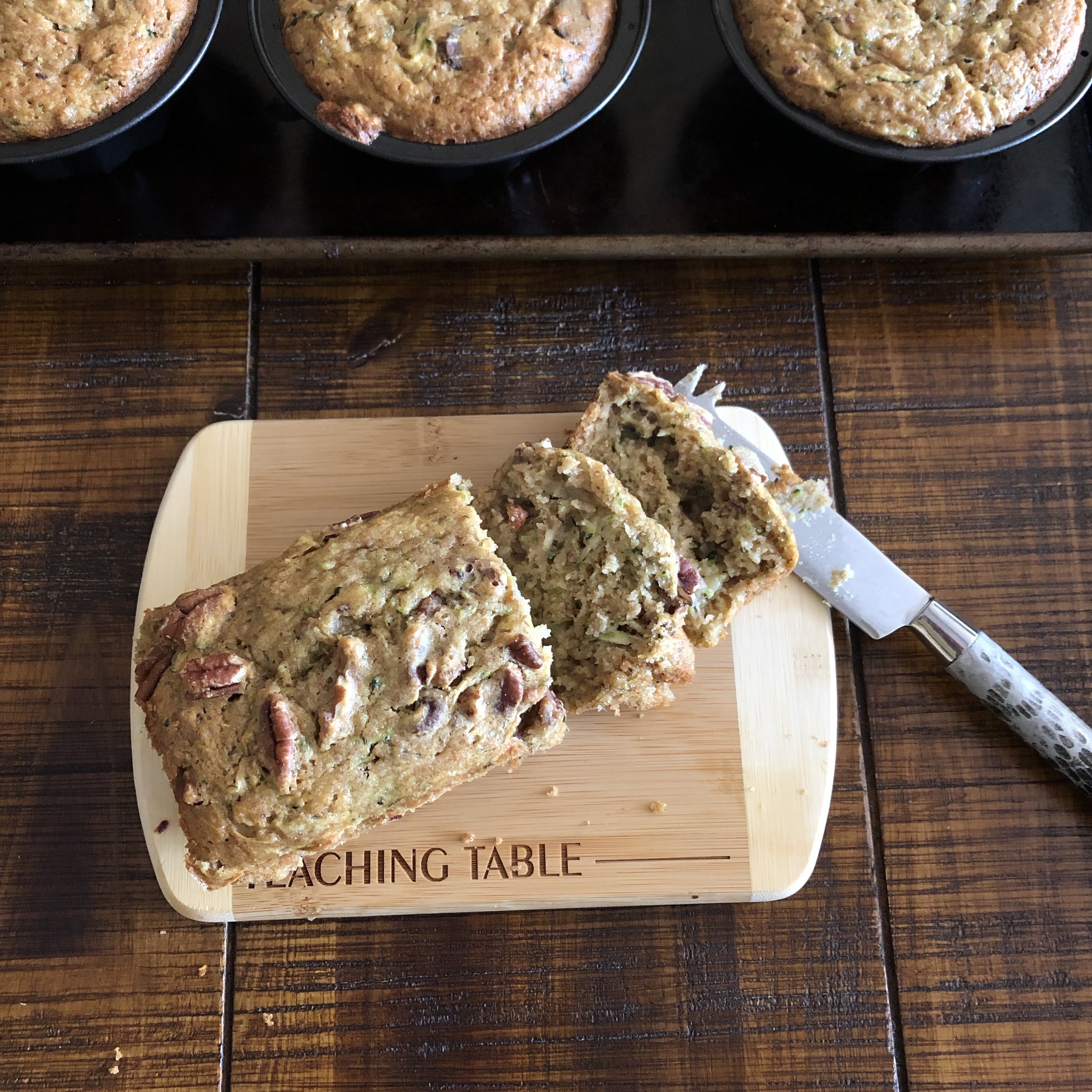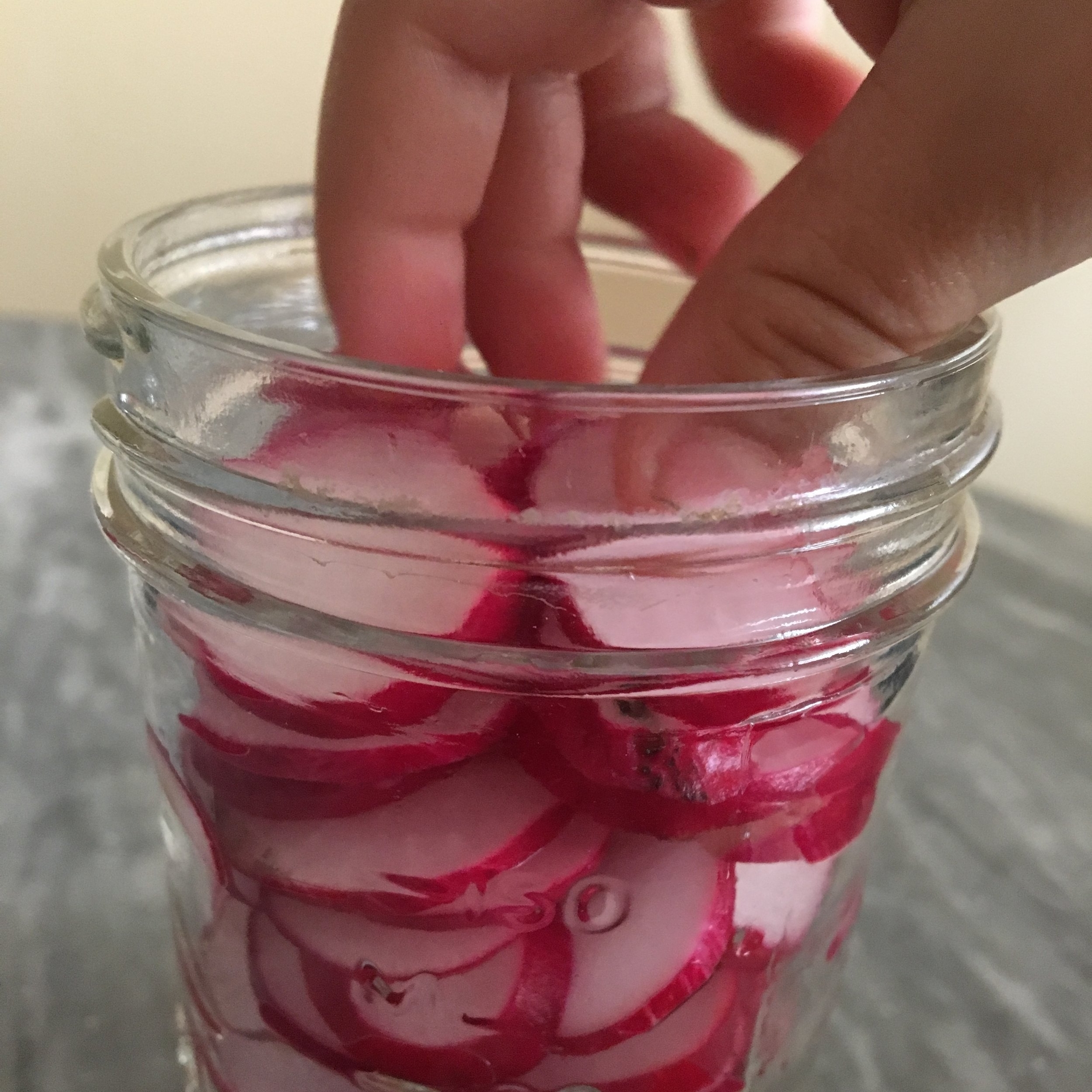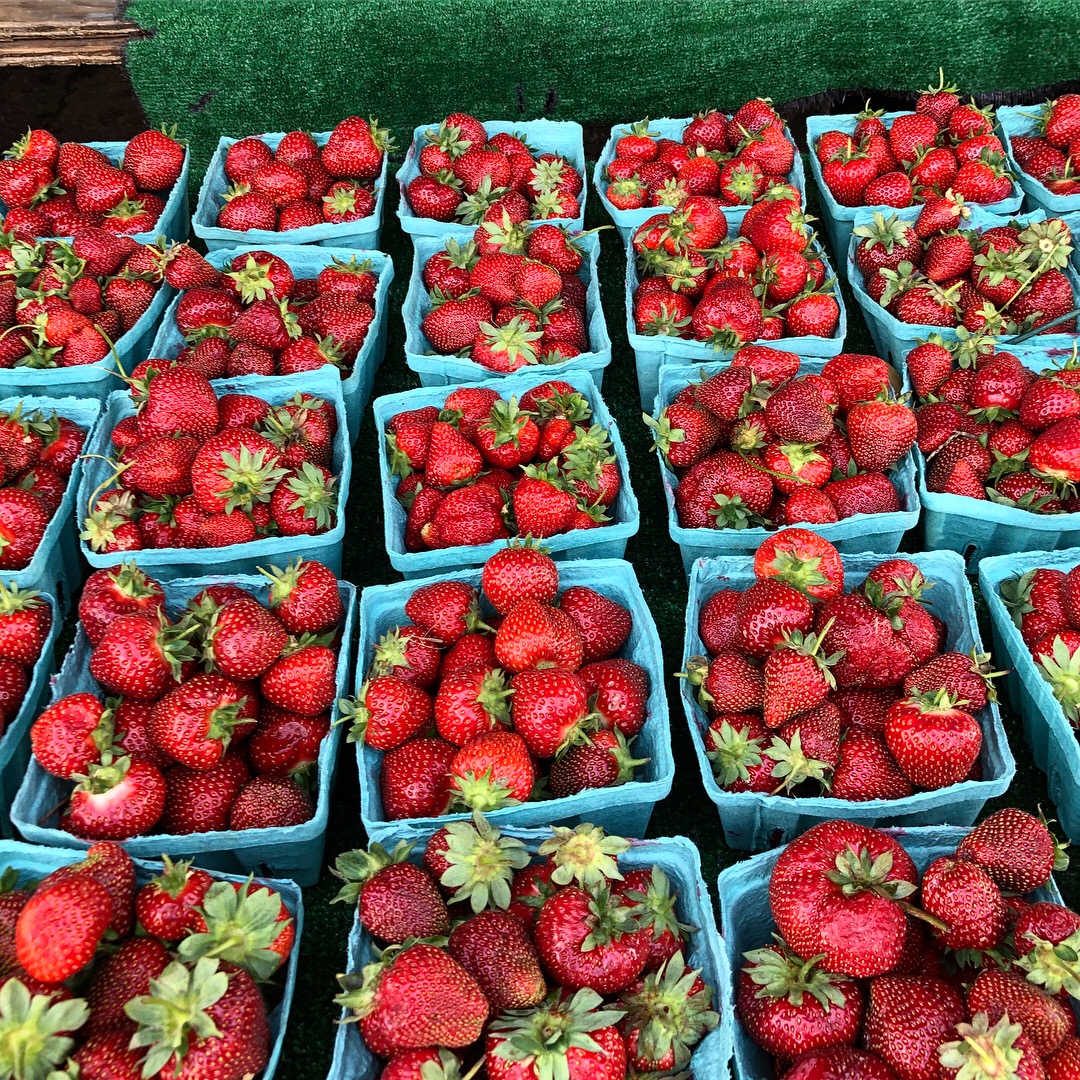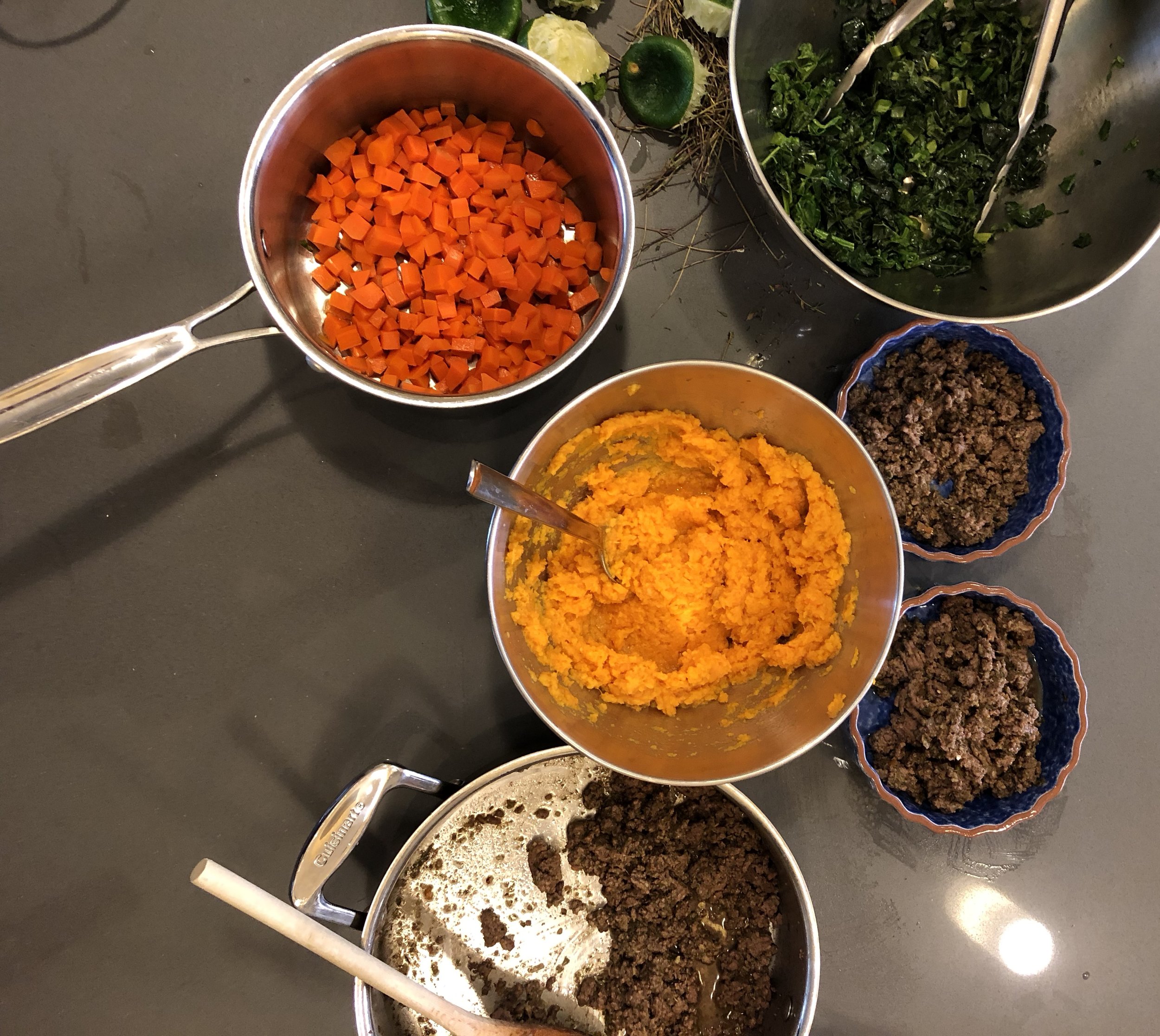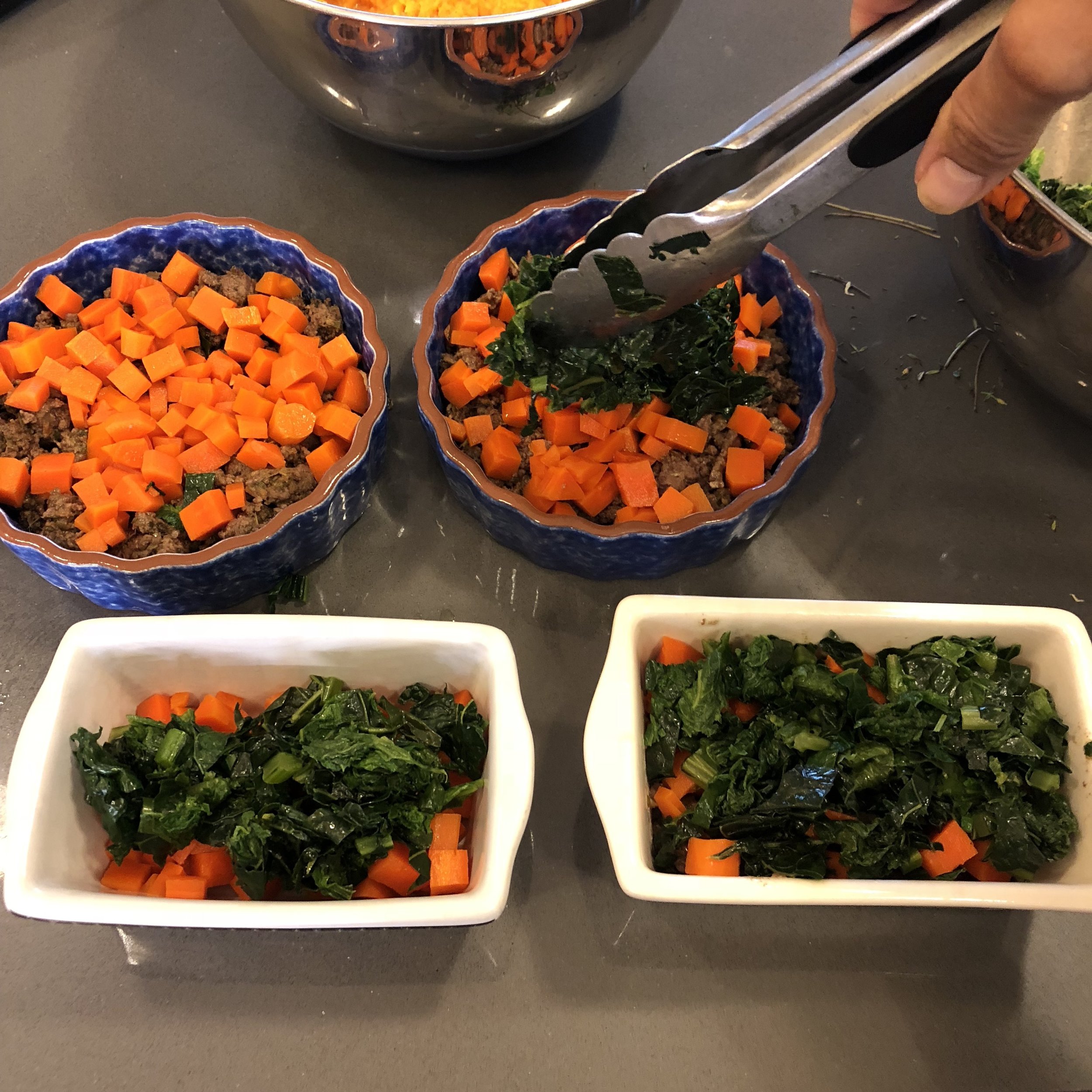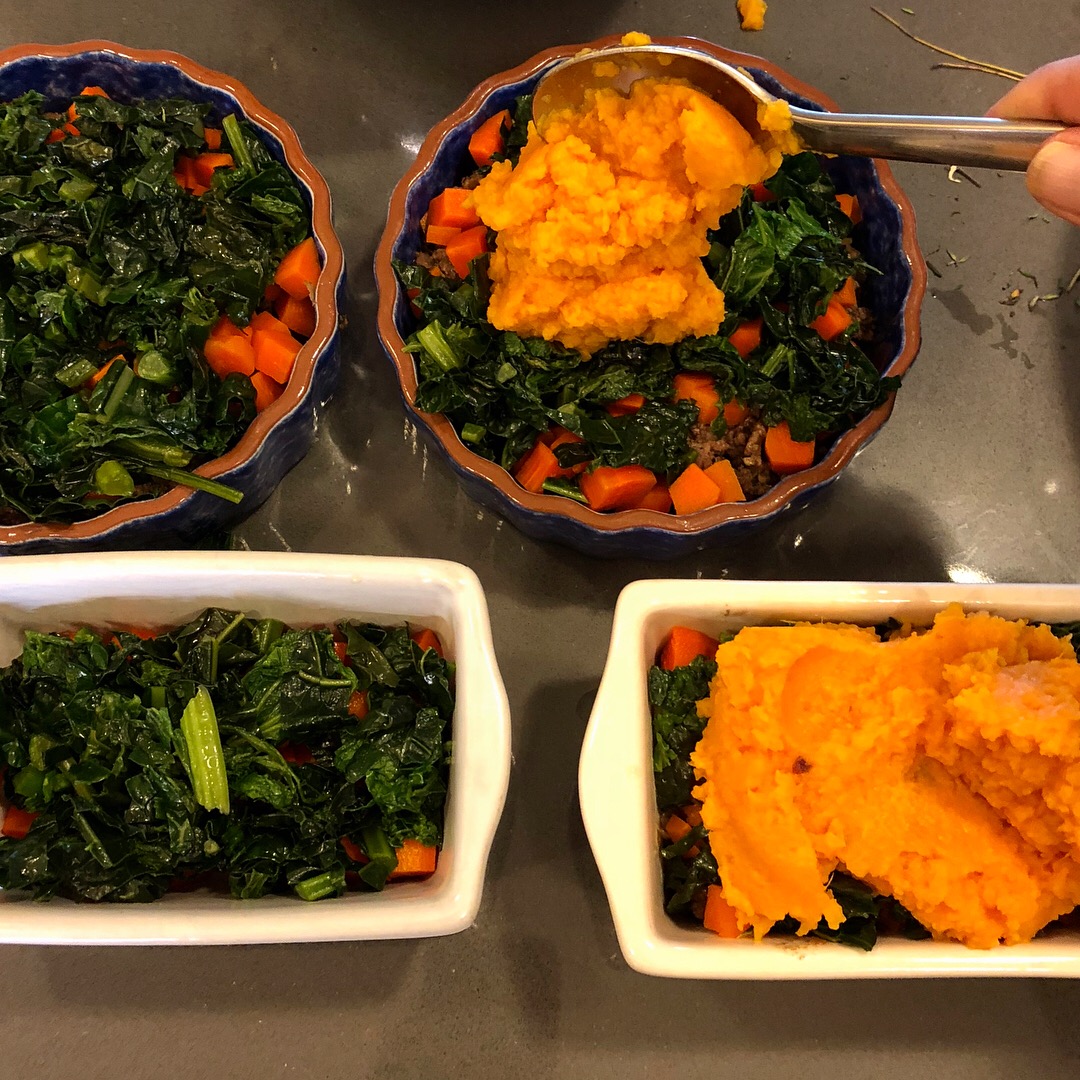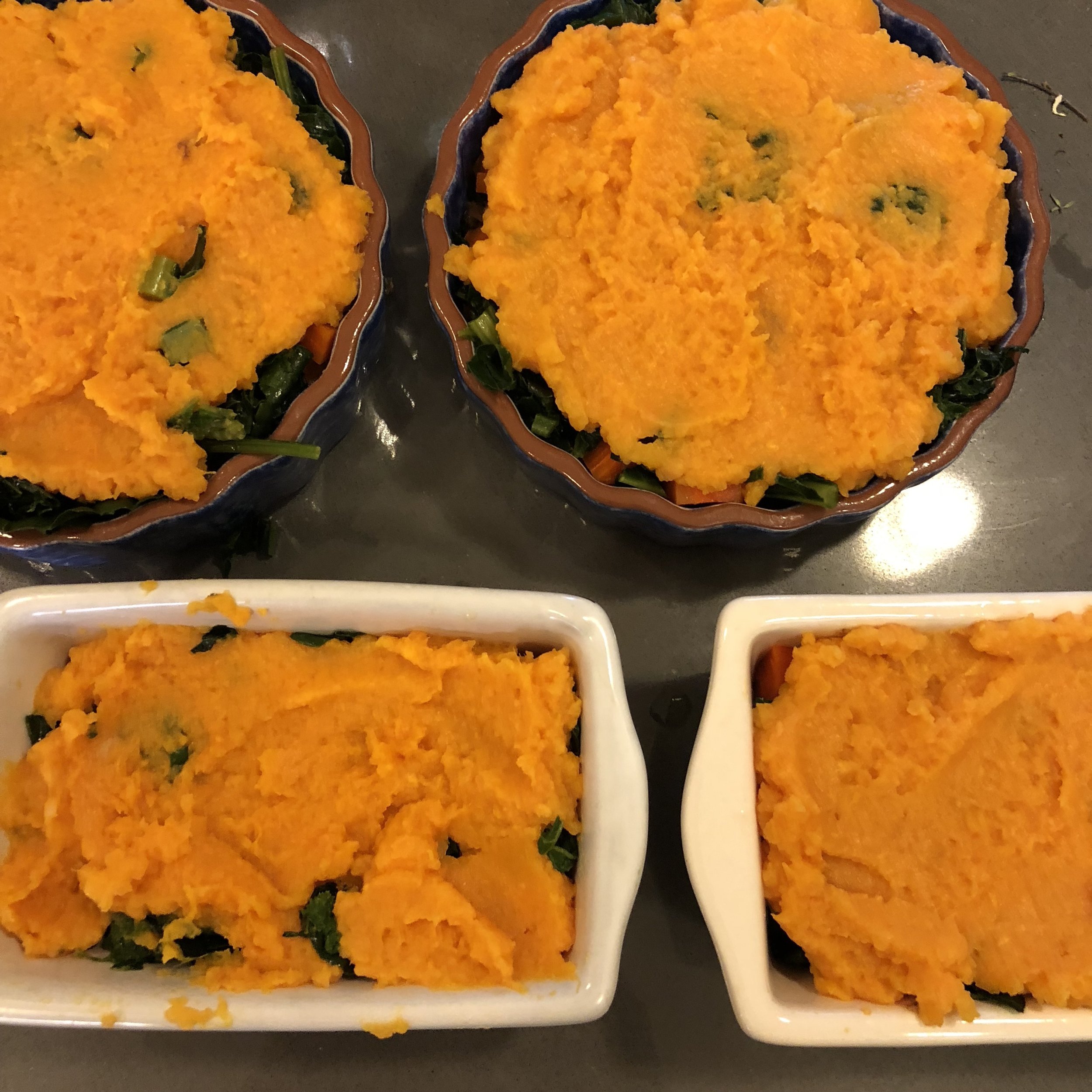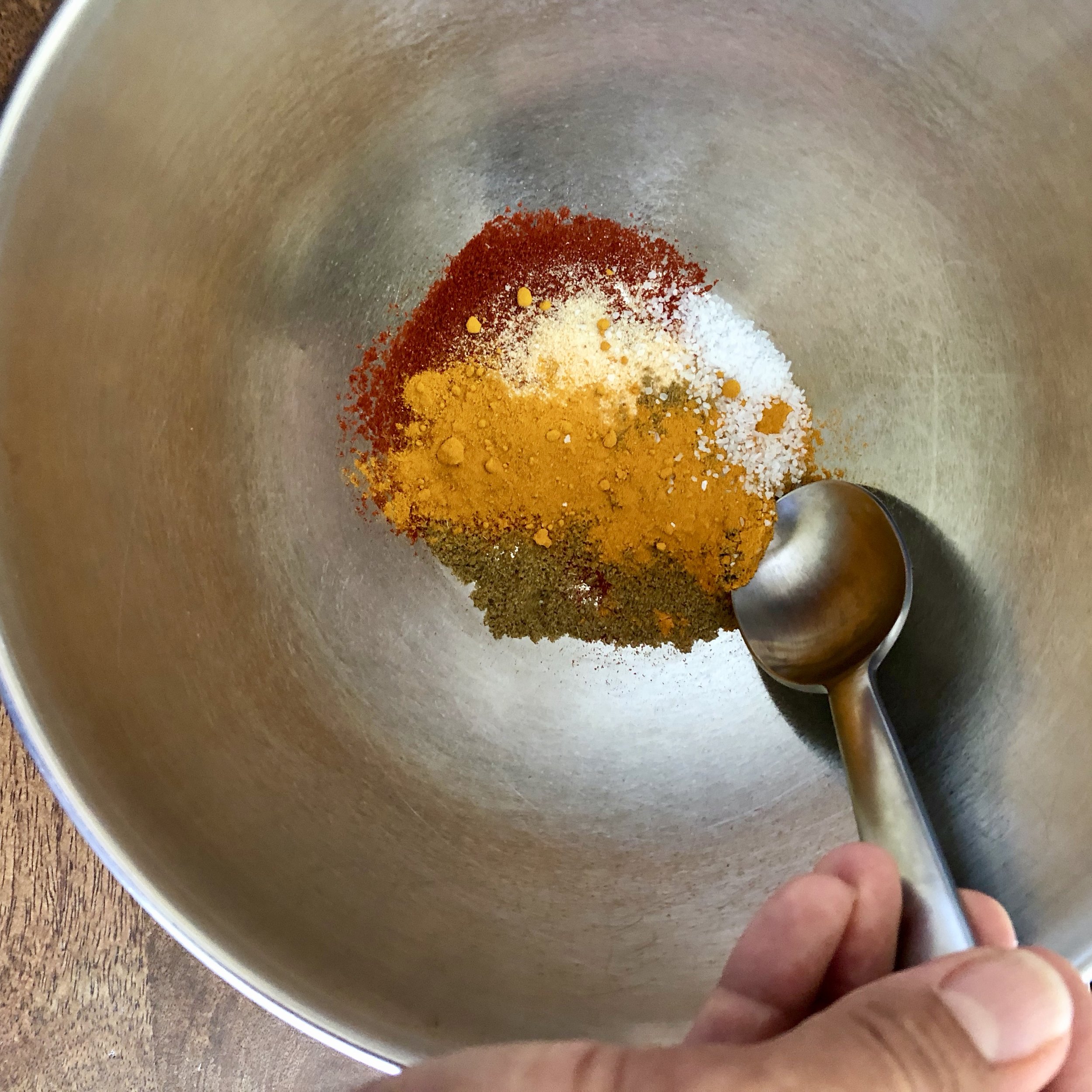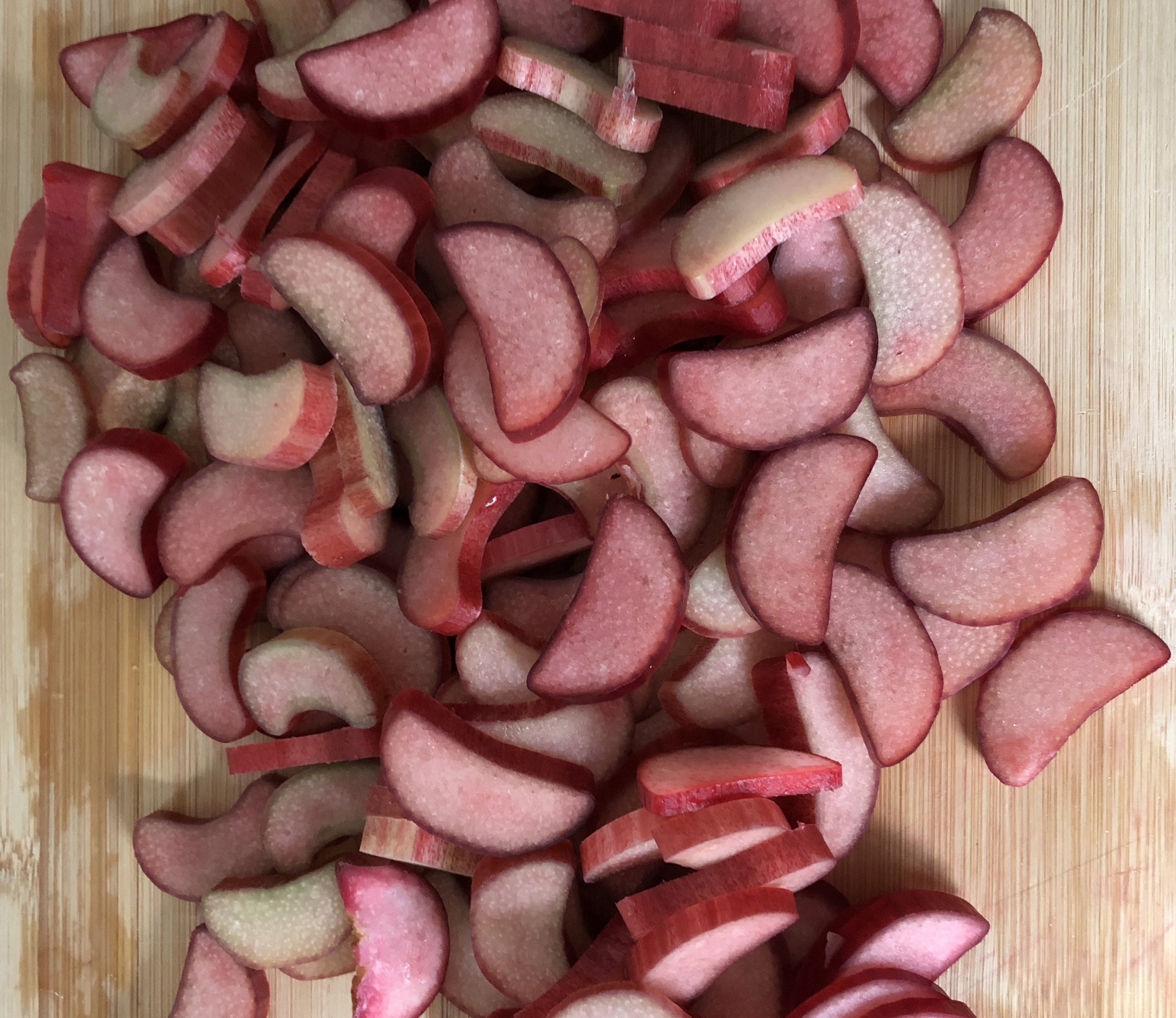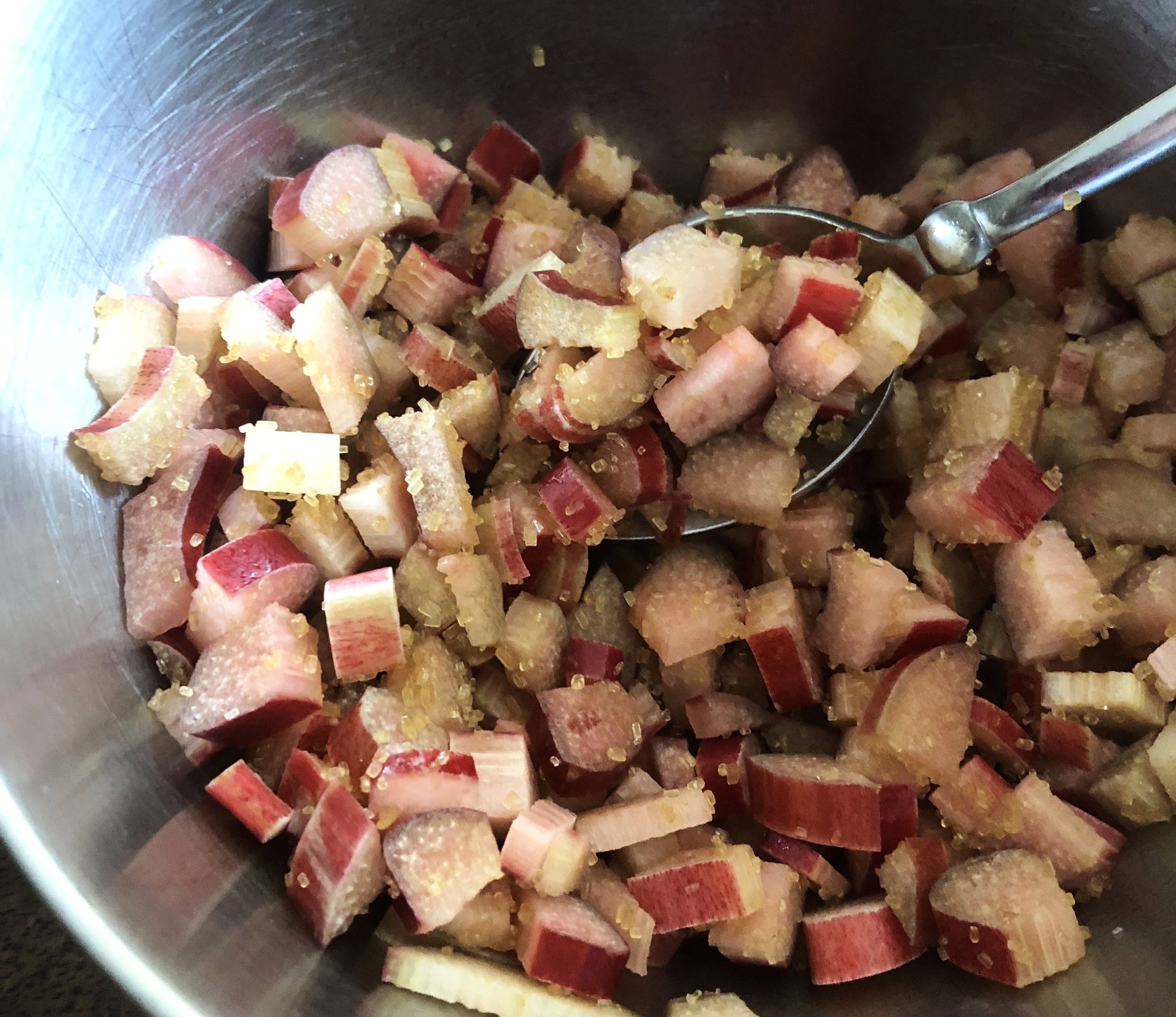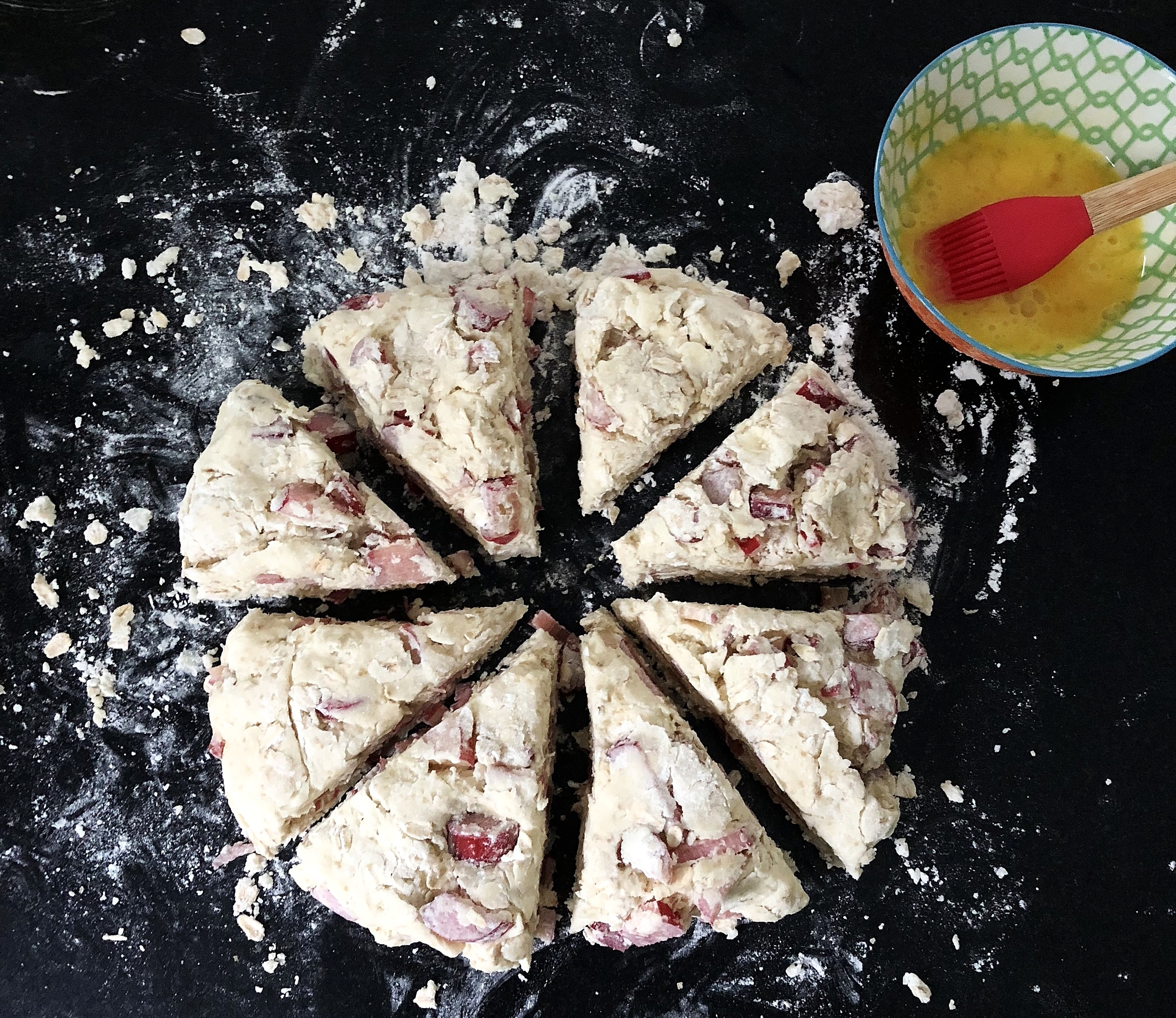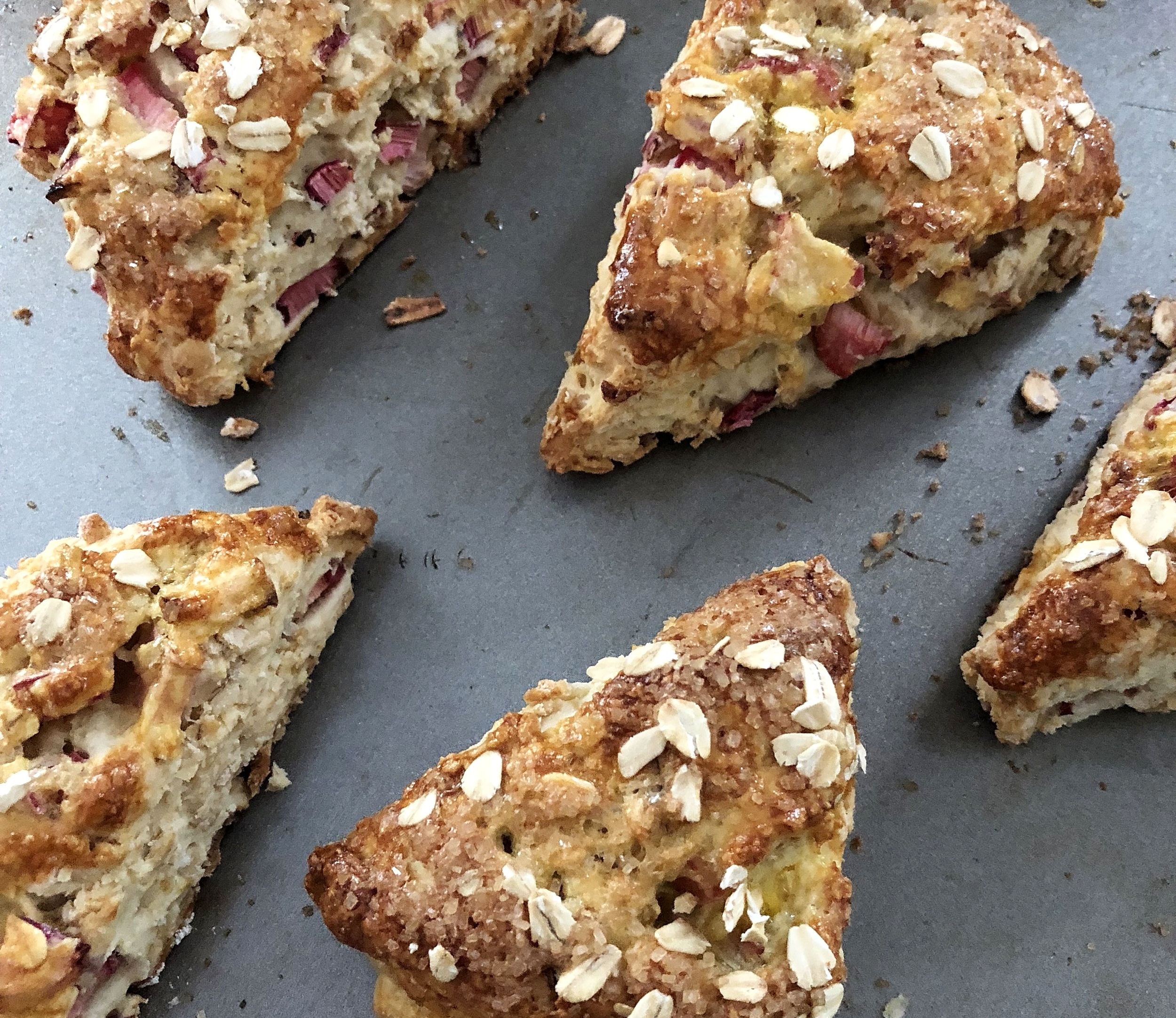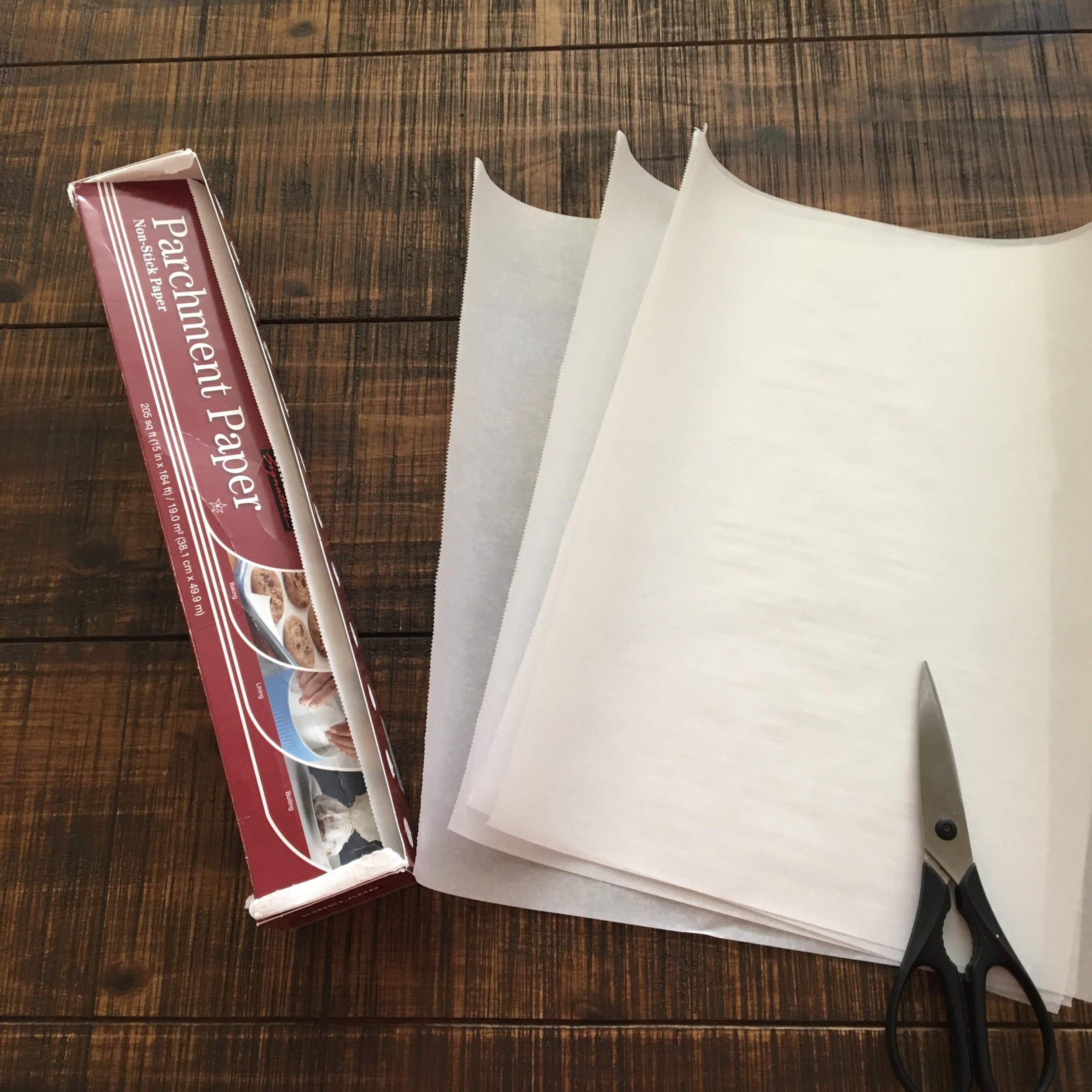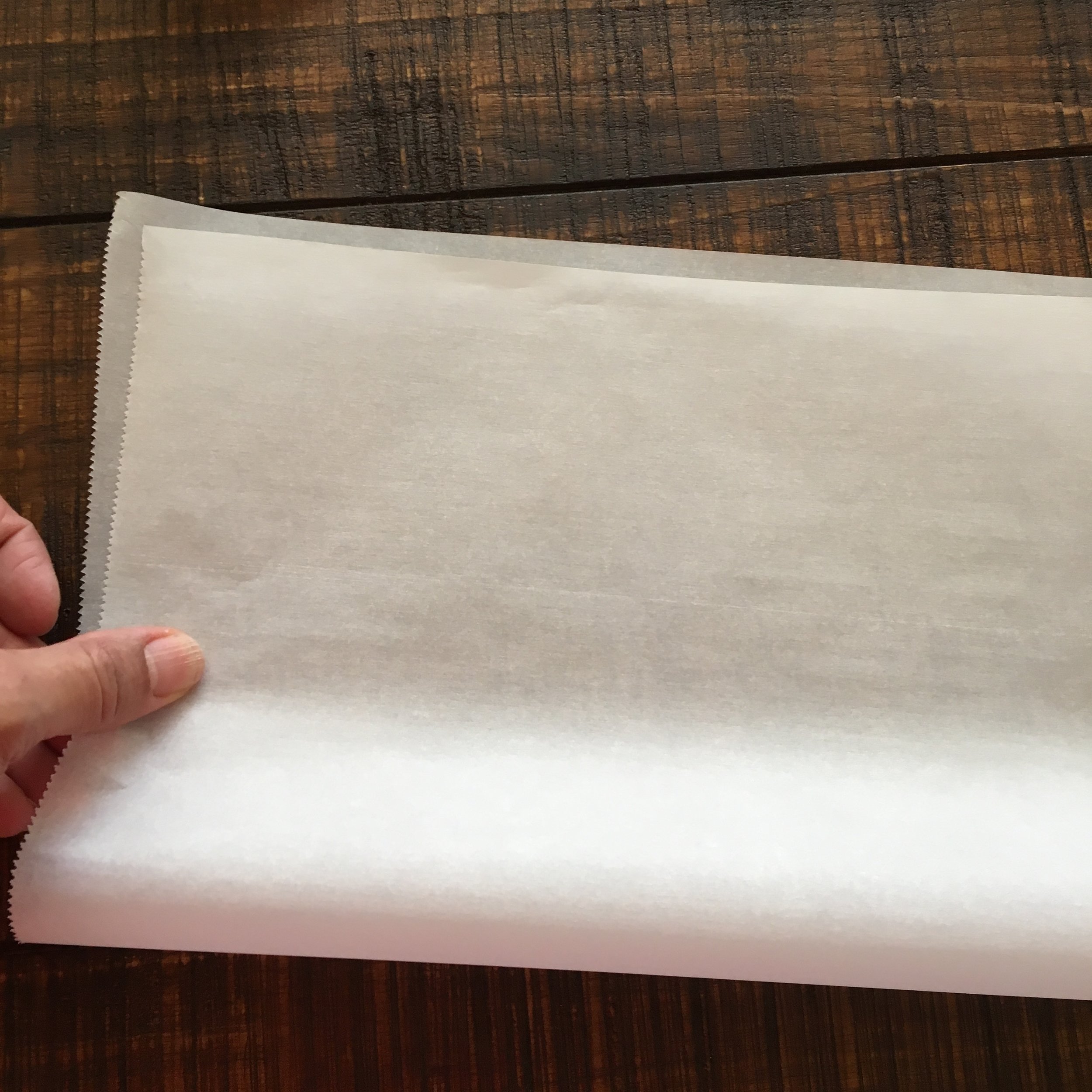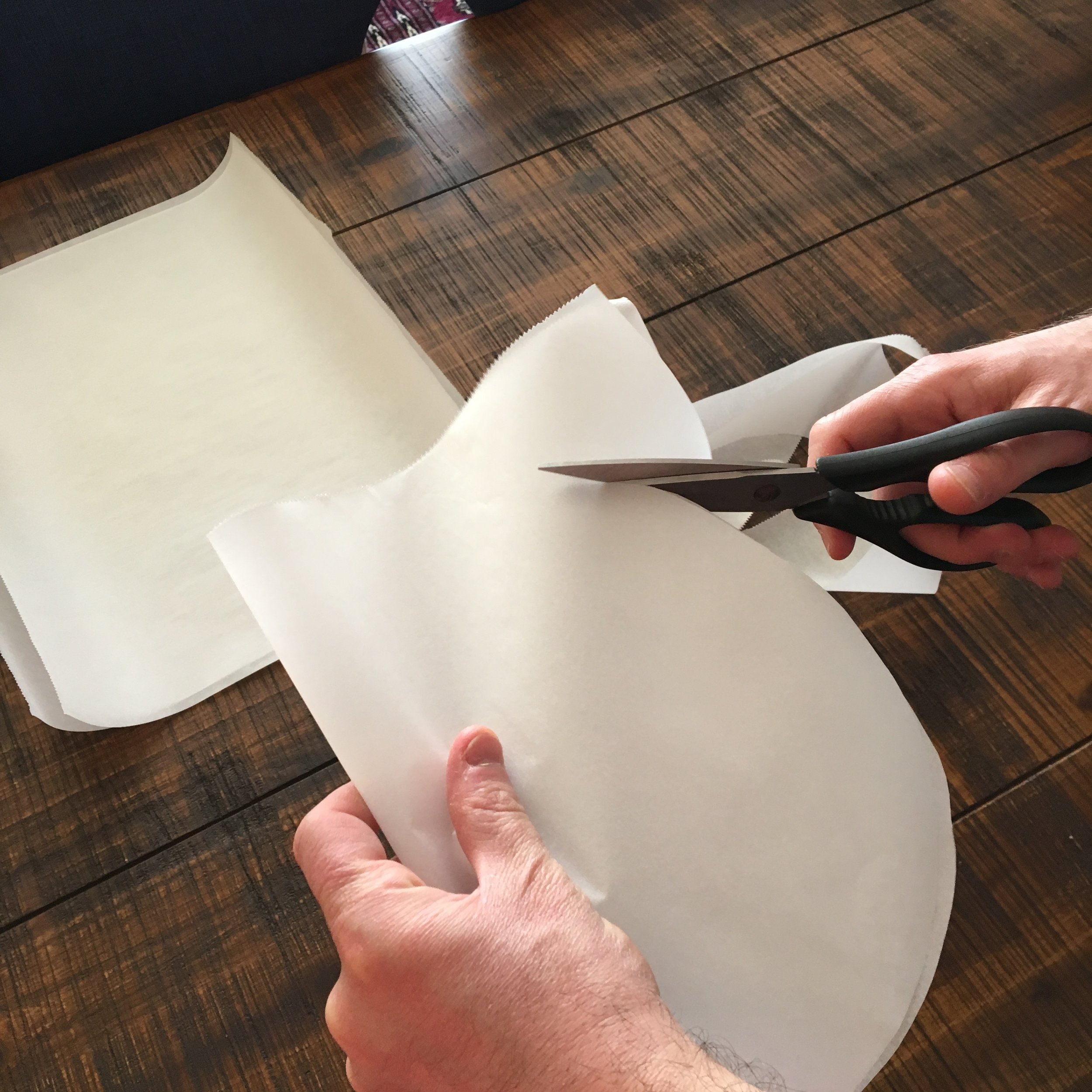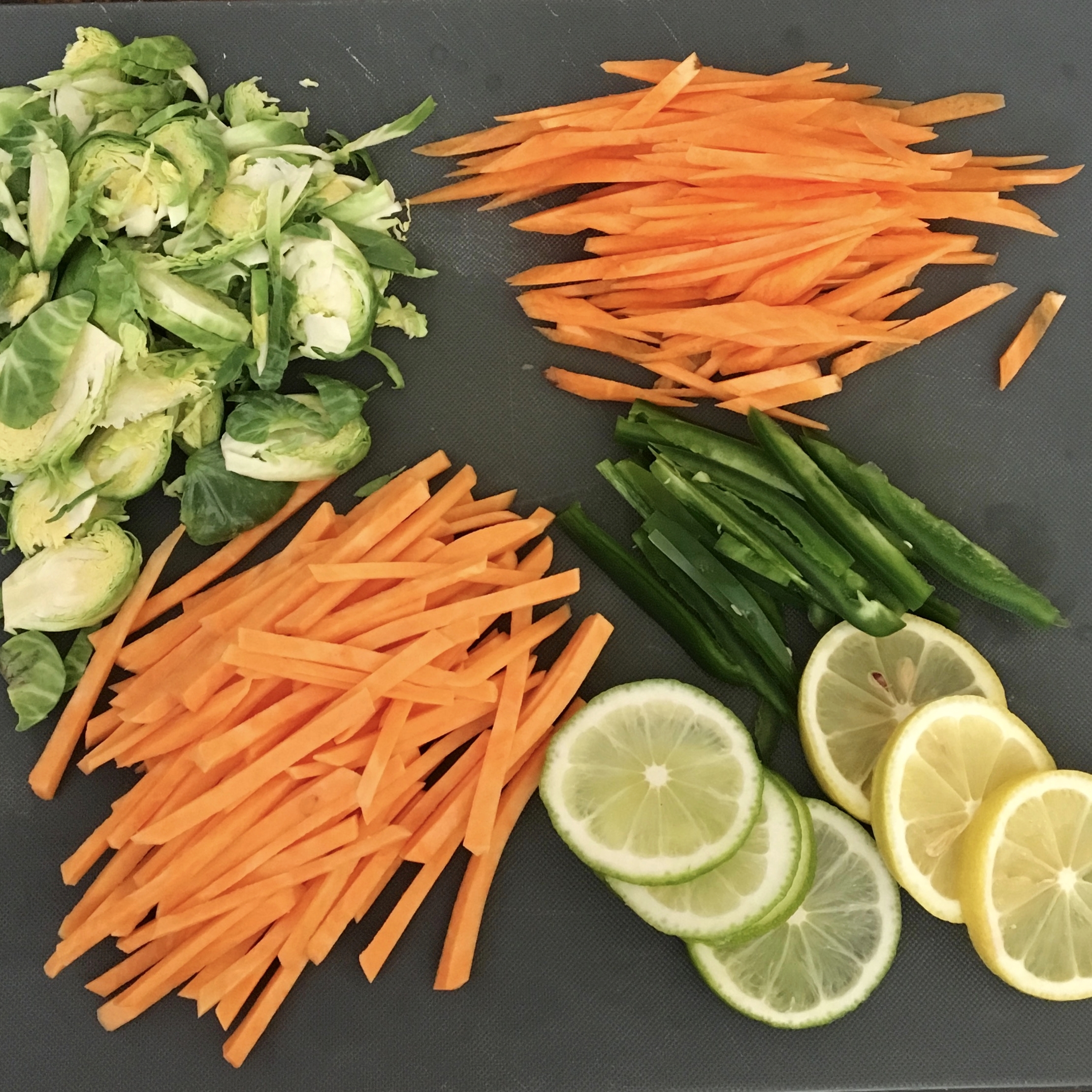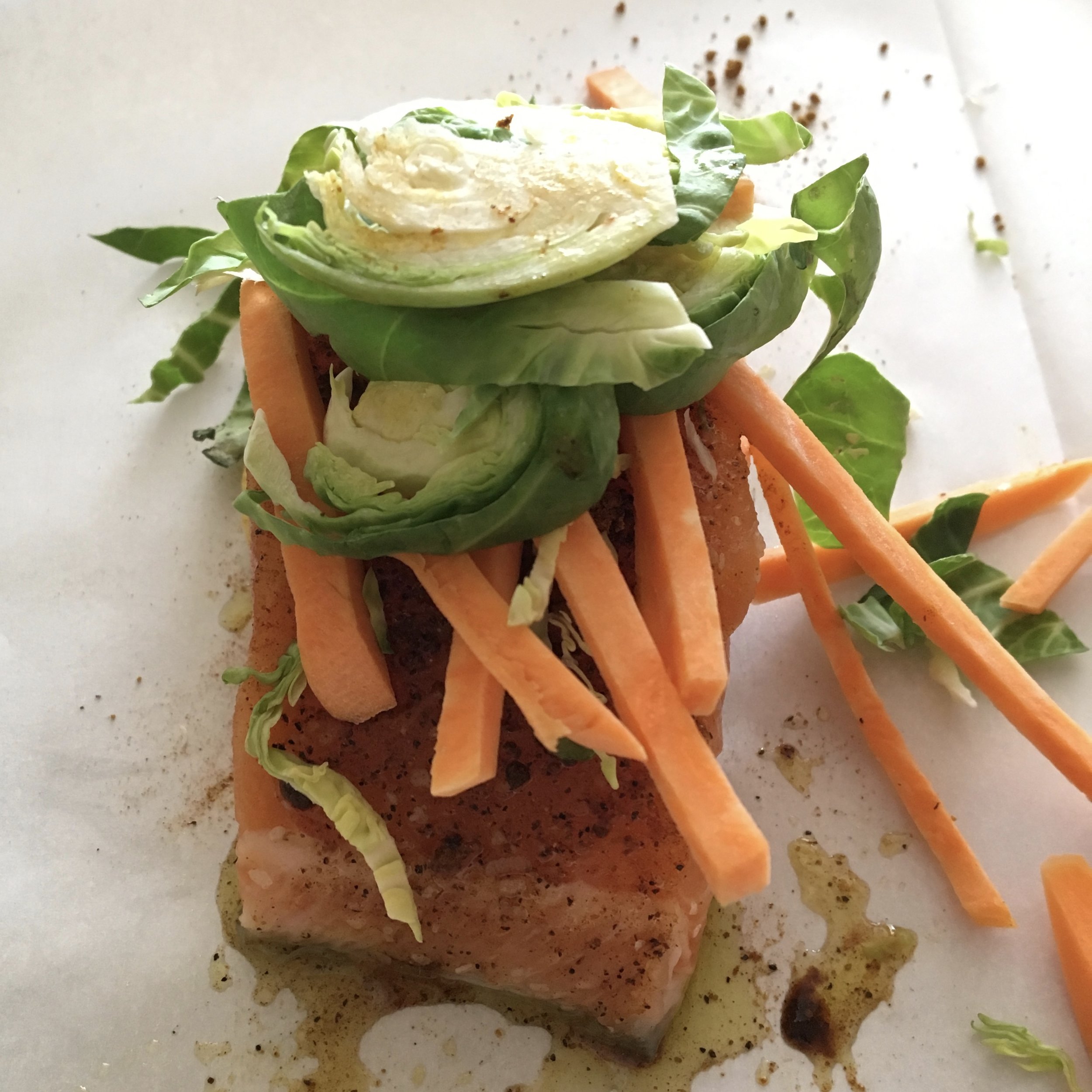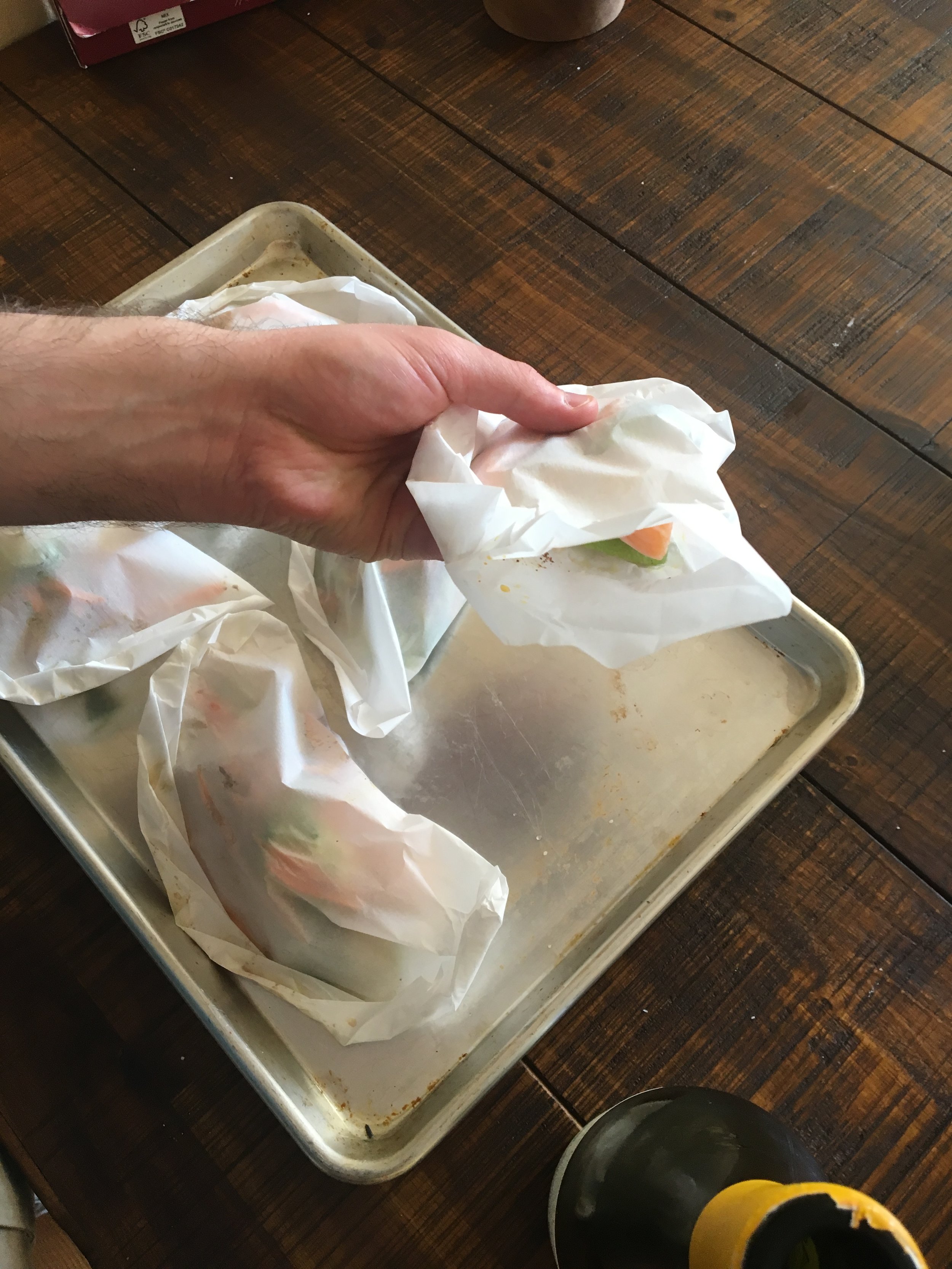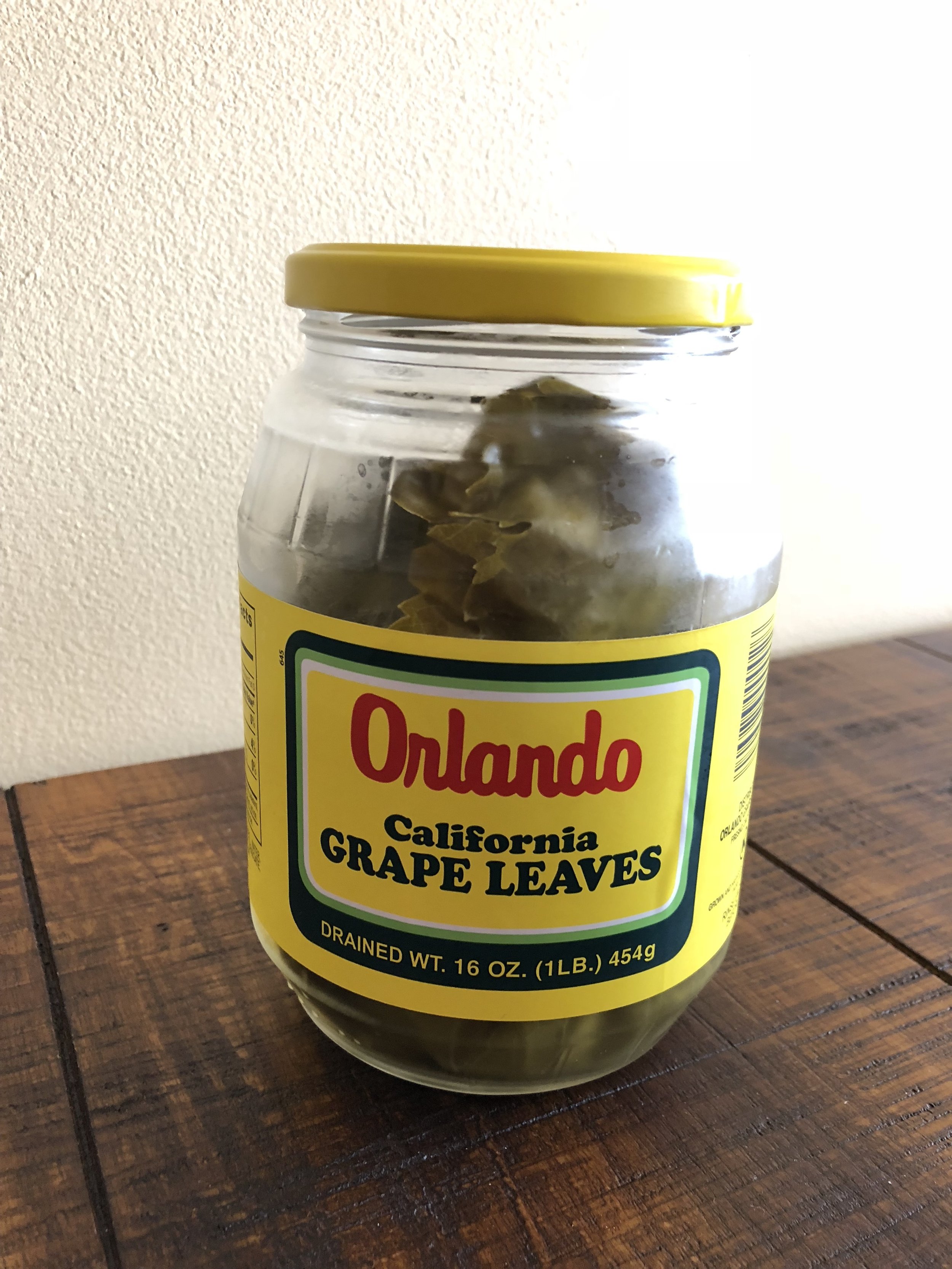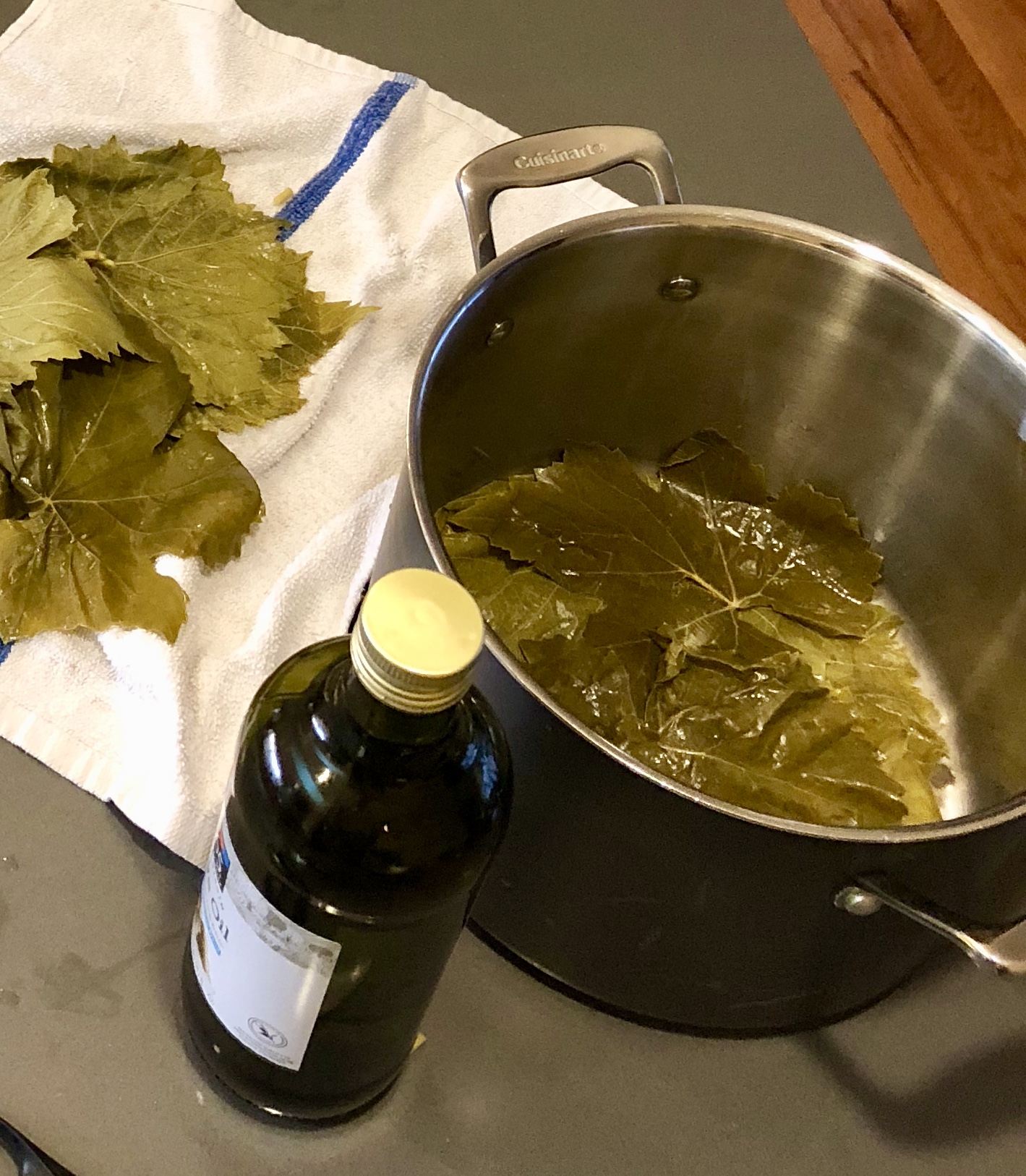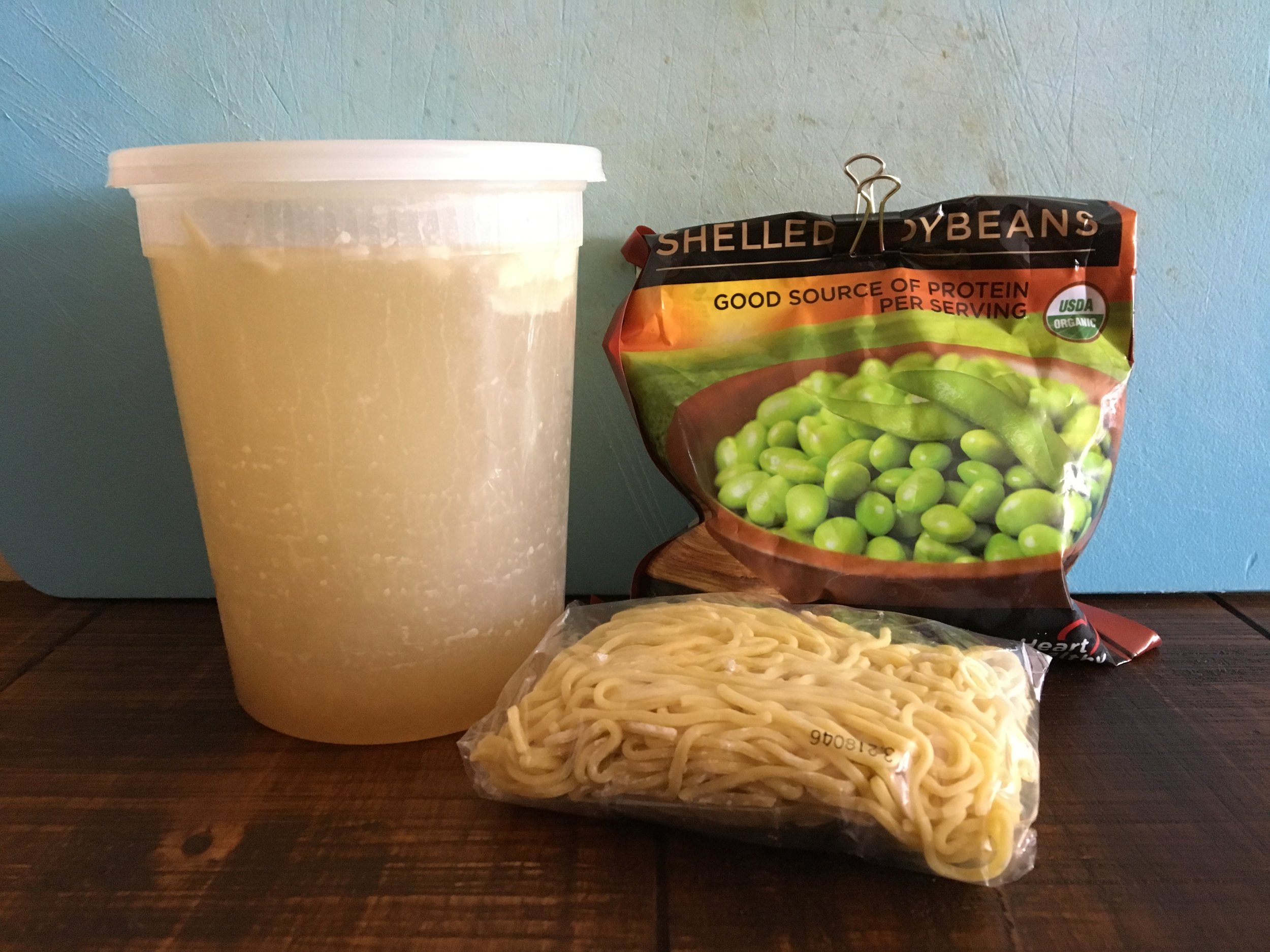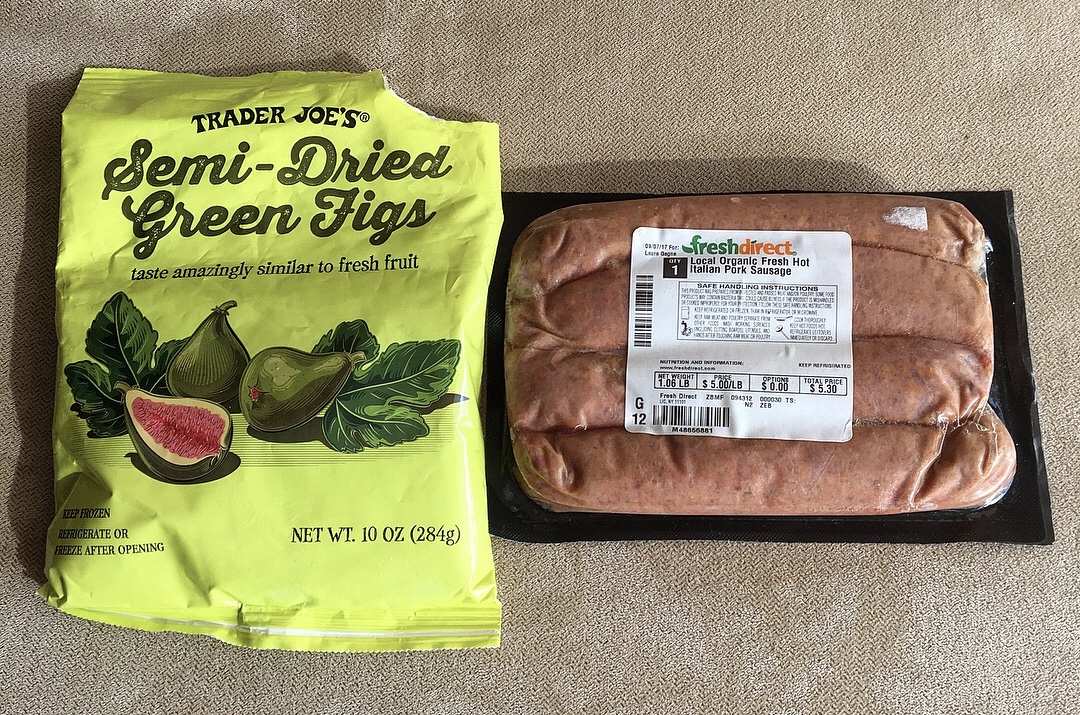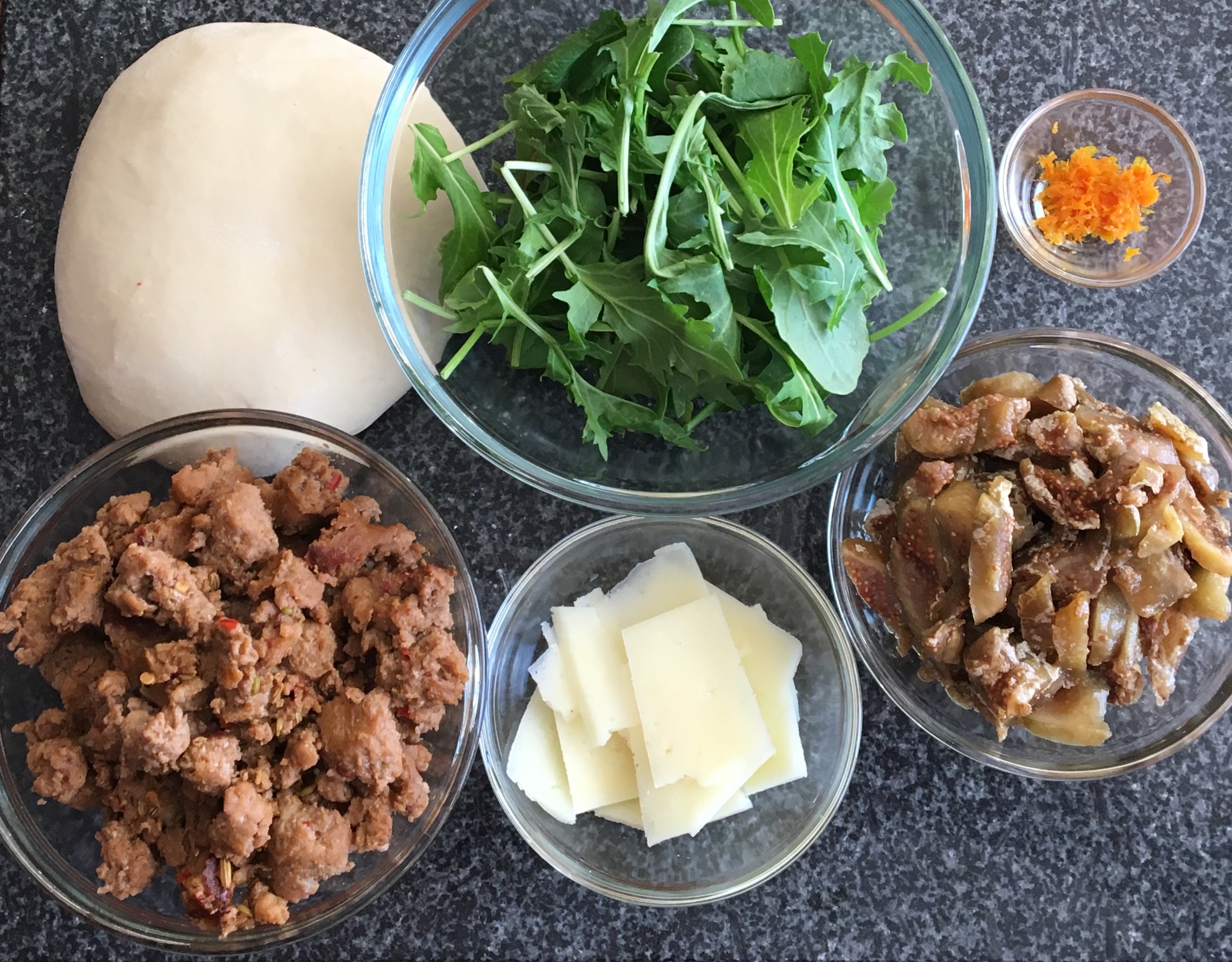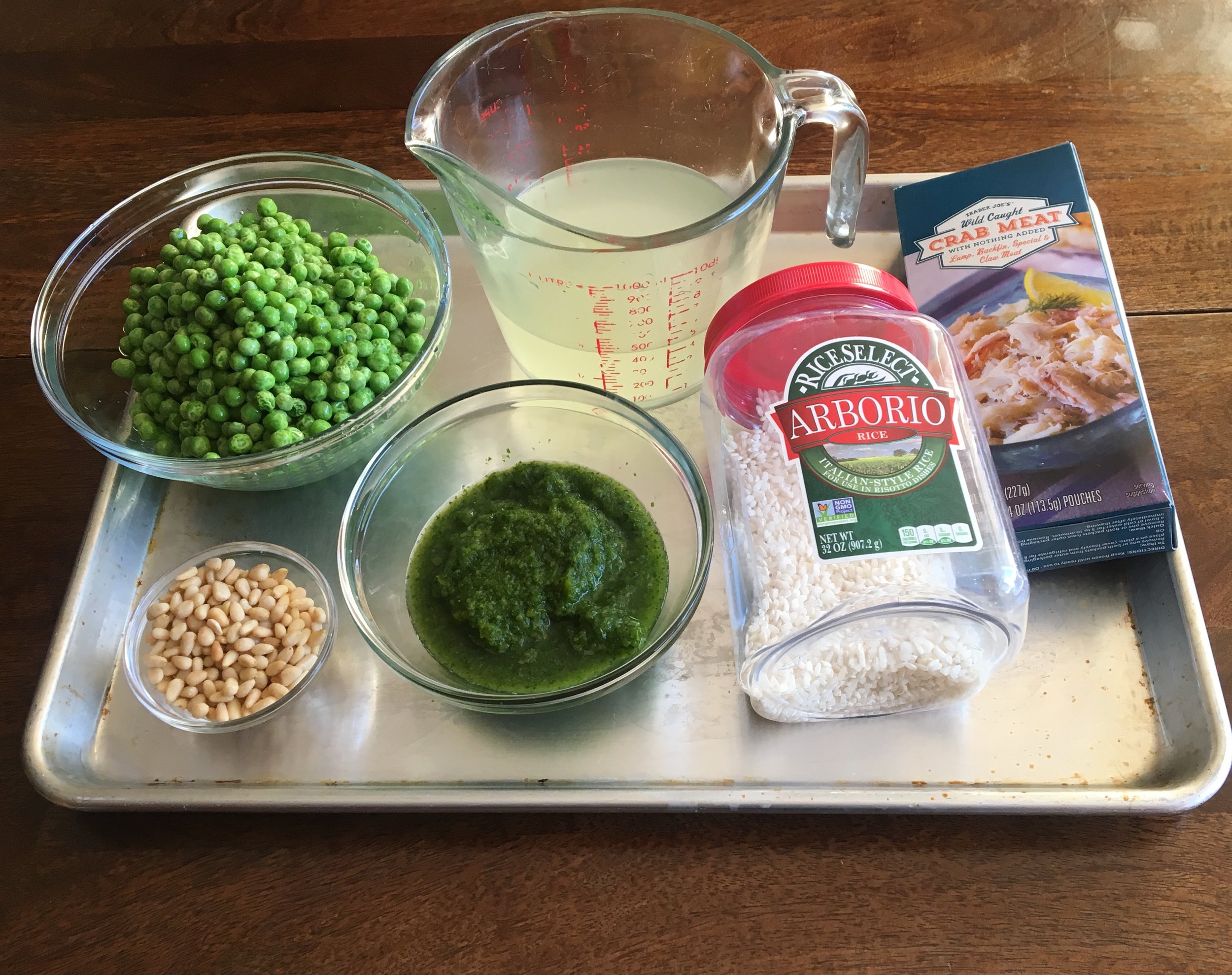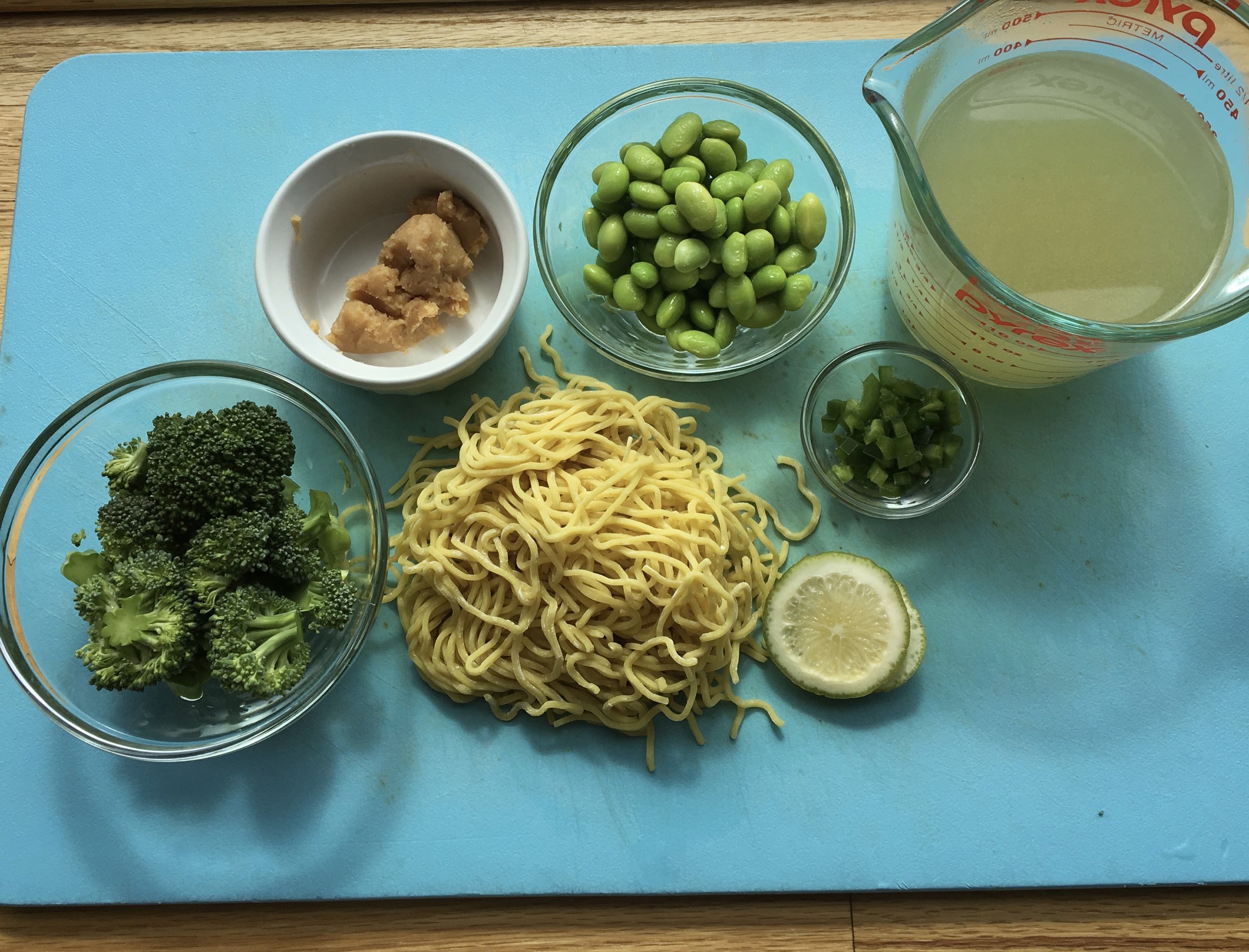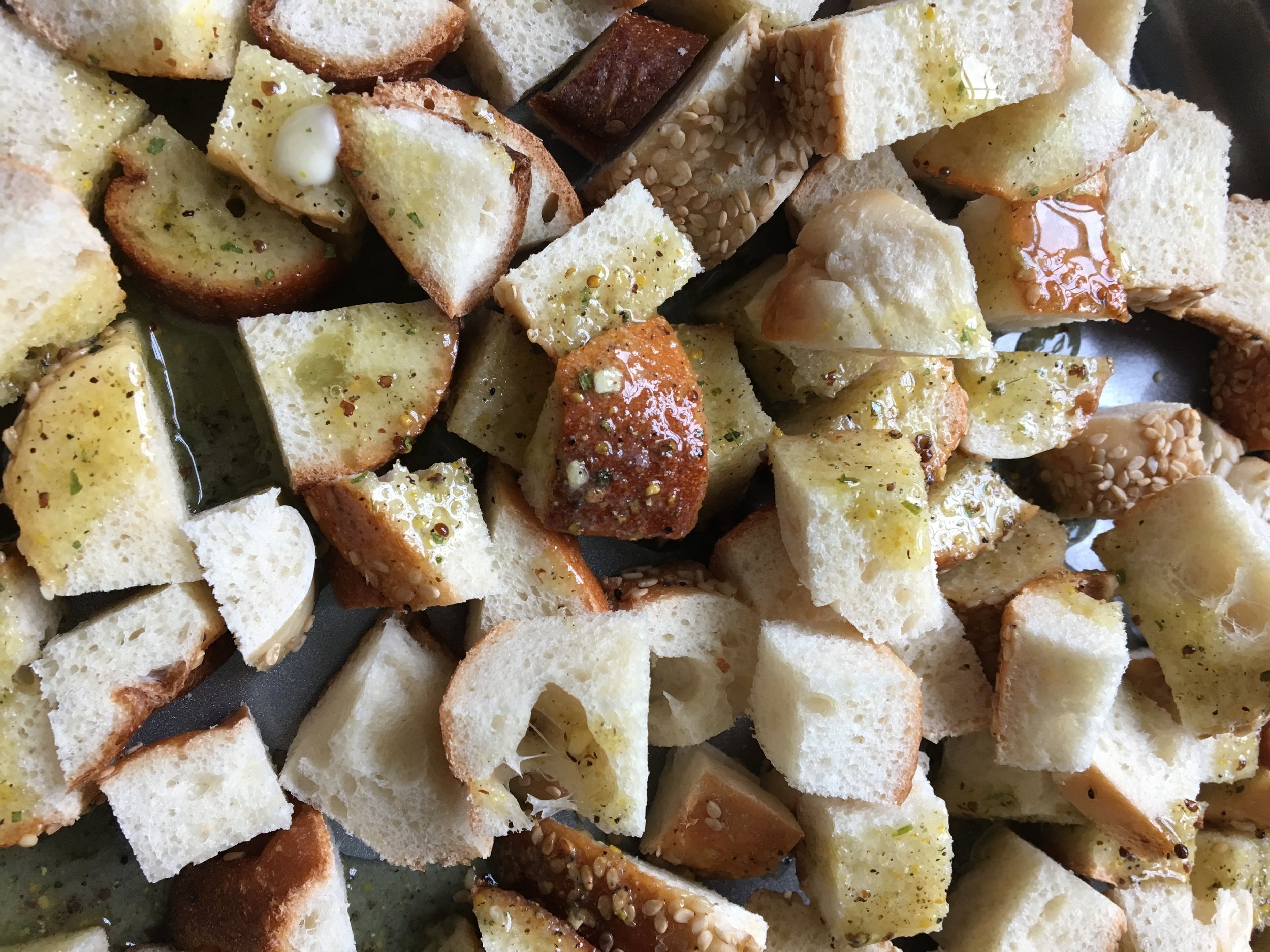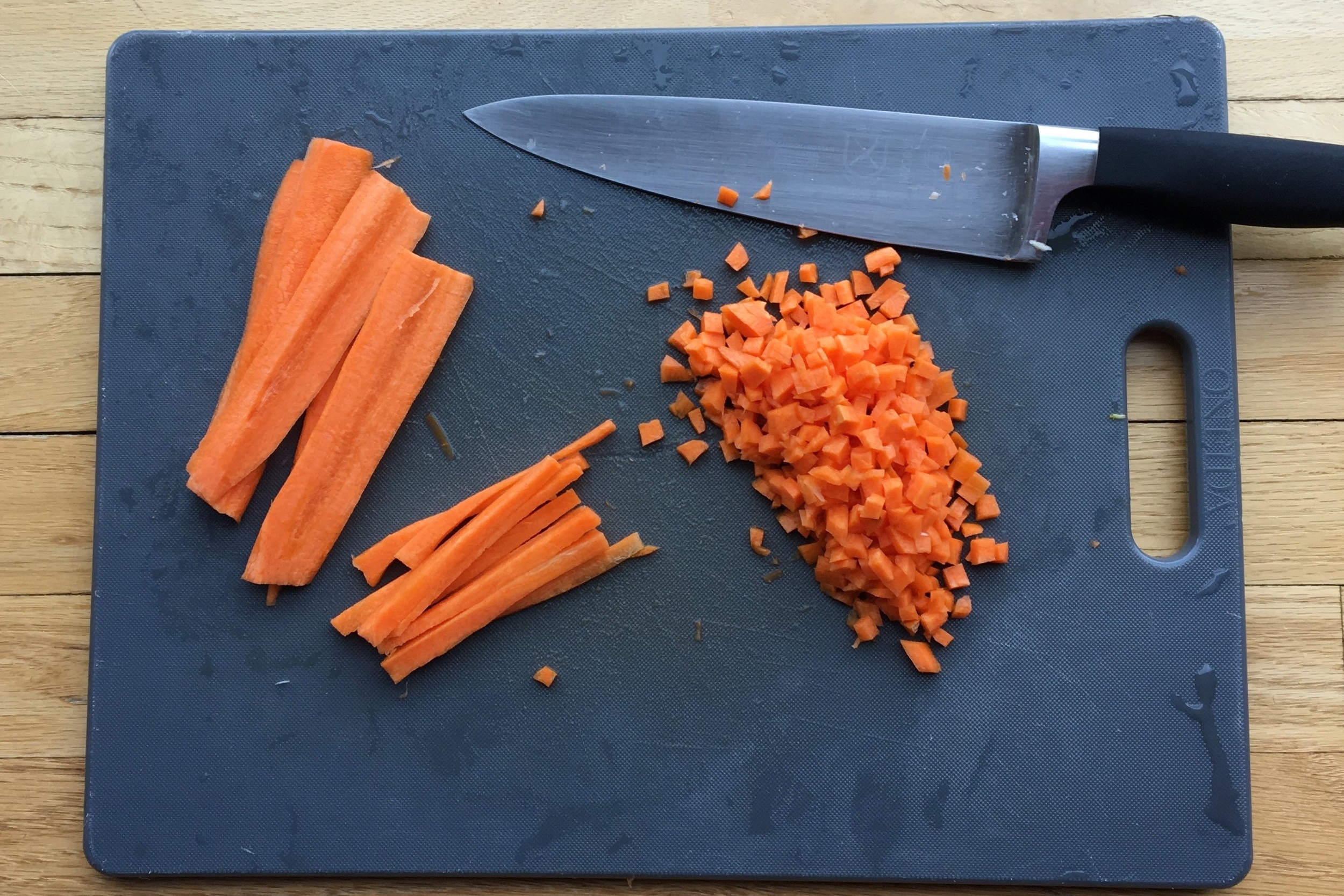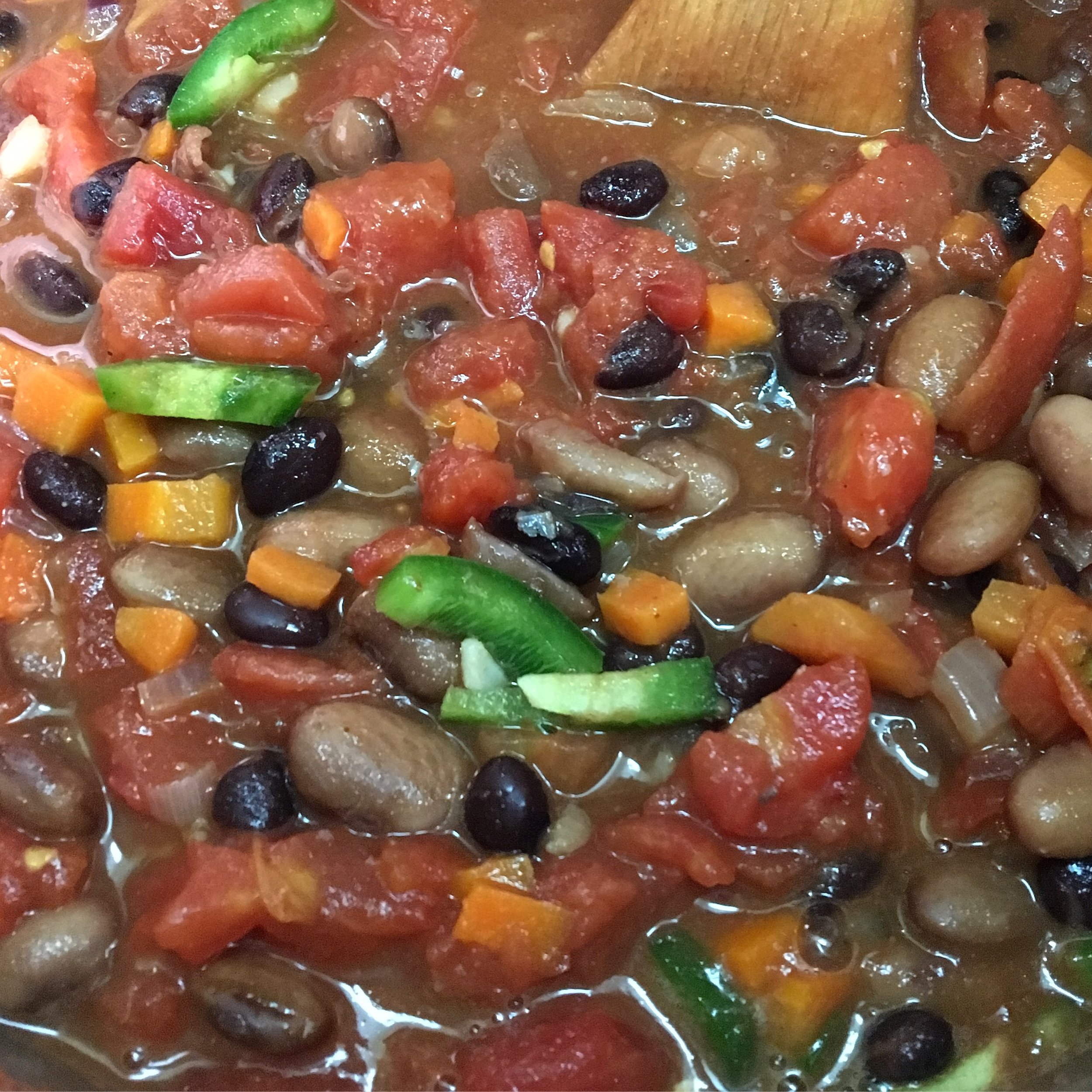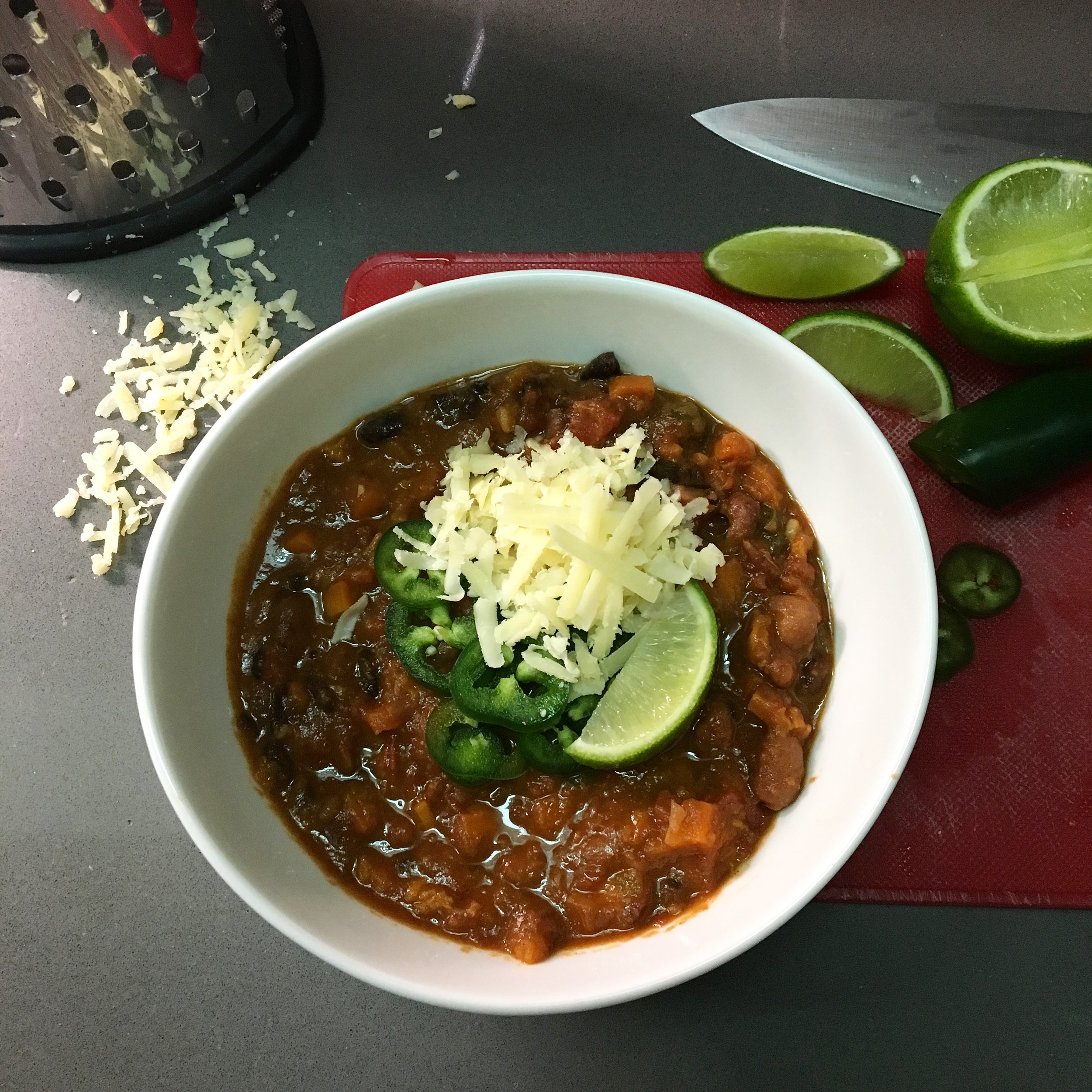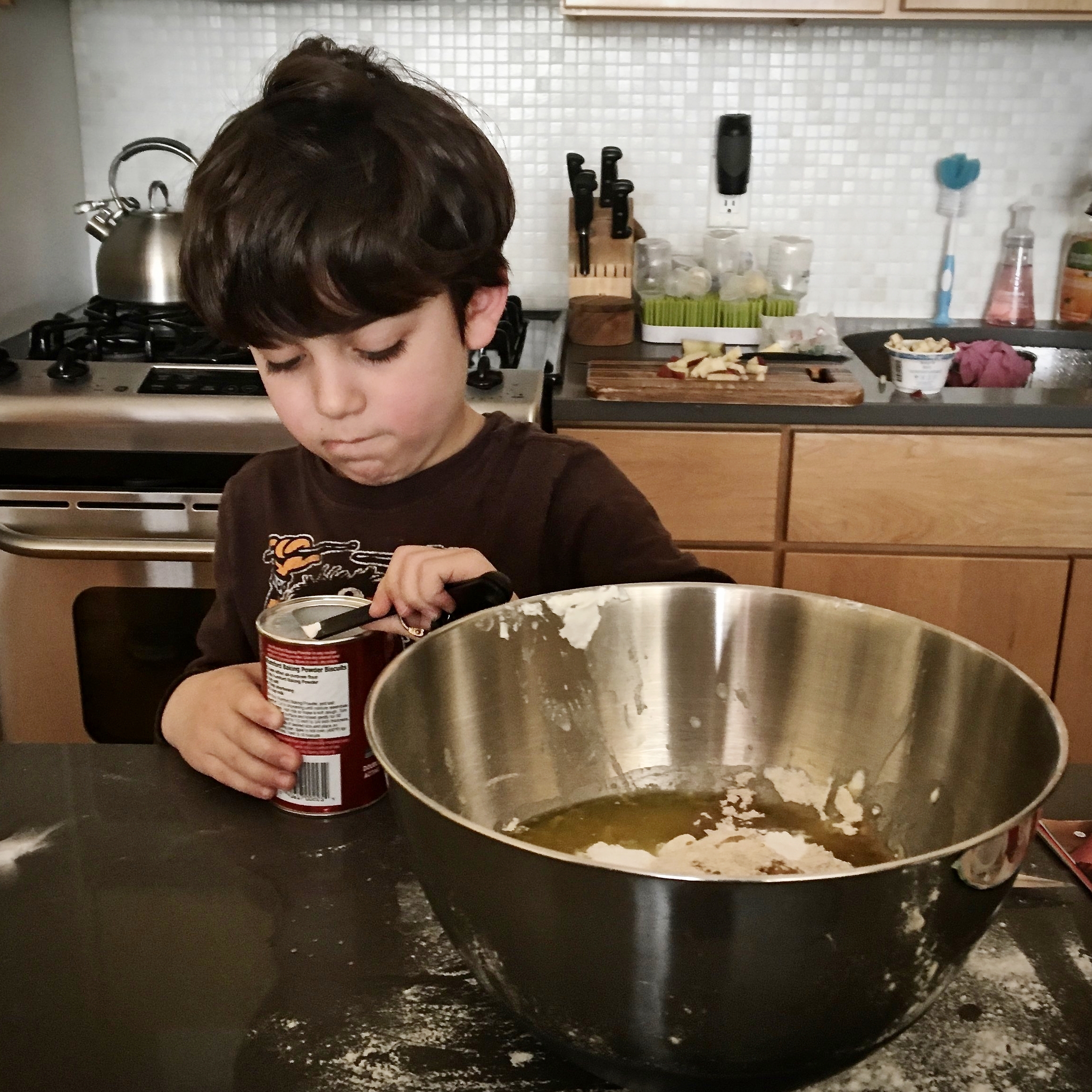This blog post is a wee bit misleading. While I intend to give you a straightforward recipe for a hearty health-supportive one-pot wonder perfect to combat today’s winter chill from Florida to Maine and New York to Chicago, I’m also going to give you the tools to make countless plant-based stews out of any ingredients you’re craving or have on hand. If you’re just here for the Anti-Inflammatory Butternut Squash and French Lentil Stew, click the link for the no-frills version pronto. But if you want to know how to make stew for days, without eating the same one twice, read on… (illustrations coming some day soon).
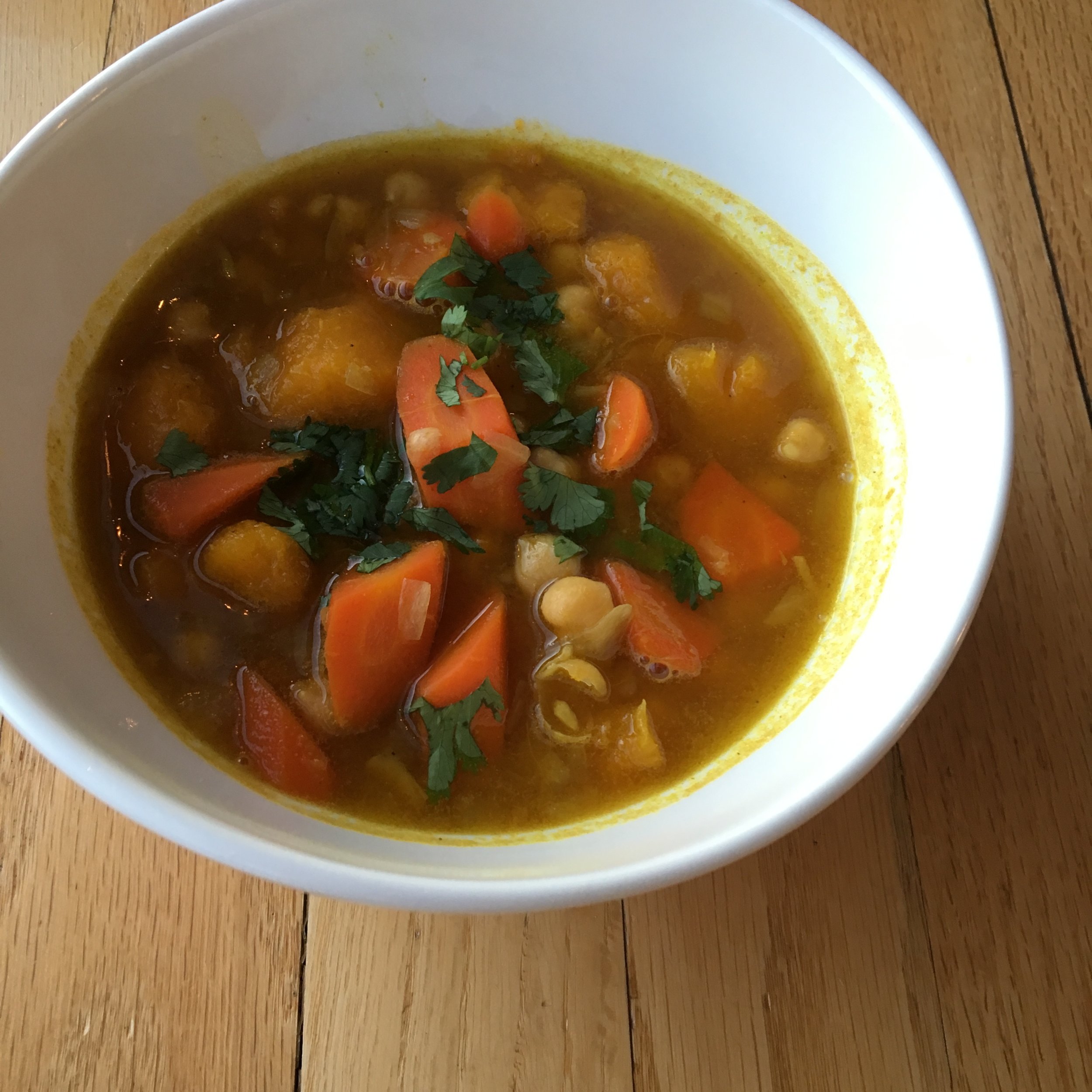
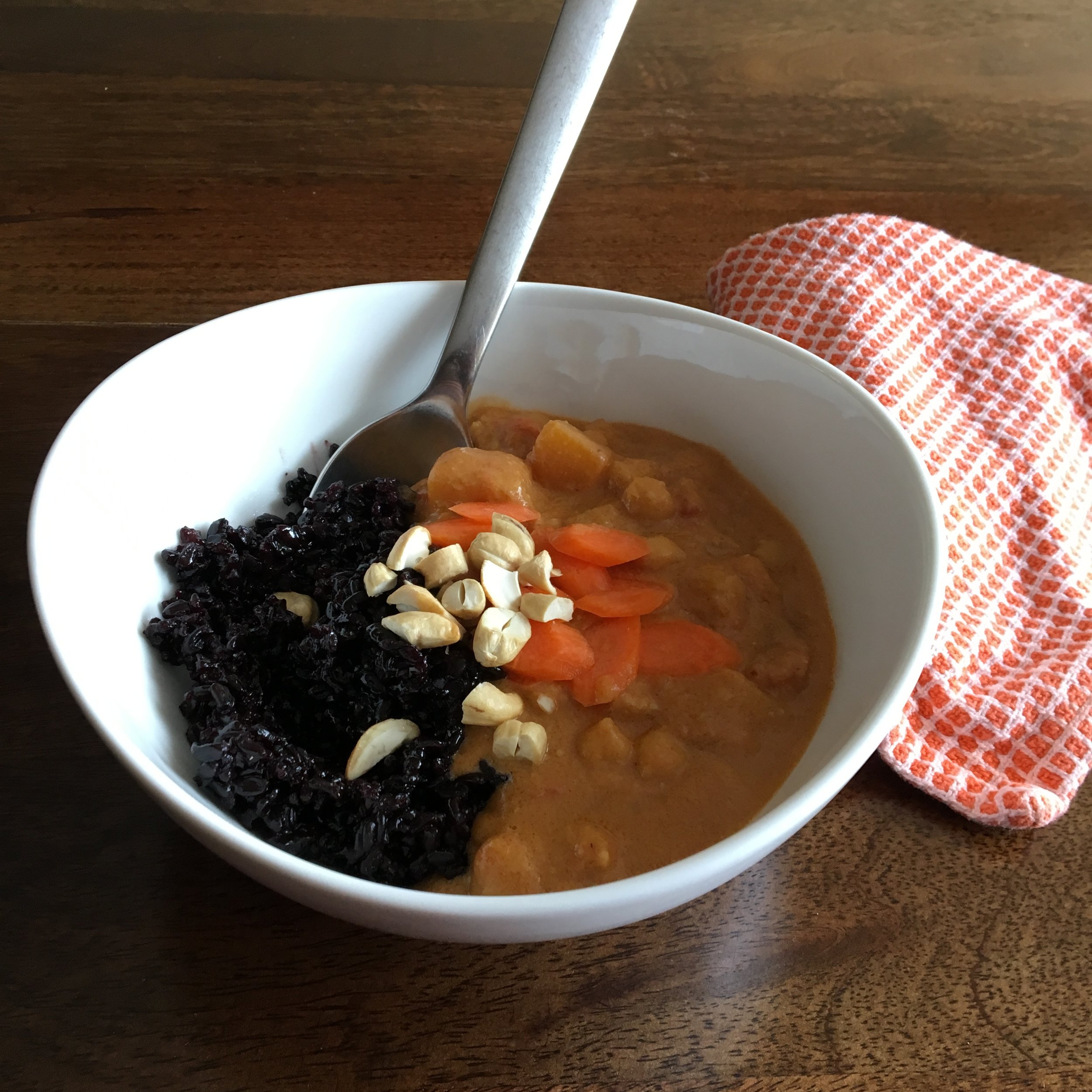
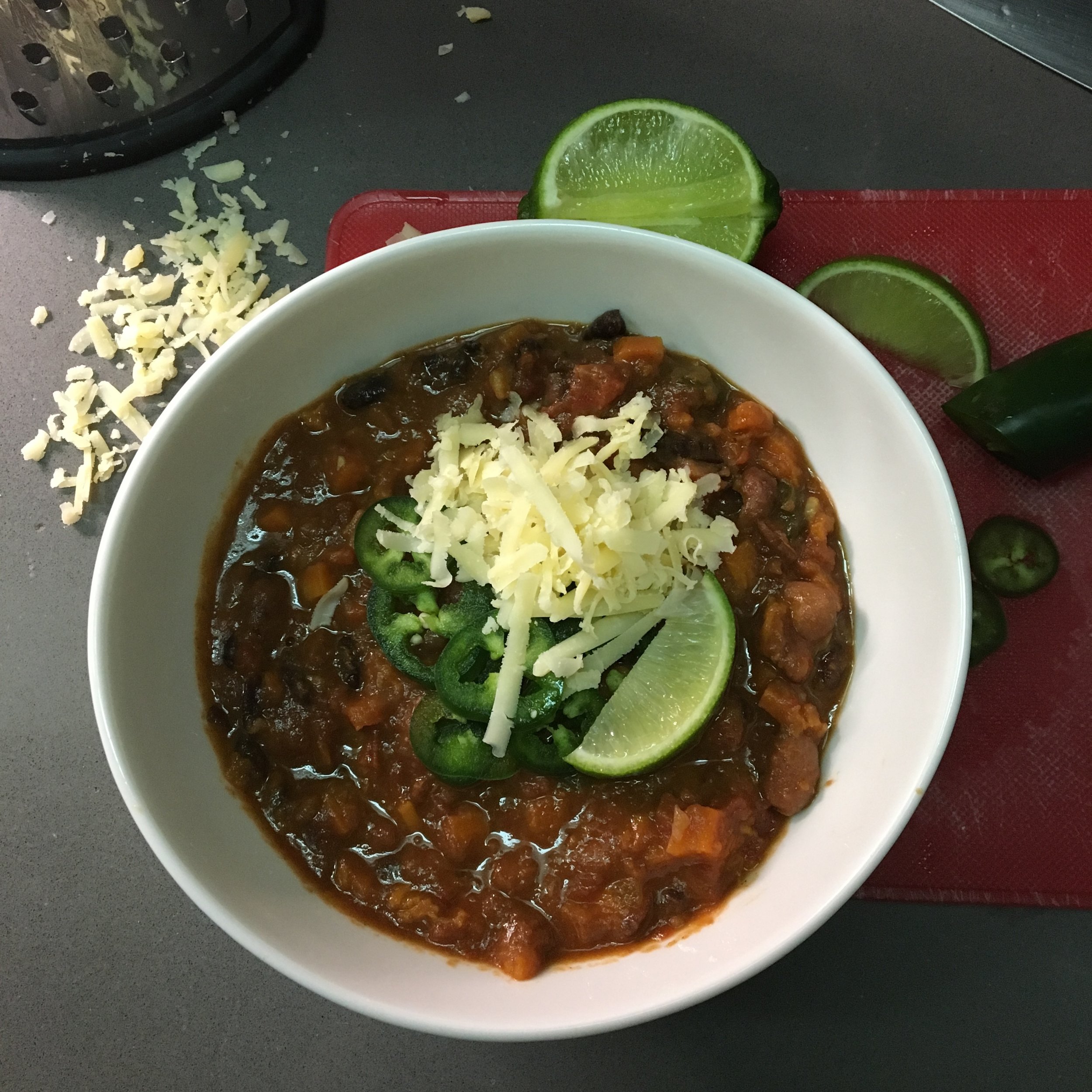
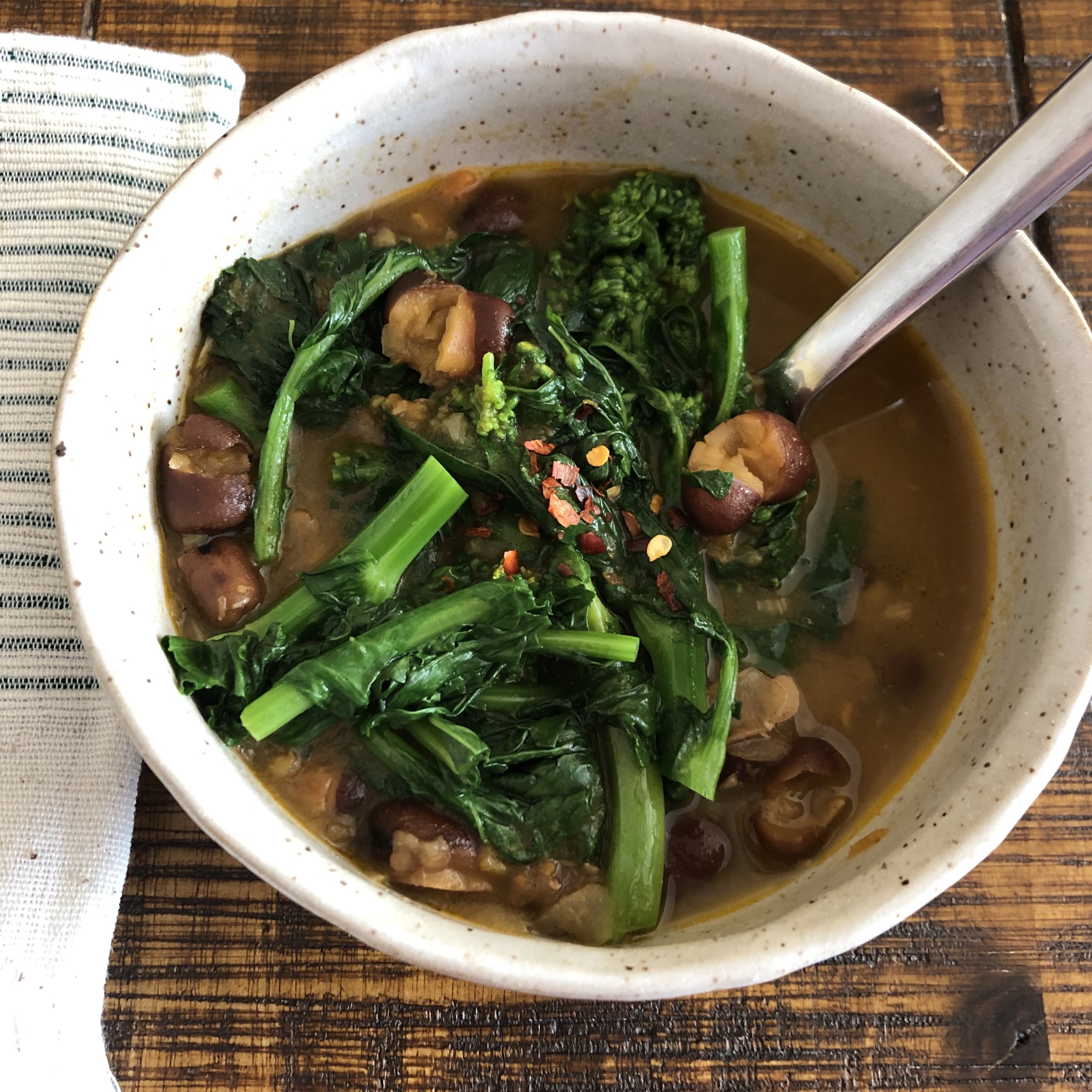
First, the formula for any Vegan Gluten Free Stew
What you need:
But Chef Laura, how do I know what pairs with what? I hear this question a lot. I leave with you a few tips:
what grows together goes together (seasonally, in the same parts of the country/world, etc.)
do a quick internet search for your ingredient in question and see what recipes come up not for the recipe itself but to see what others have paired with it
pick a genre or cuisine and choose ingredients to pair based on that cuisine’s classic combinations
and more you can read more strategies in this earlier blog on using what you have on hand.
Cooking oil (coconut, olive, canola)
Aromatics (ginger, garlic, onion, scallion, turmeric, chili peppers, etc.)
Salt (kosher or sea)
Dried spices
Pastes (curry paste, tahini, nut butters, tomato paste, etc.)
Liquids (water, stock, coconut milk, nut milks, juice, apple cider etc.)
Vegetables (raw, canned, frozen)
Cooked legumes (chickpeas, lentils, beans of all varieties, etc.)* or uncooked legumes but be sure to add sooner with more liquid or cook separately, then add
Acid and/or umami (lemon juice, vinegar, wine, soy sauce, umeboshi, tomato)
Greens and/or fresh herbs
What you do:
In a large stock pot, heat cooking oil over medium high heat.
Add aromatics and a pinch of salt. If using onion, allow to soften before adding other “smaller” aromatics like garlic to prevent browning or burning.
Add dried spices and seasoning and allow to bloom for a few minutes in the oil.
Whisk in paste(s). [You might add acid, like wine, at this stage].
Slowly incorporate liquid by whisking a small amount into the paste and then gradually adding 1-3 cups. Bring to a simmer.
Add vegetables that need the longest cook time. Bring back to a simmer. Continue to add vegetables in order of their cooking time. Add more liquid if needed or desired.
Add cooked legumes and simmer stew for at least 15-20 minutes more or up to 2 hours to incorporate flavors and reduce slightly. [You might add a touch of acid at this stage].
Just before serving, add any greens or fresh herbs, or simply top the plated stew with fresh herbs and greens.
Tips:
Add small pinches of salt at every stage.
If you don’t have/like an ingredient, leave it out or substitute something else from its category.
Cut vegetables into shapes and sizes that are appealing to eat relative to one another.
Amounts are relative -- add more of the ingredients you love, less of those you just want a taste of, and add as much liquid to get the consistency you want for your stew.
Add items that need to cook longer first such as carrots and those that cook quickly last, such as corn or frozen peas.
Now for the Soup du Jour:
Anti-Inflammatory Butternut Squash and French Lentil Stew
This hearty and flavorful stew highlights squash and fast-cooking french lentils. It’s spiced with Ras el hanout, a North African and Moroccan spice blend that means “head of the shop”. Ras el hanout is packed with anti-inflammatory agents, like ginger, turmeric and black peppercorn and delivers additional warmth with paprika, cinnamon and cayenne. Plant-based and lowcarb, this stew is thickened with tahini, the middle eastern staple made from ground sesame seeds. A bright finish of crisp spinach leaves and lemon juice give you everything you’re craving in one pot and 40 minutes.
Makes: 5-6 cups, serves 6-8
What you need:
½ cup french lentils
2 tablespoons olive oil
1 small red onion, diced
1 small yellow or white onion, diced
¾ teaspoon salt
3 cloves garlic, minced
1-2 tablespoons grated ginger root
2 - 3 teaspoons ras el hanout spice (purchased or see my recipe)
2 tablespoons tahini
4 cups low sodium vegetable stock
1 medium butternut squash, ¼ inch cubes
3 carrots, ¼ inch thick half moons
Juice of 1 lemon
1 bunch of spinach, about 2 cups leaves, torn
Freshly cracked black pepper
What you do:
Rinse the lentils and soak in a bowl of hot tap water for about 10 minutes (or until it is time to add them to the stew).
Heat olive oil in a soup pot on medium high heat. Add the onion and a few pinches of salt. Sauté until soft, about 3 minutes.
Add the garlic, ginger and a pinch of salt. Sauté about 1 minute longer.
Whisk in the spice mixture and sauté 30 seconds longer.
Stir in the tahini, and then gradually whisk in the stock in a slow steady stream, allowing it to thicken before adding more.
Strain the lentils and add them to the pot with the remaining salt. Bring to a boil, then lower heat to medium and simmer gently about 20 minutes.
Add the butternut squash and carrots and simmer an additional 10-15 minutes or until lentils, squash and carrots are tender.
Taste and season the soup with lemon juice. Add the torn spinach leaves, stir and heat just a minute or two until they wilt. Serve with additional lemon juice and fresh cracked black pepper, if desired.


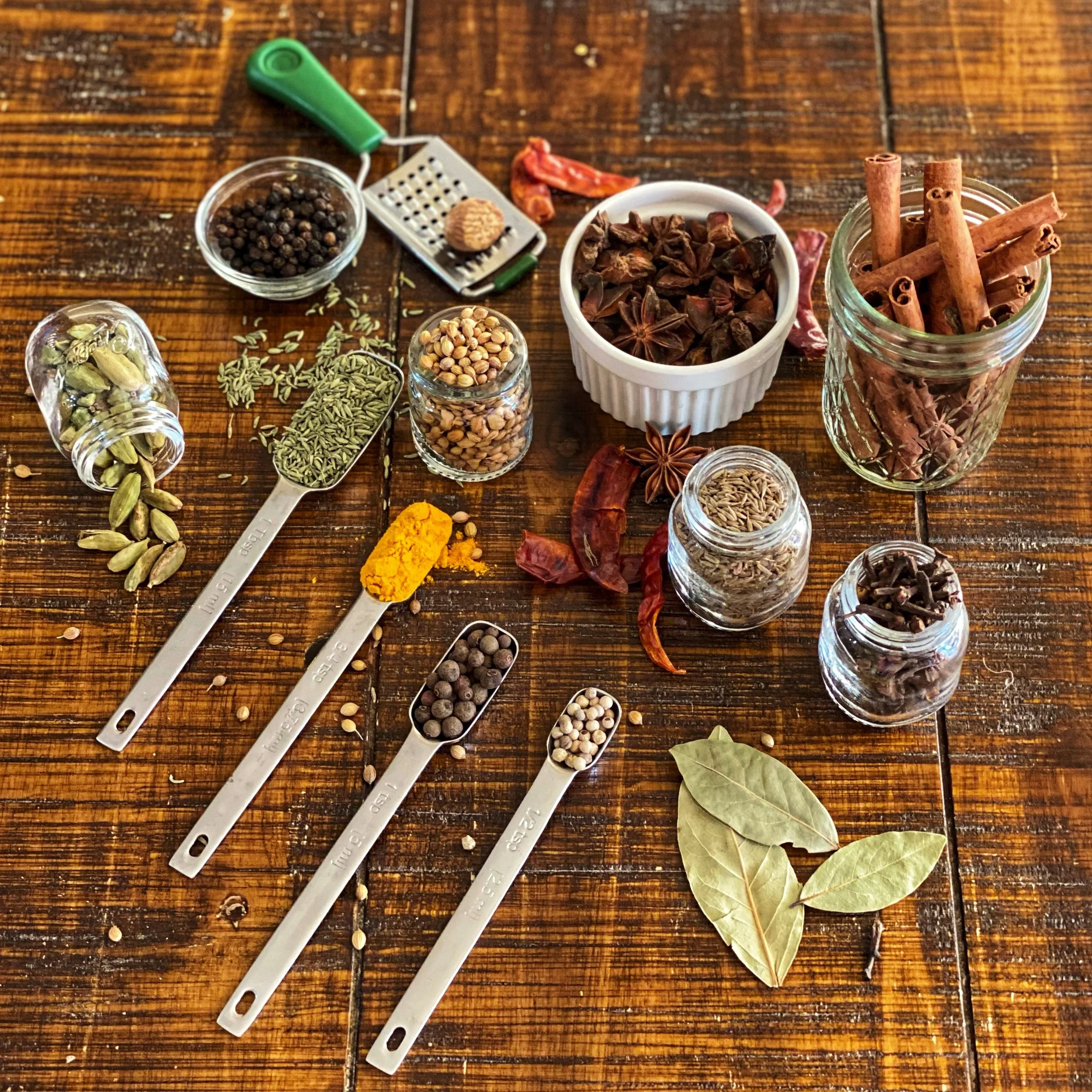
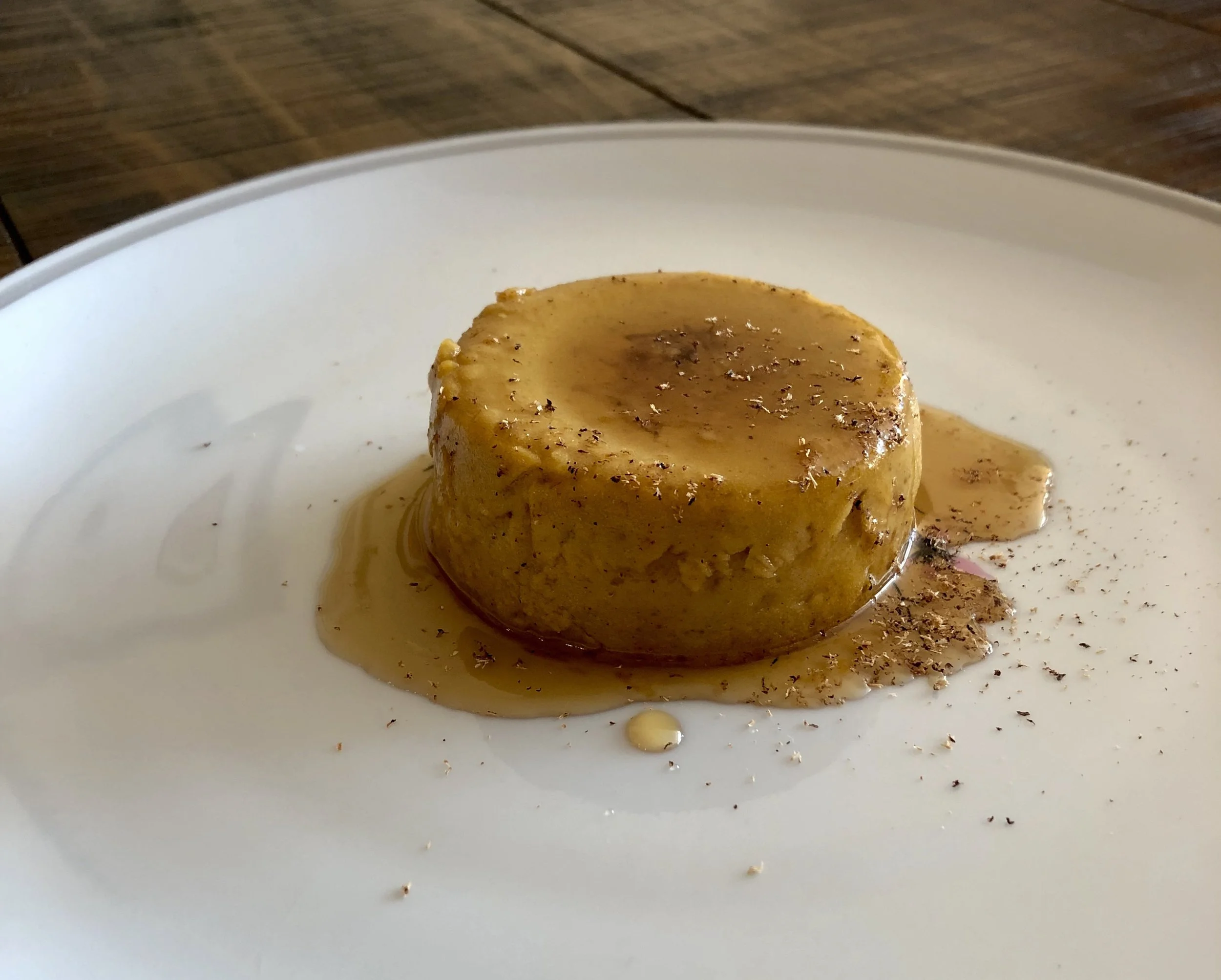
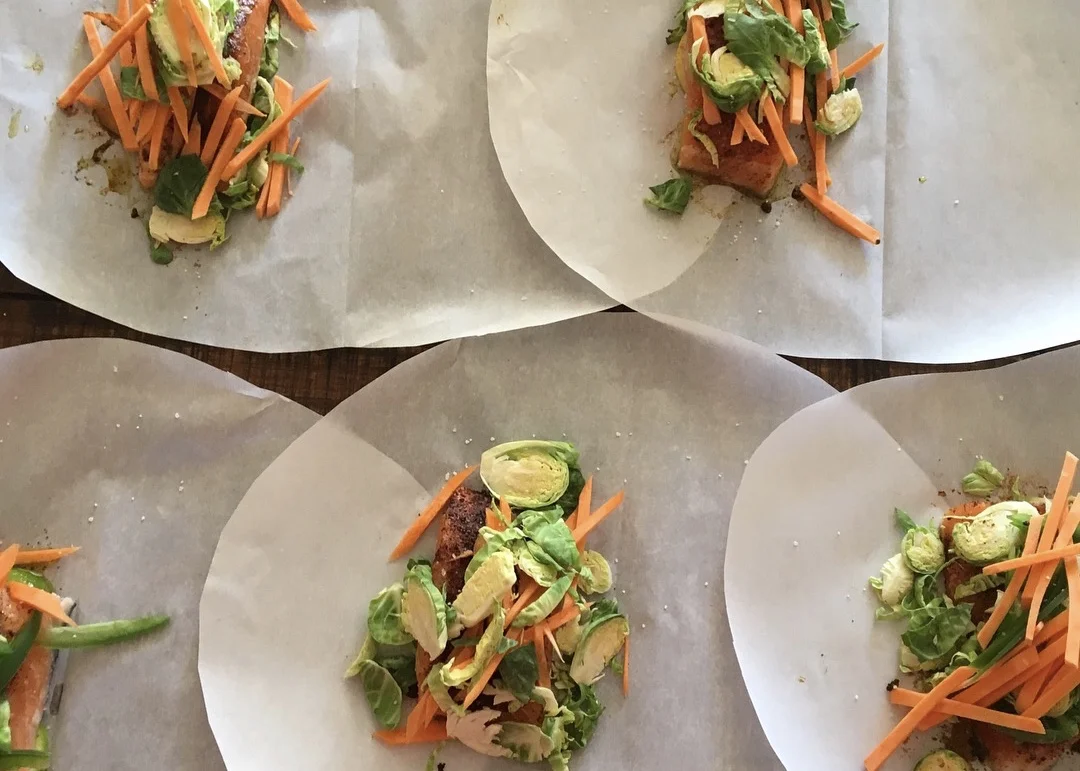
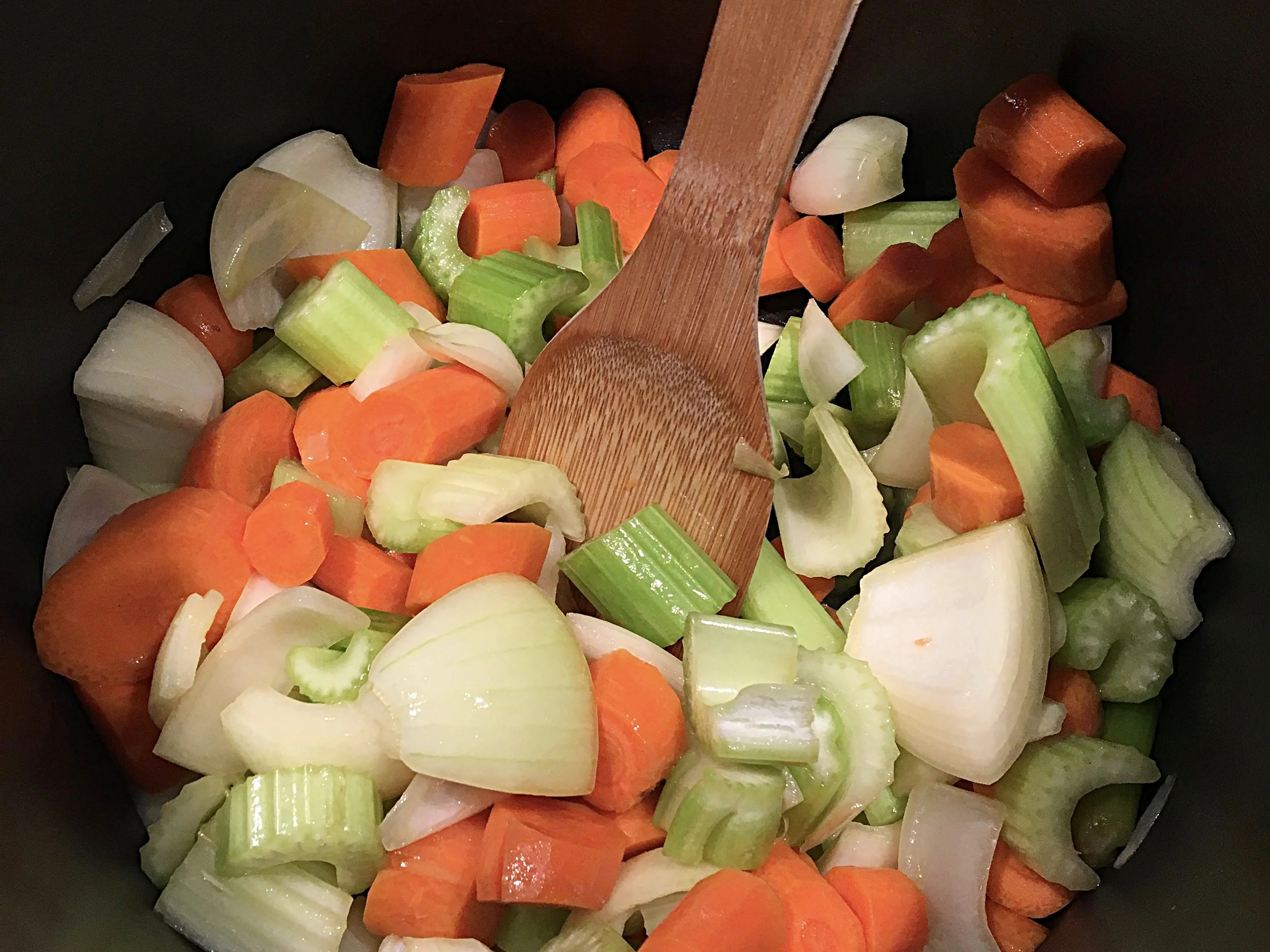




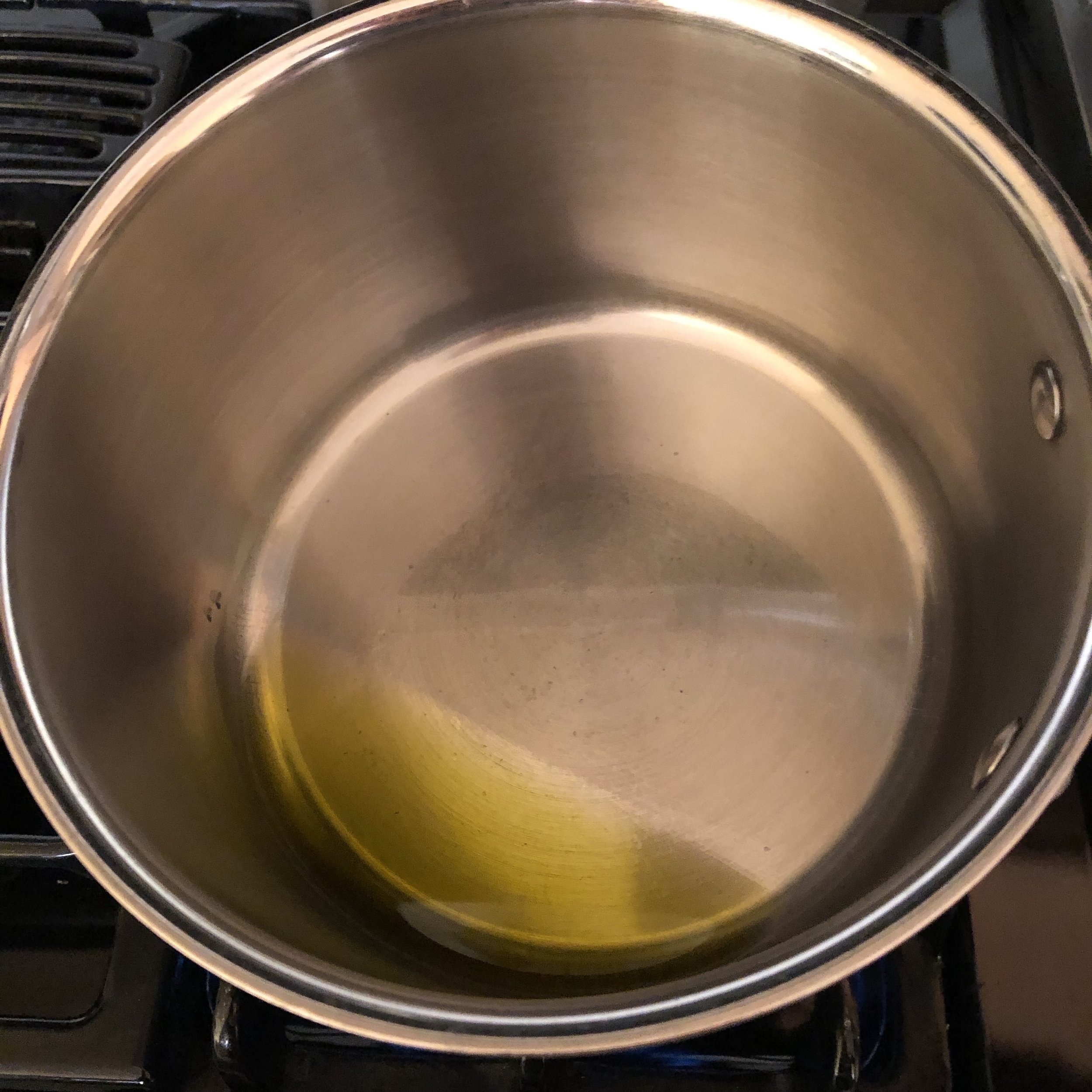
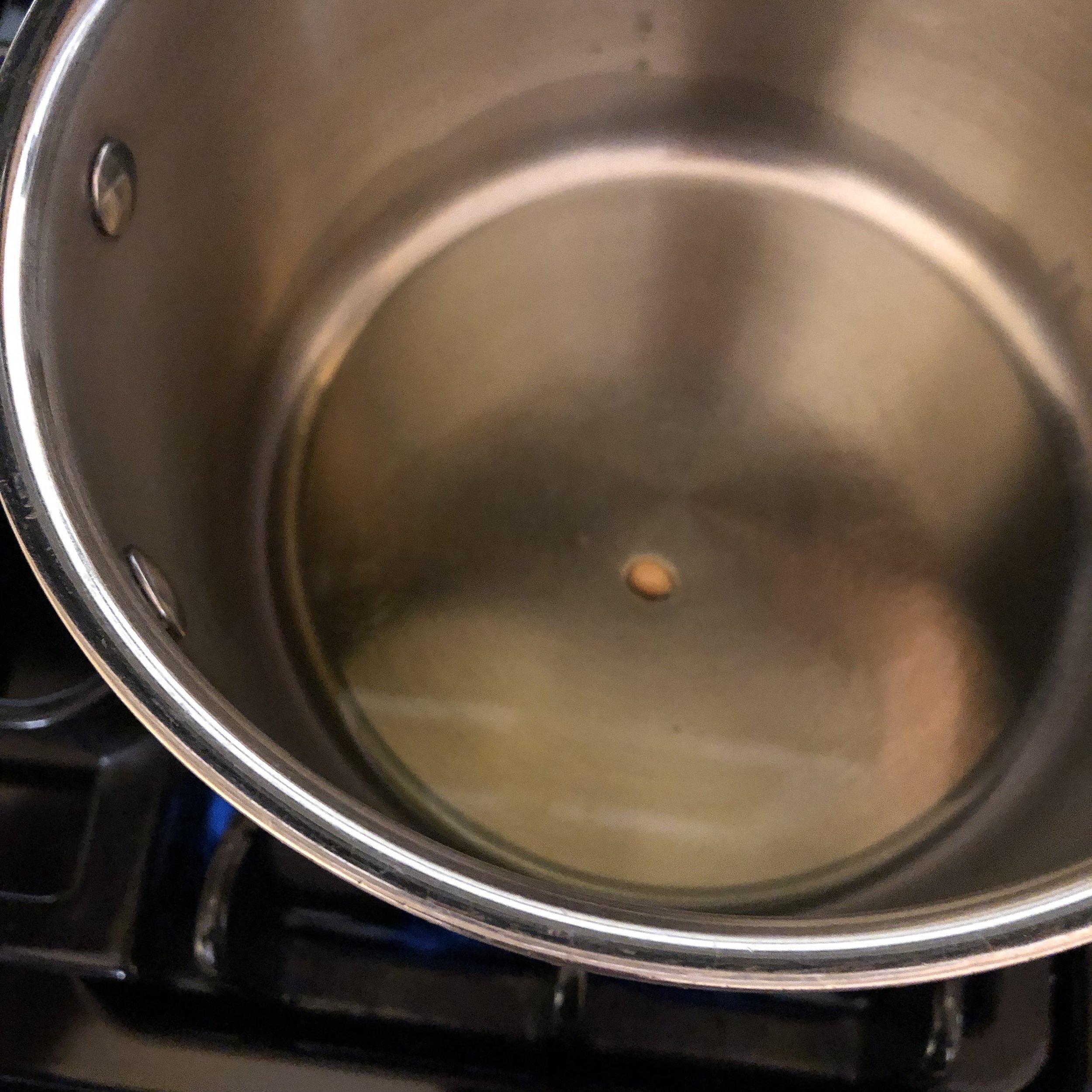
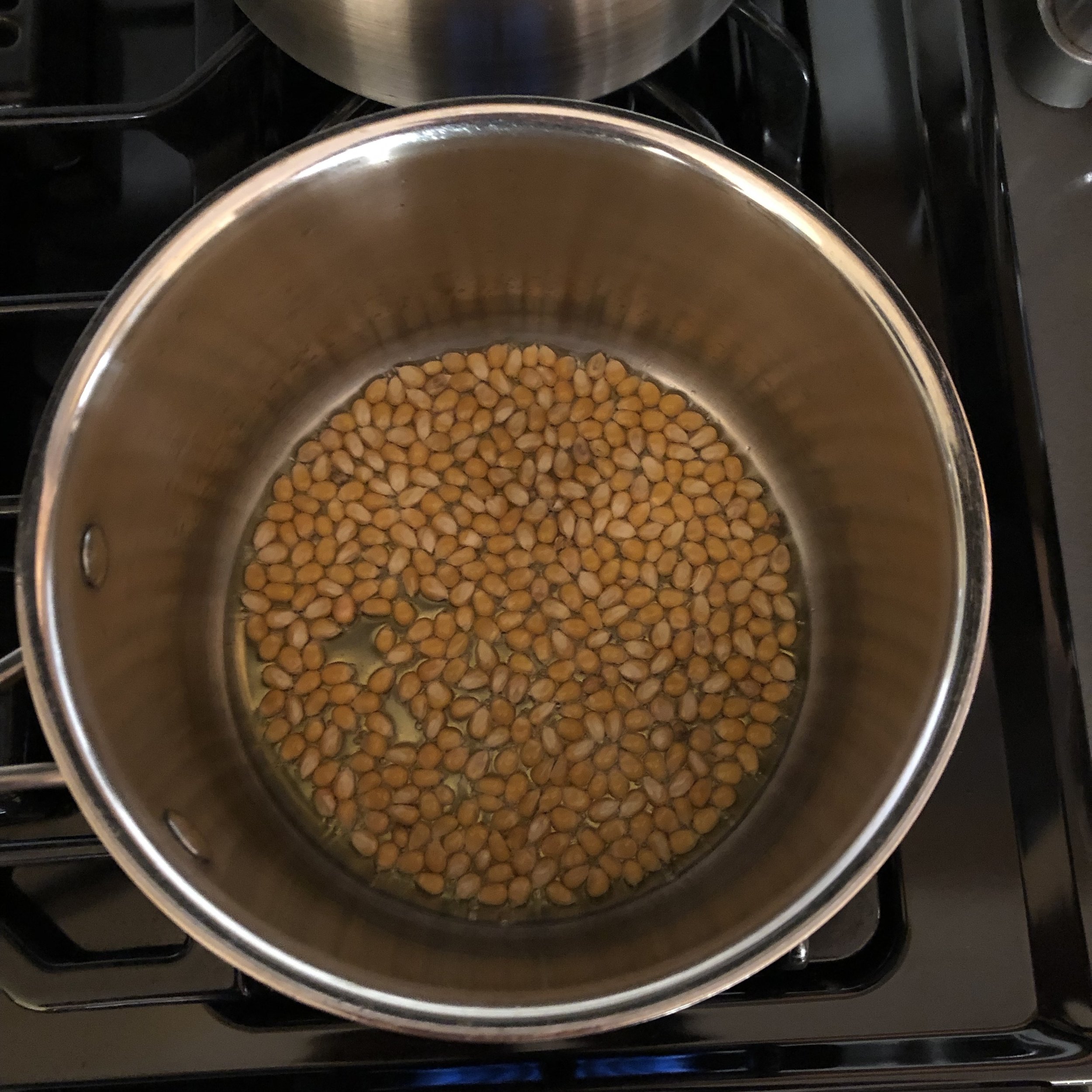

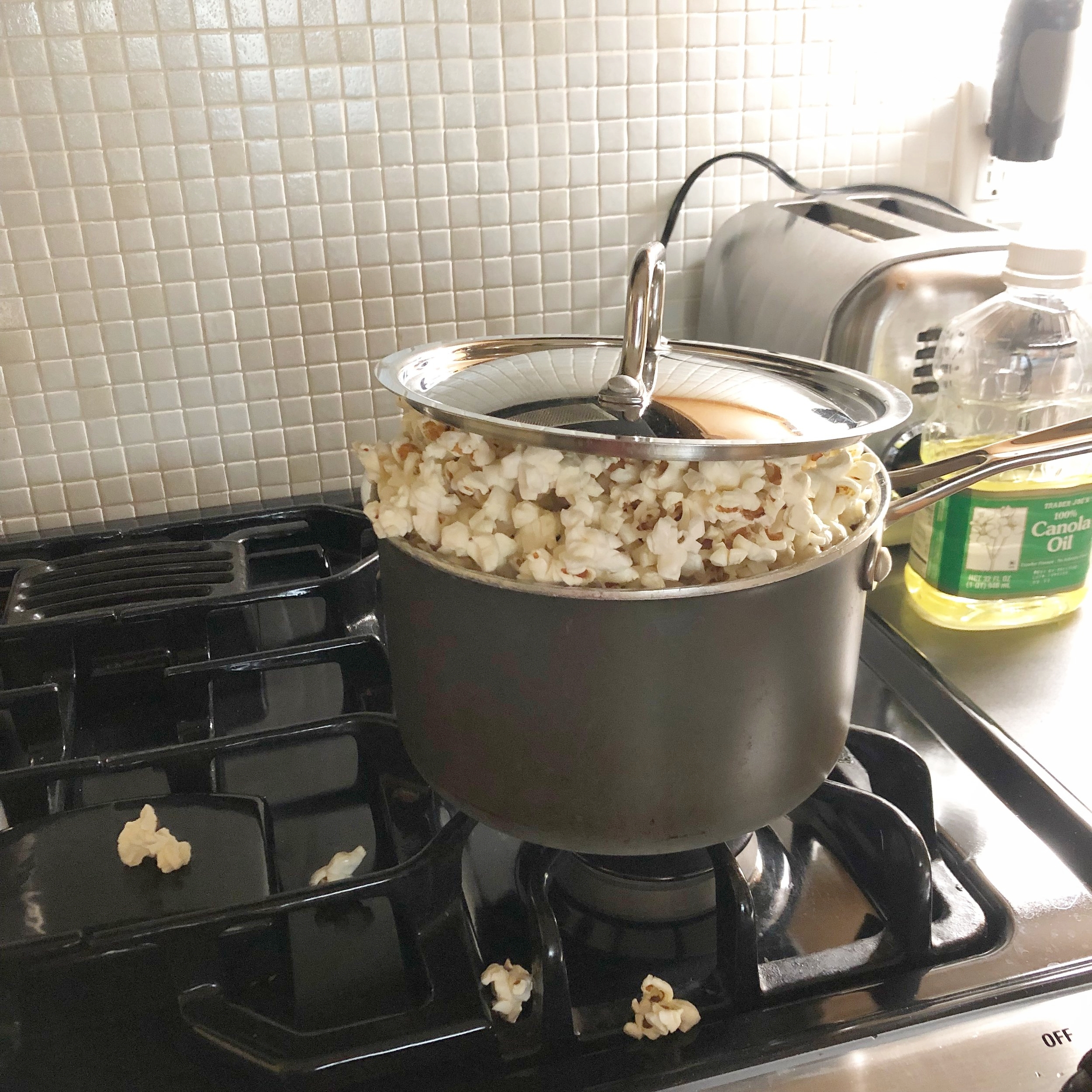
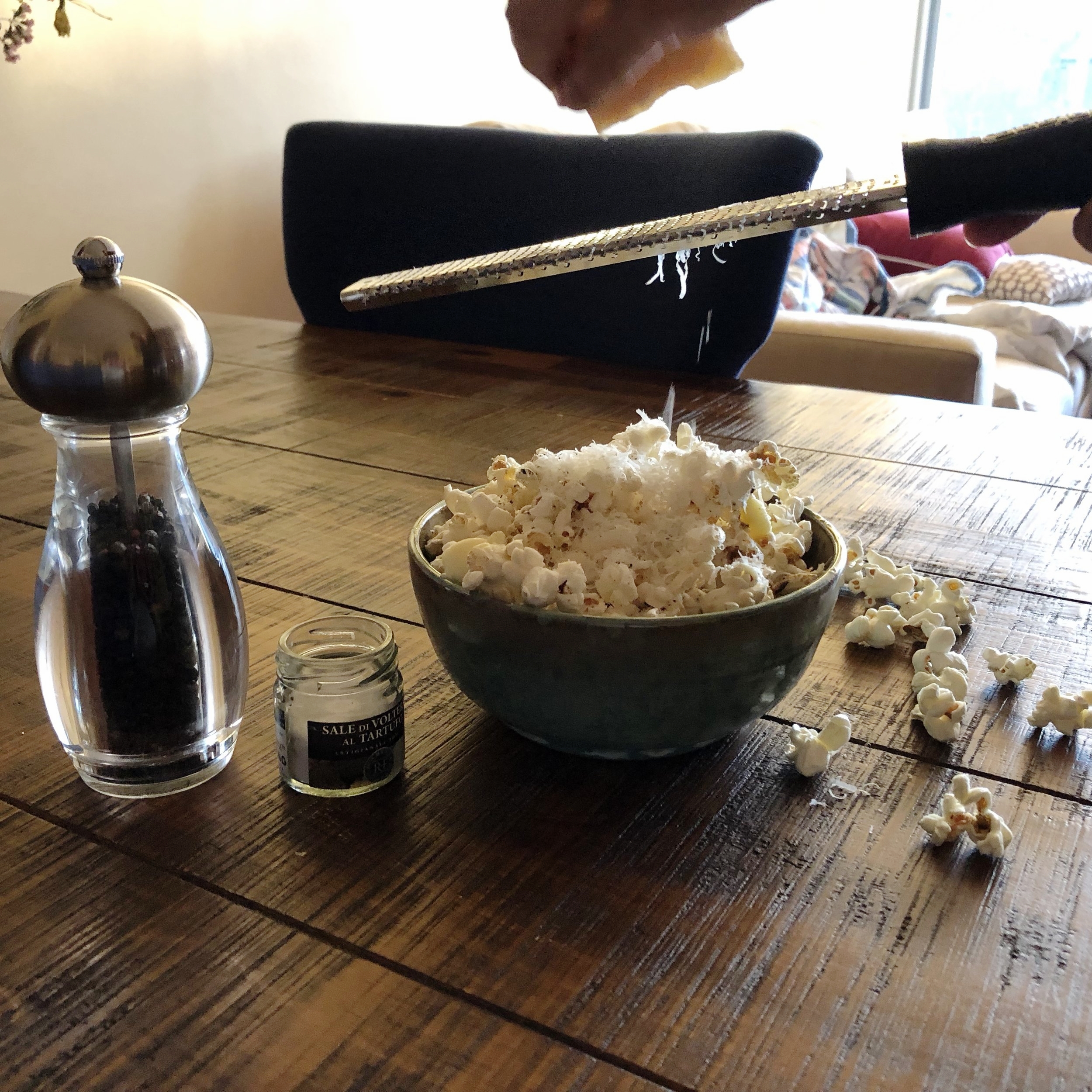


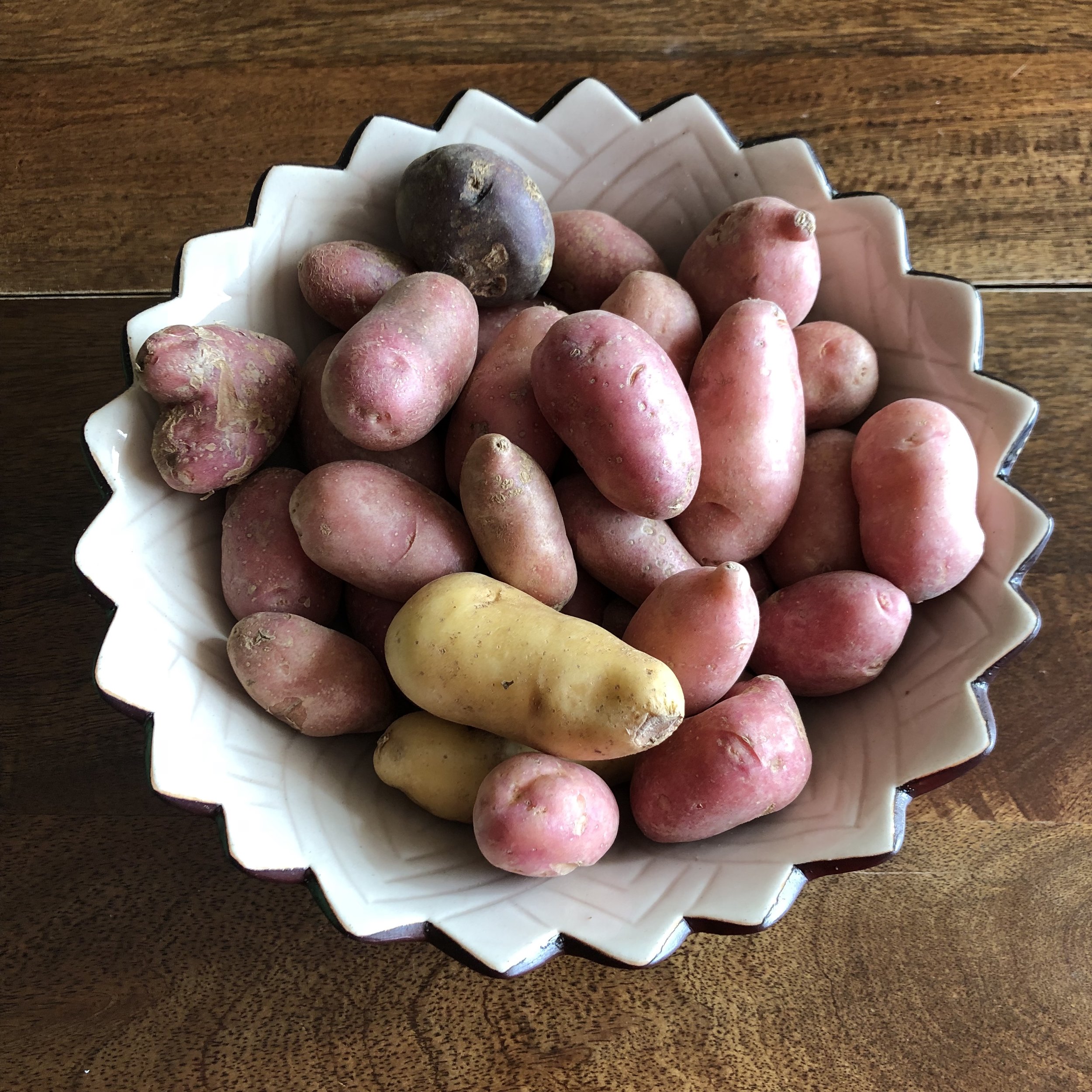



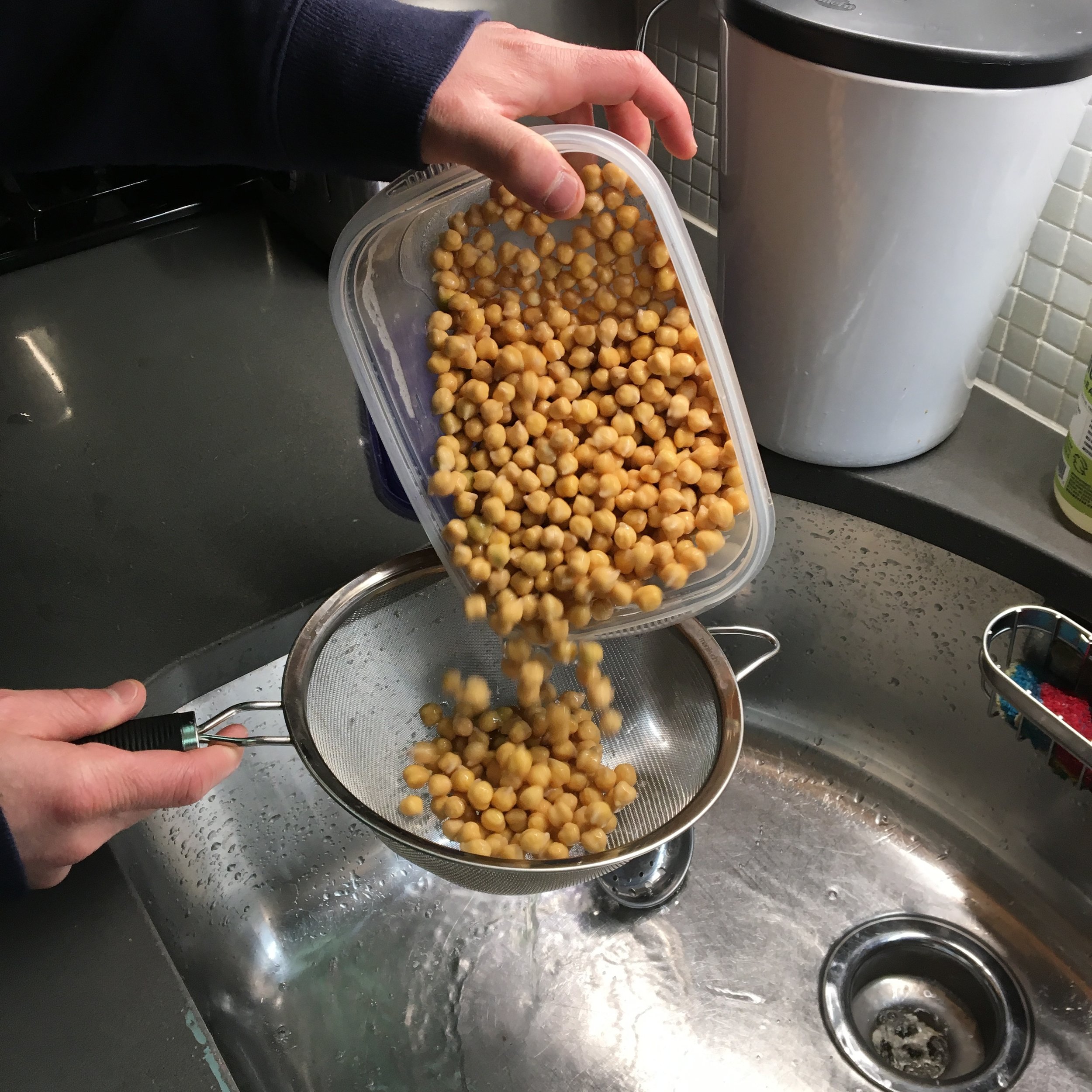


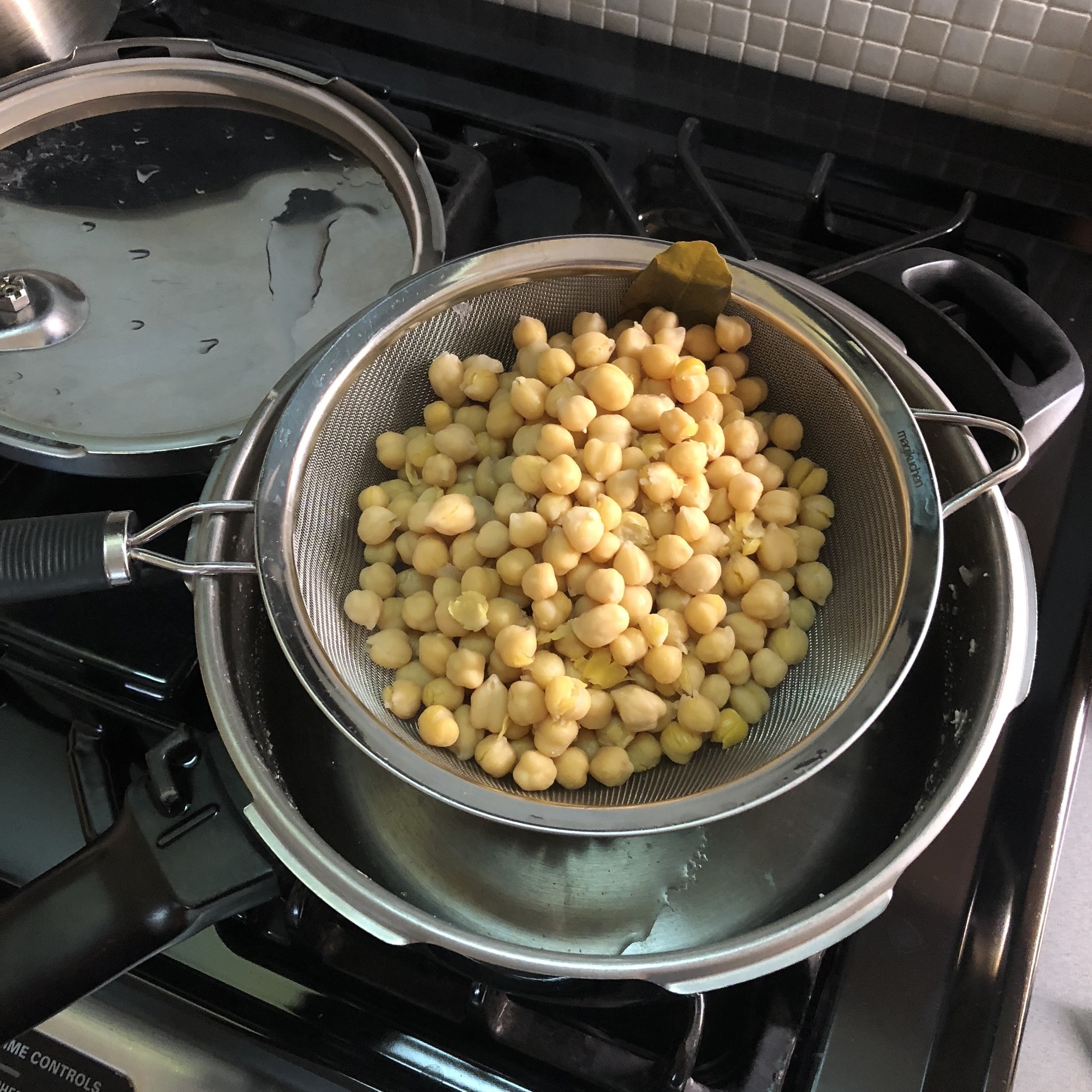


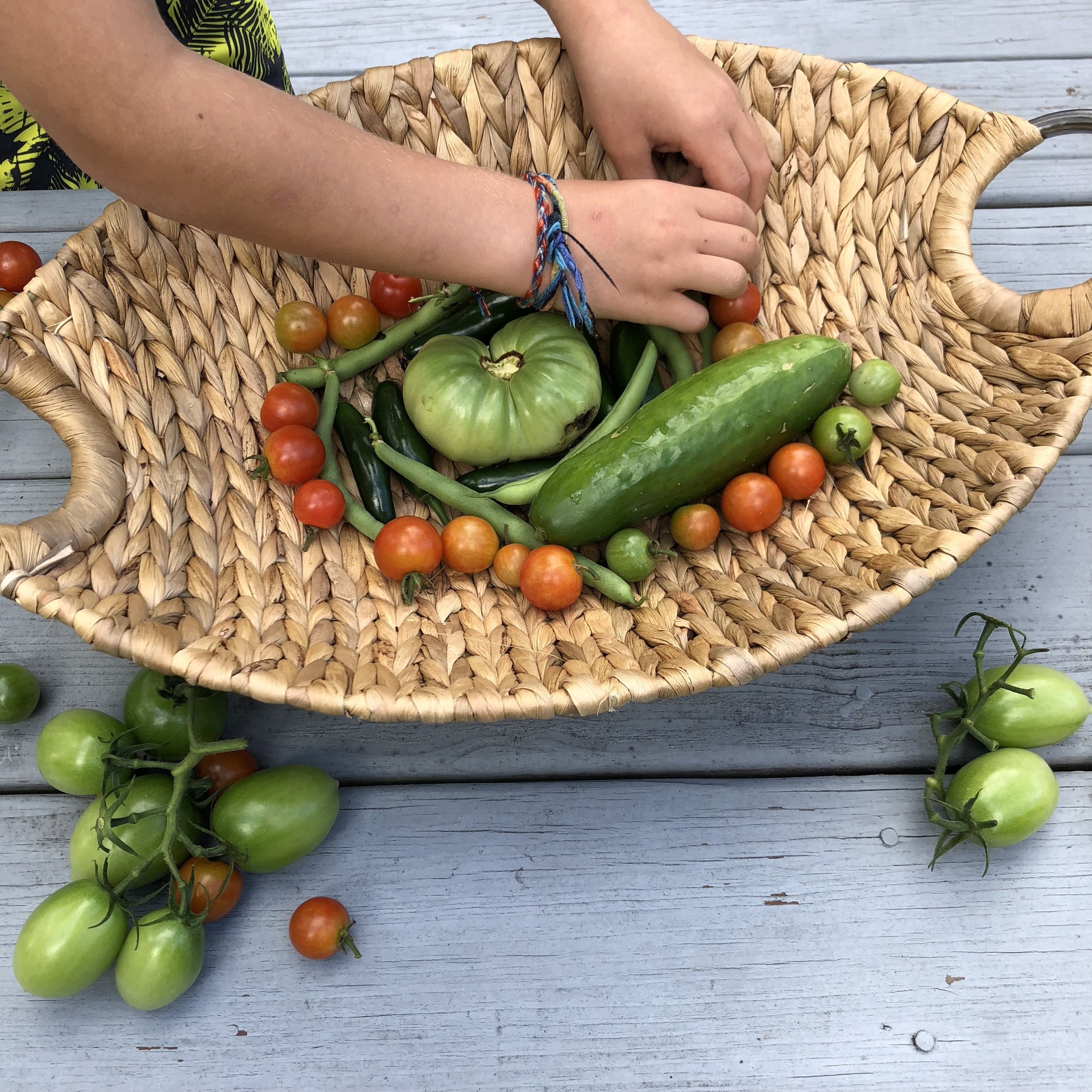
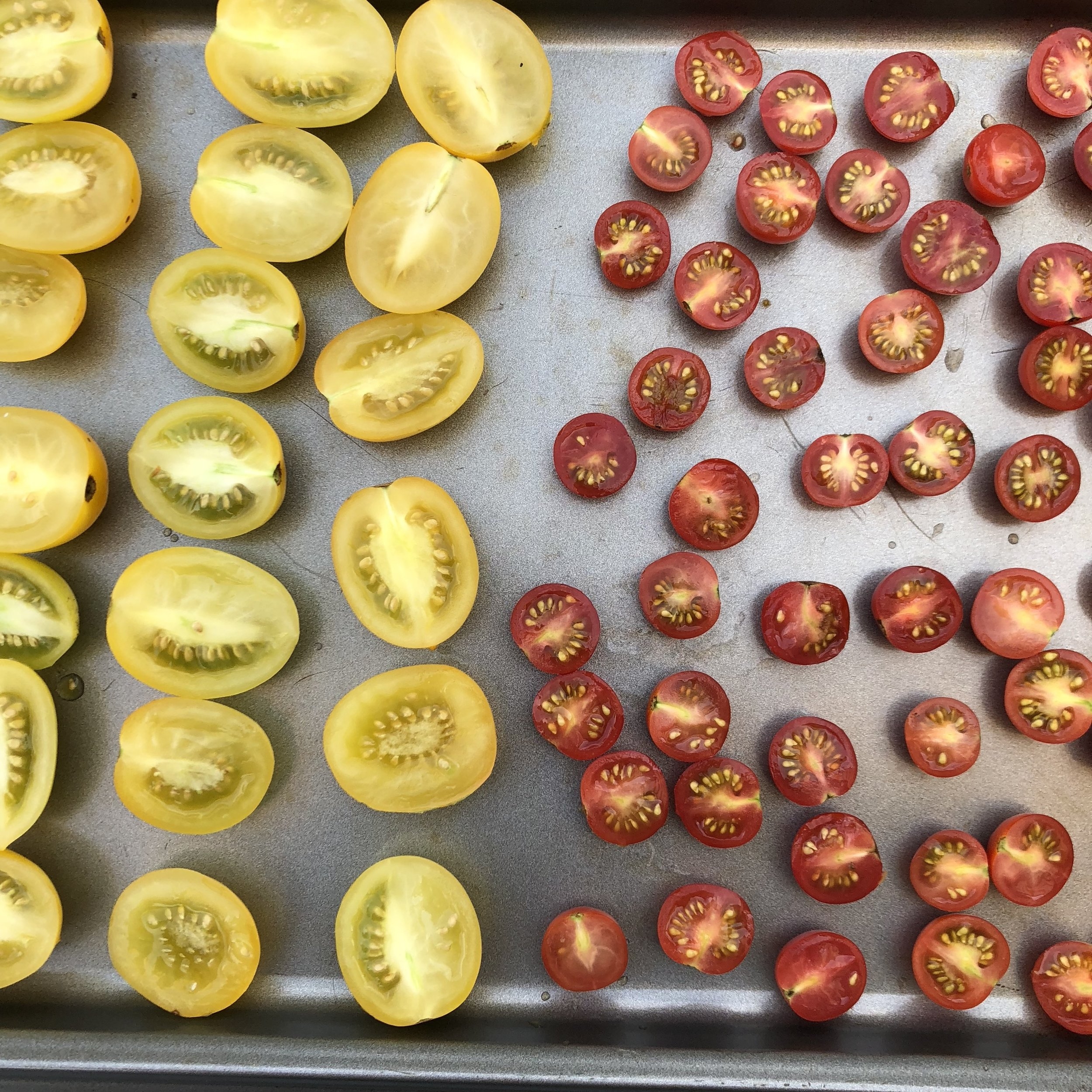
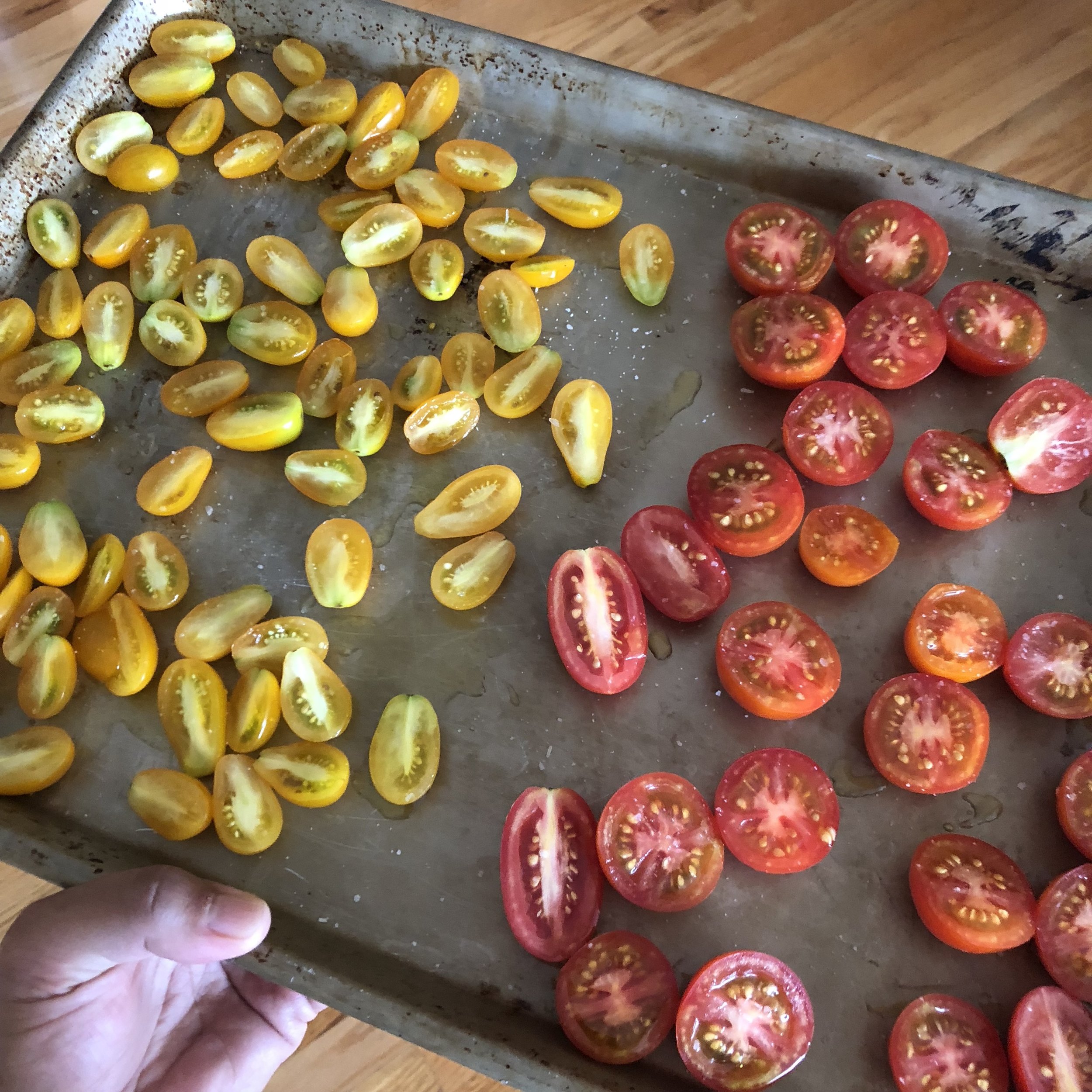
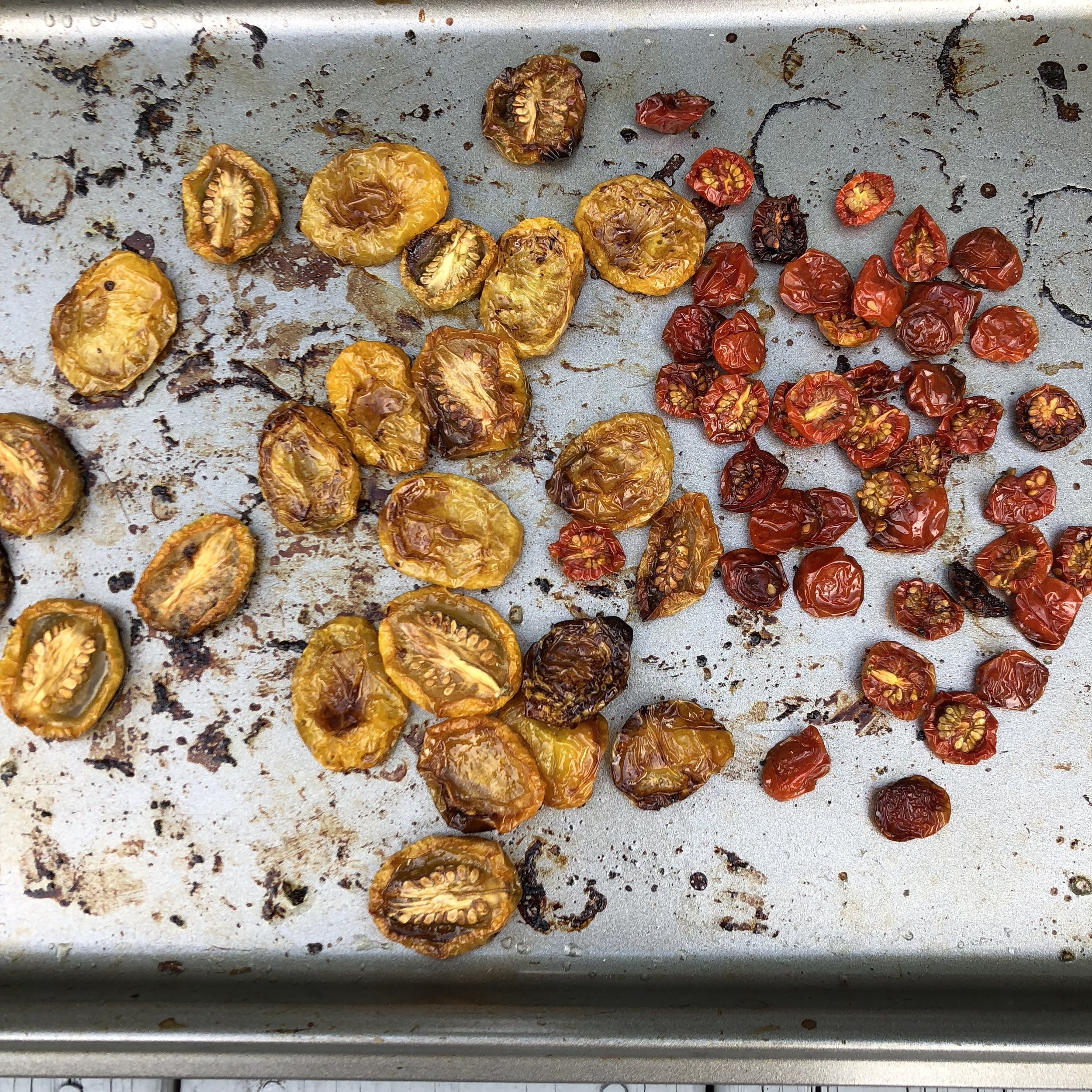













![Blend about 1/3 of the fresh corn kernels with stock (or water) before adding to chowder to create a sweet and creamy base. (see step 5)[yup, my dad's jar of corks in the background]](https://images.squarespace-cdn.com/content/v1/596a6bb986e6c0107436ffae/1534727293924-VIY7M9H2L1MKT1KIX56K/fullsizeoutput_40d0.jpeg)



